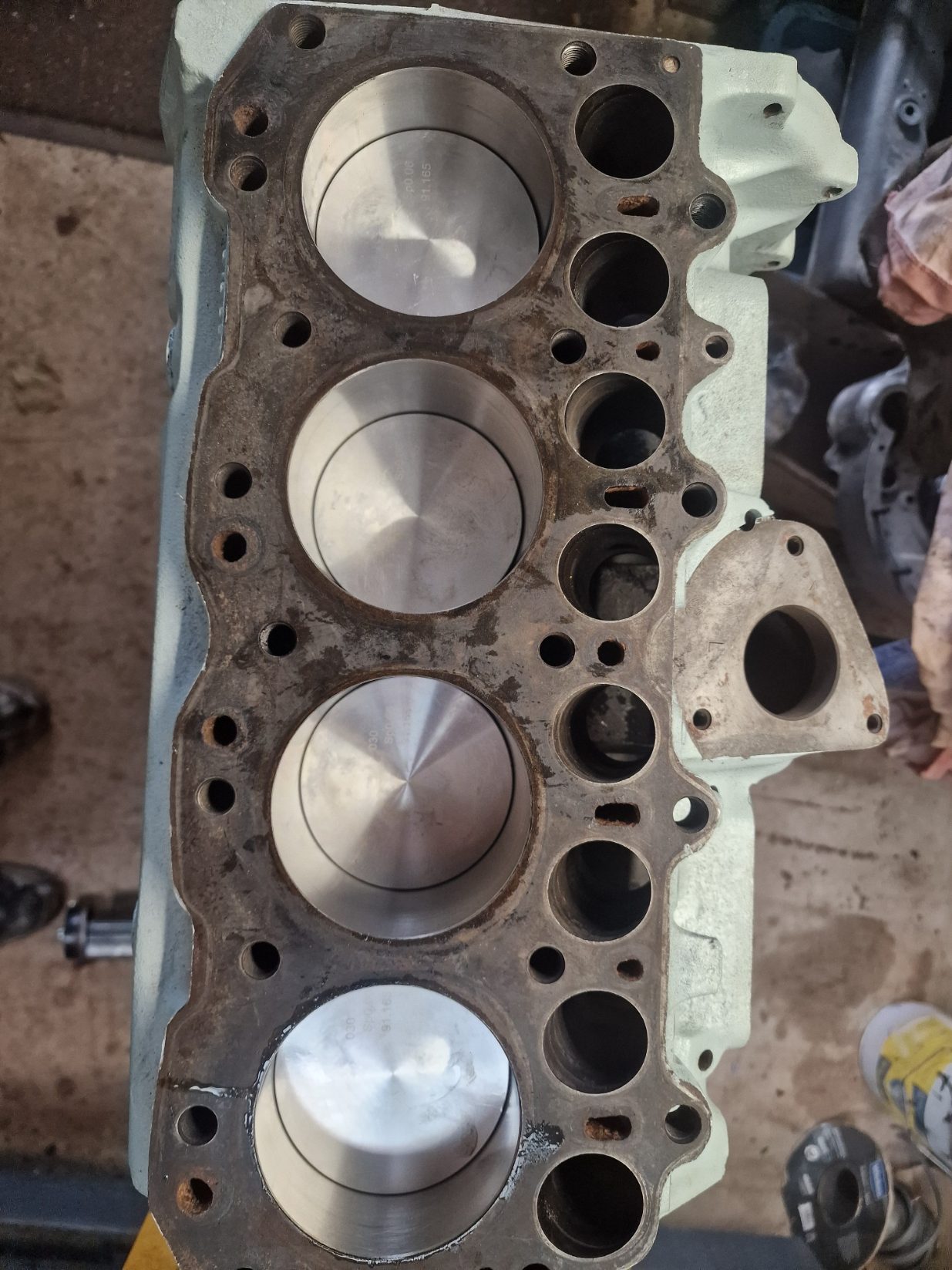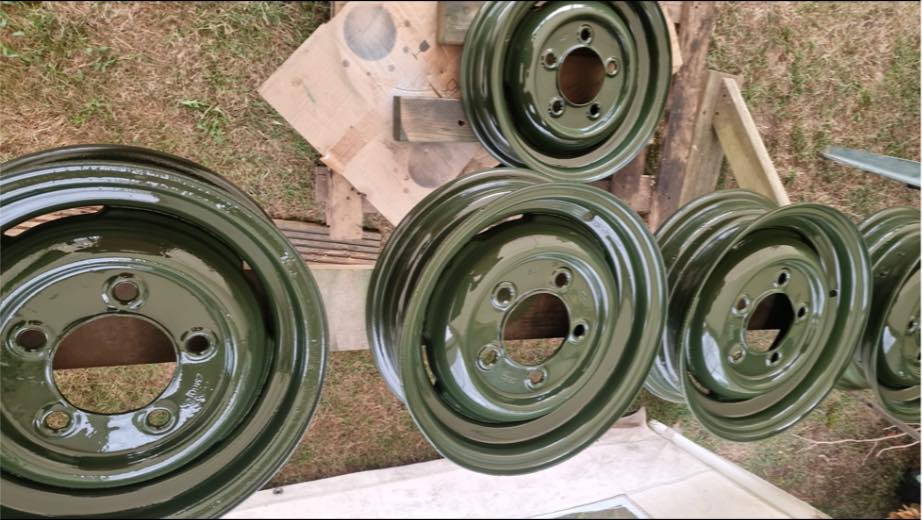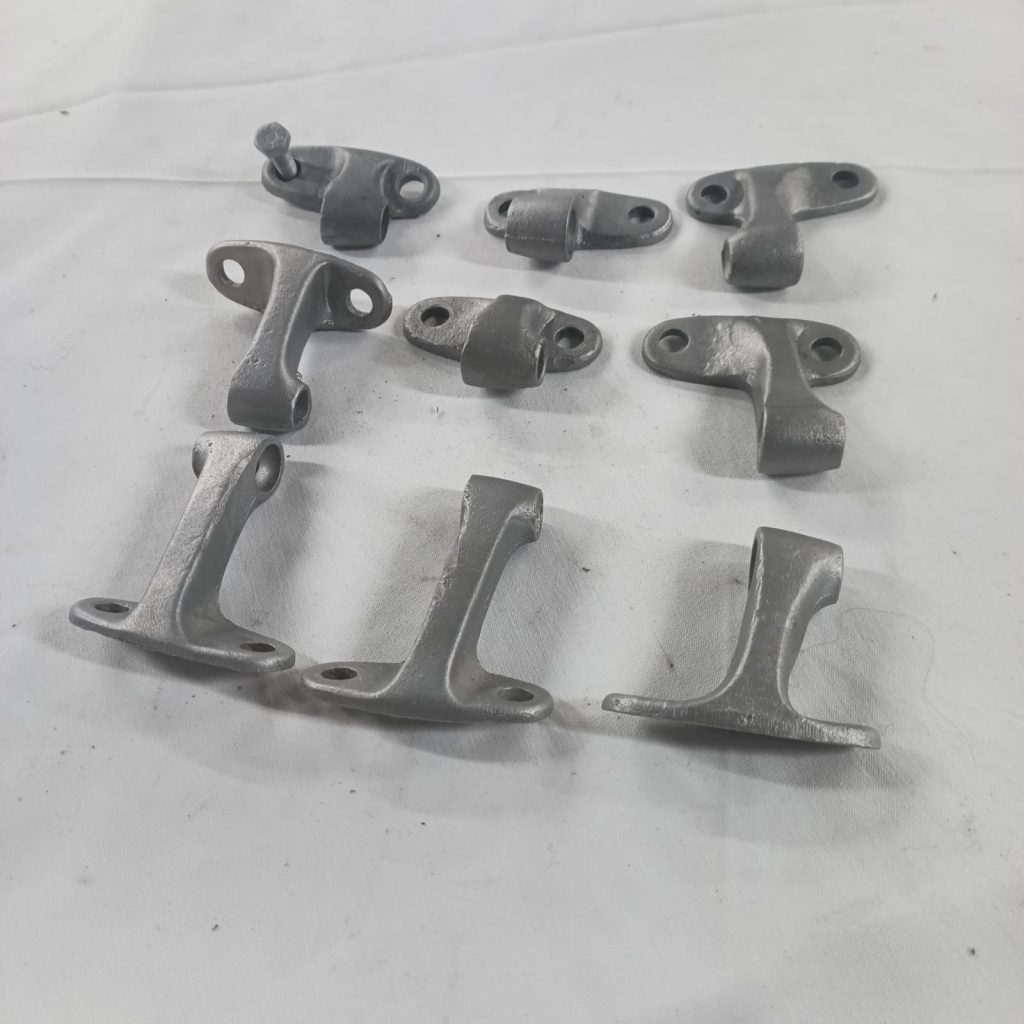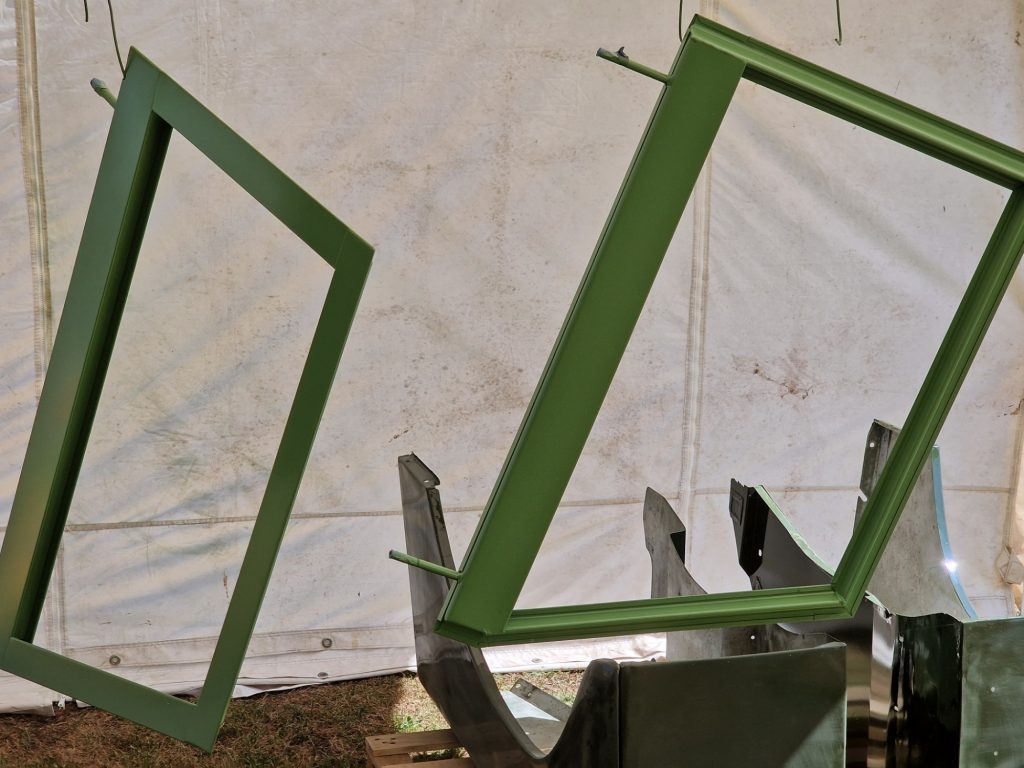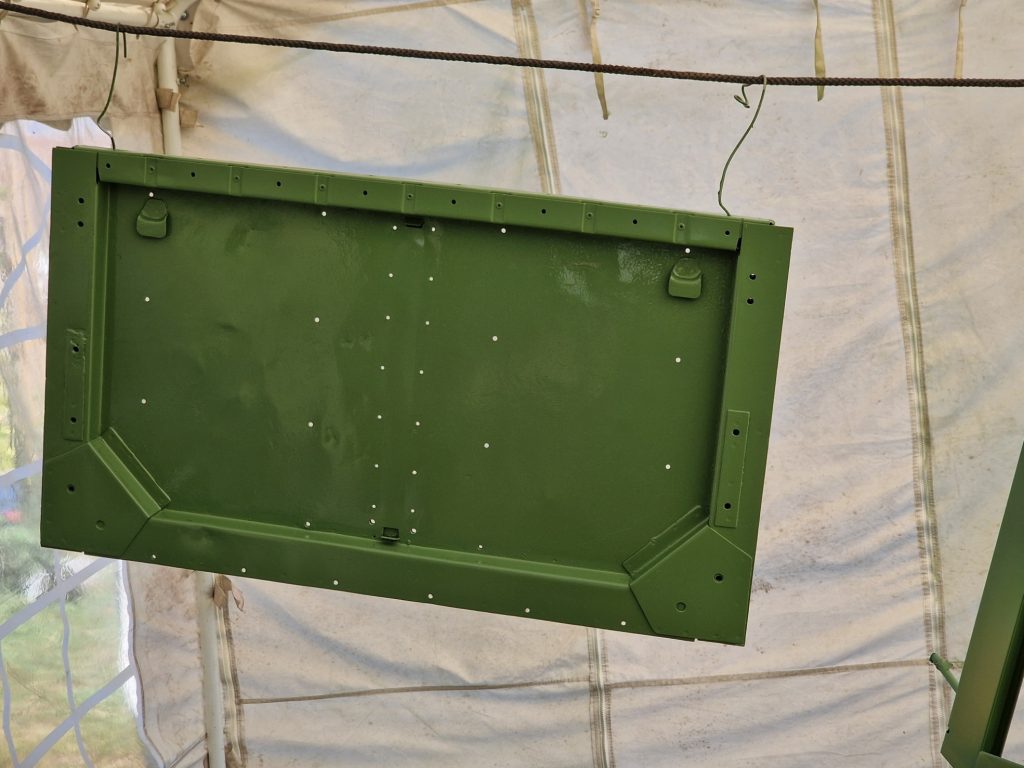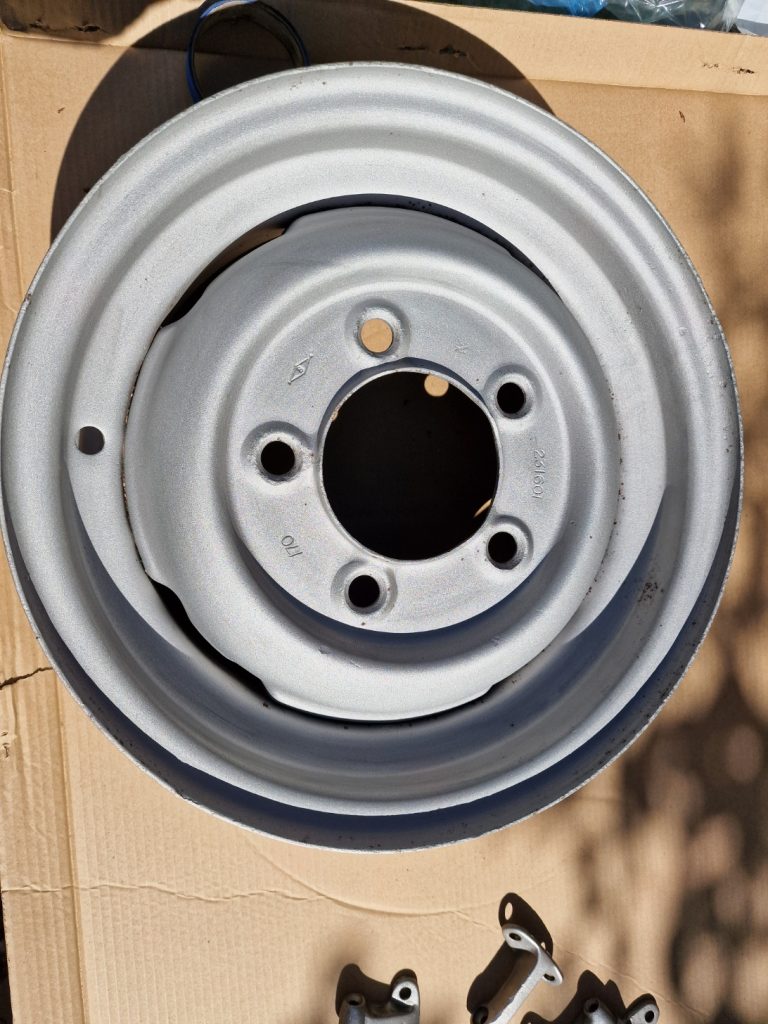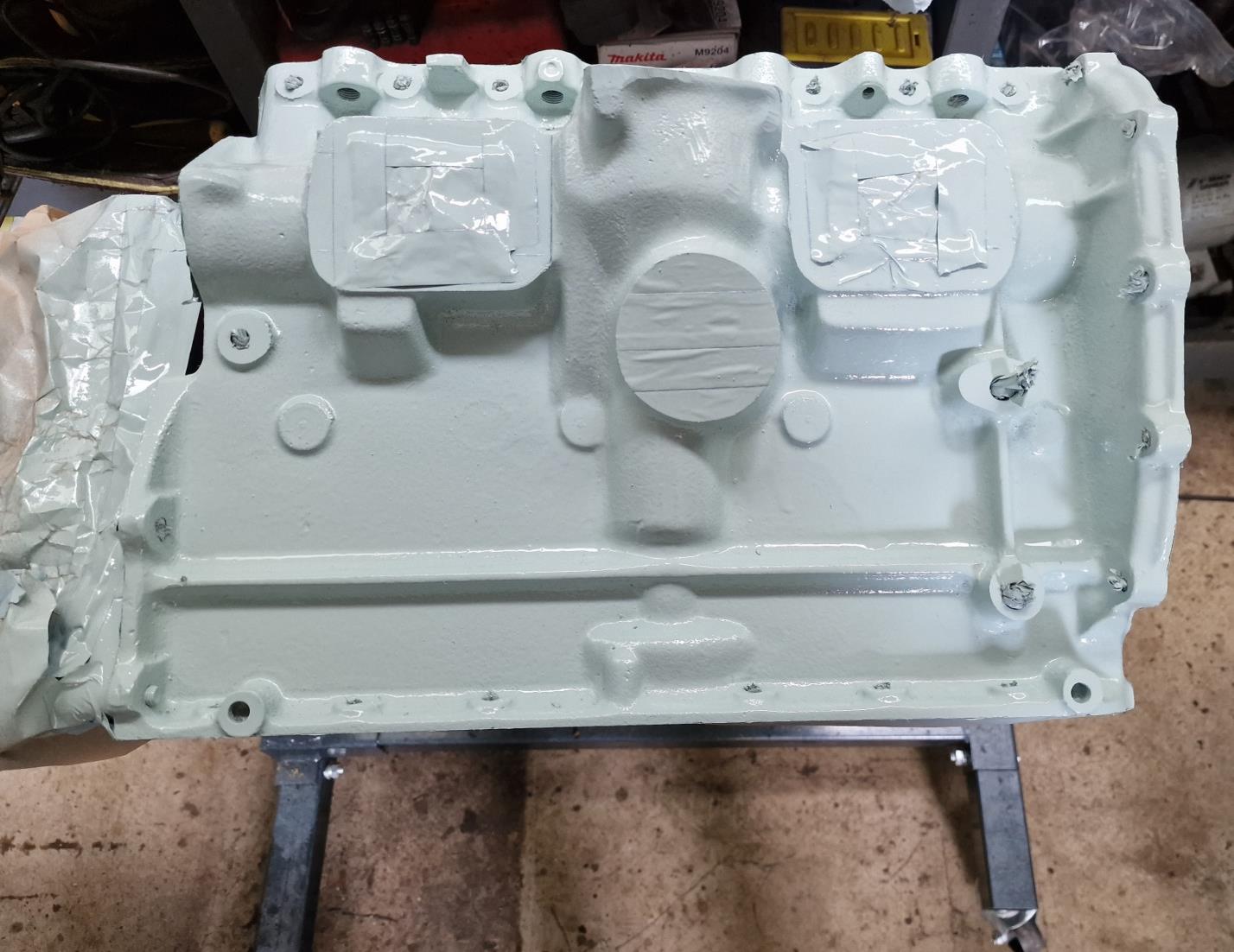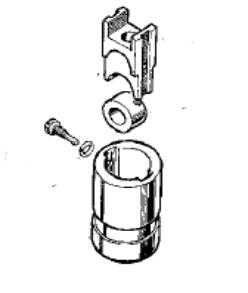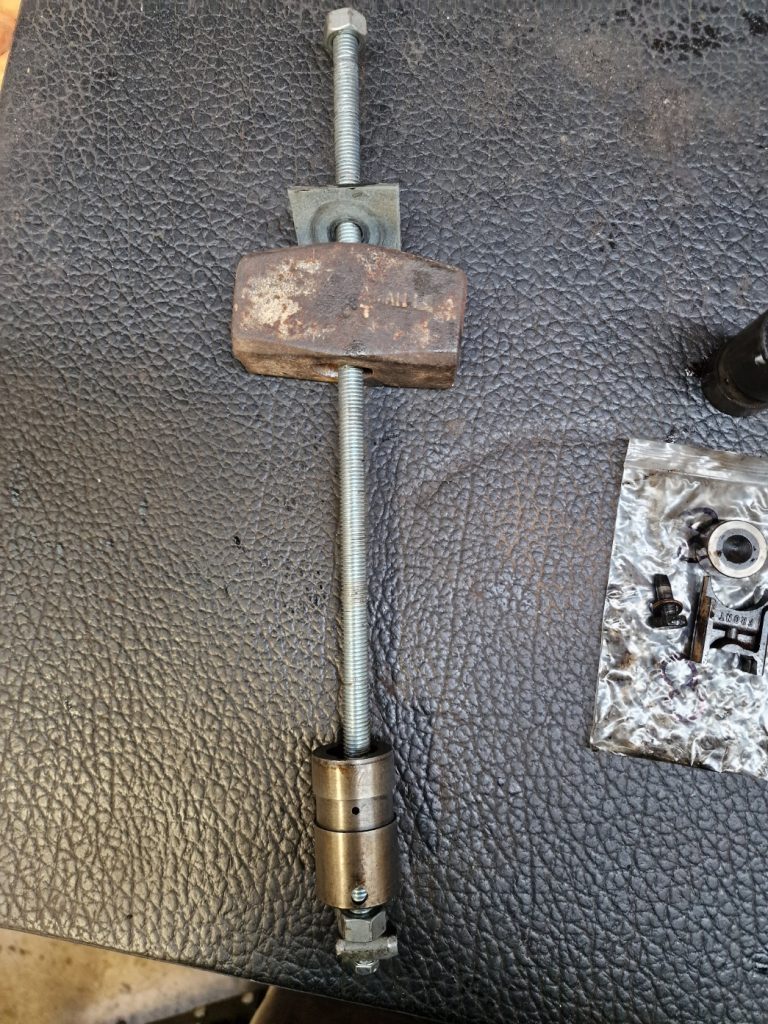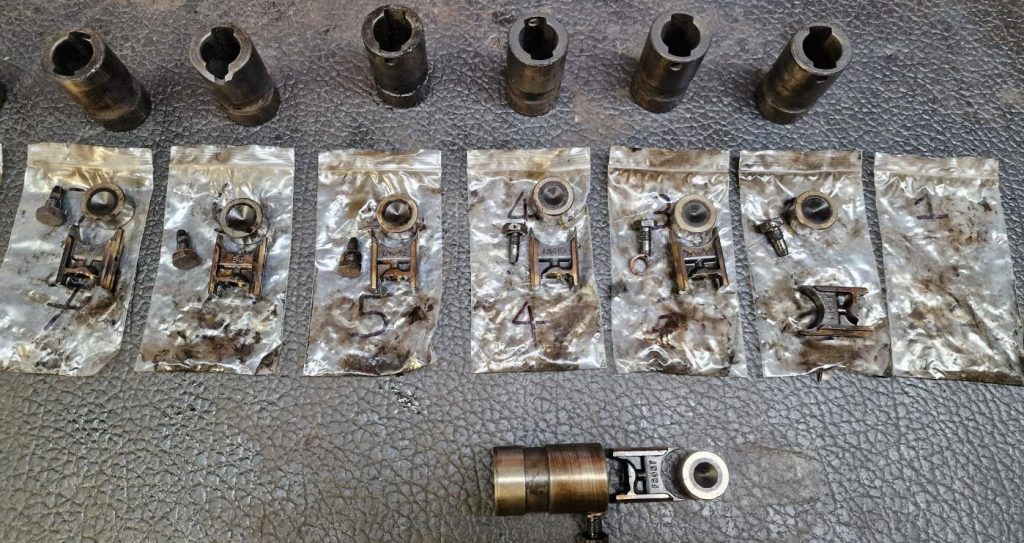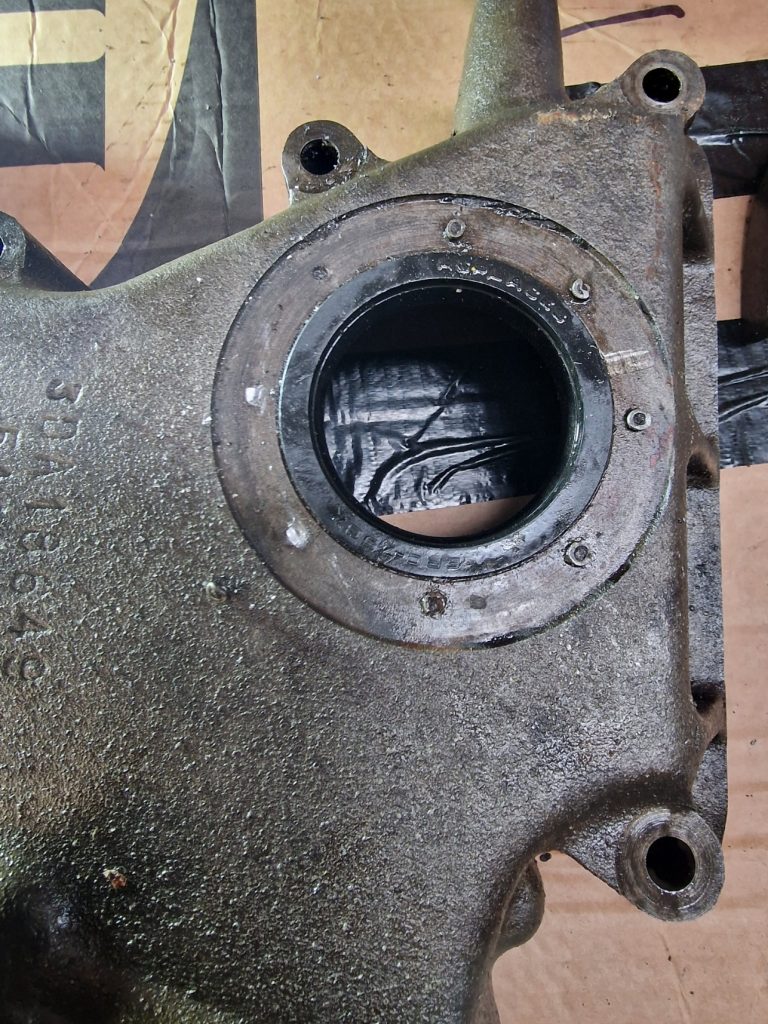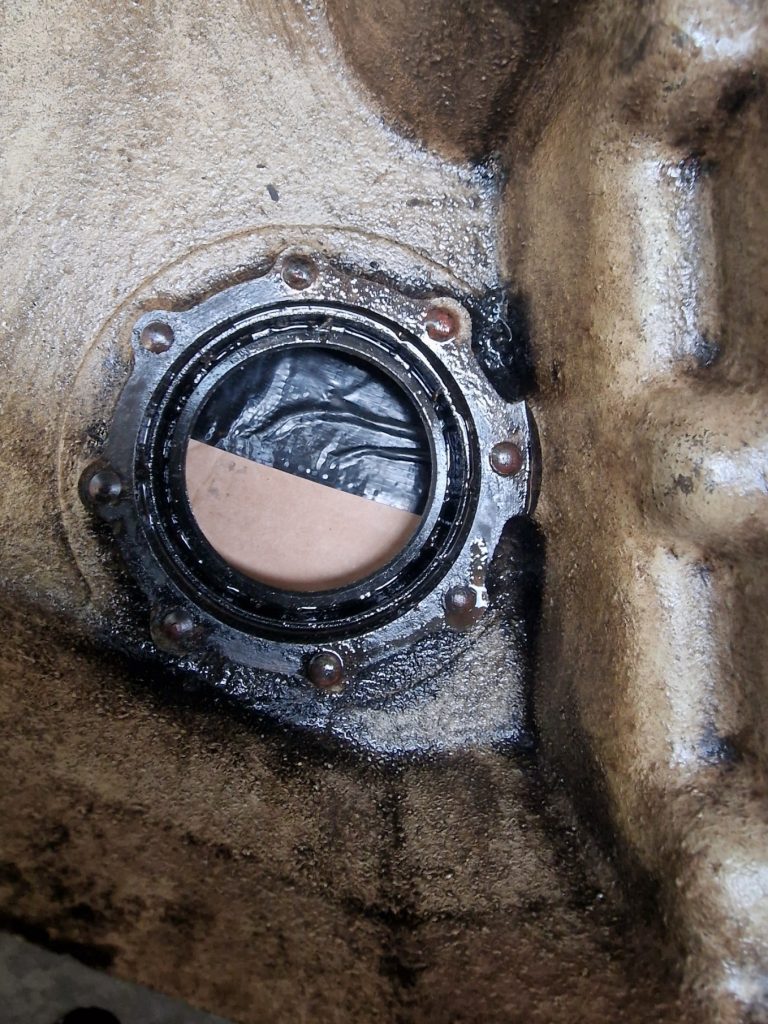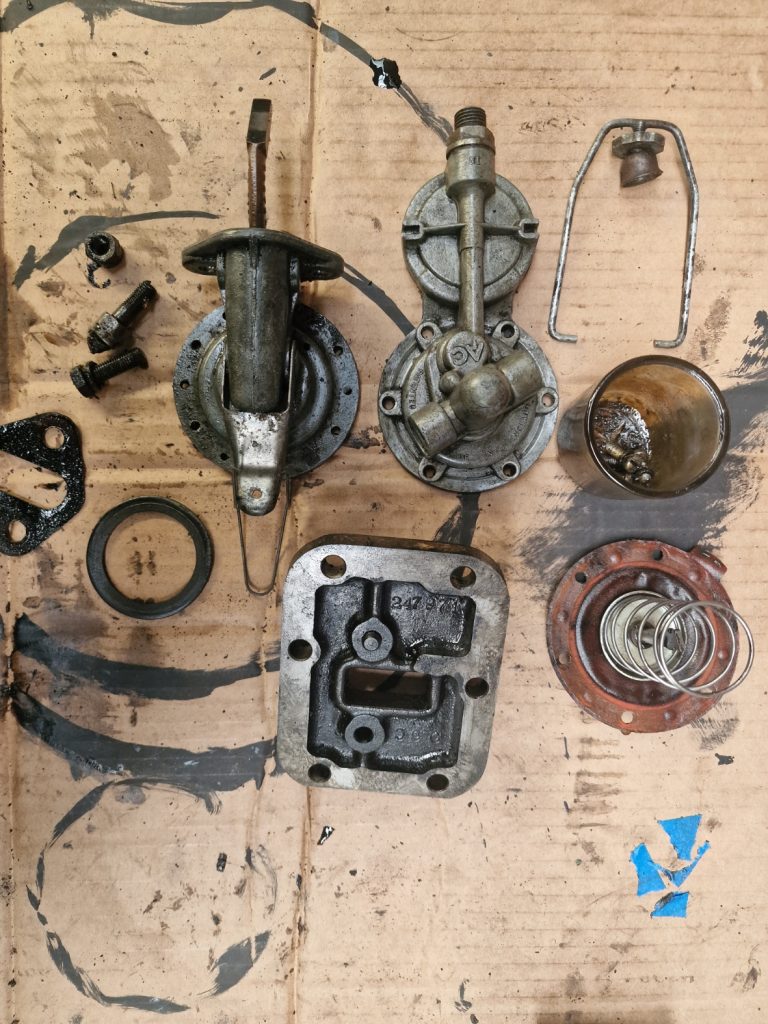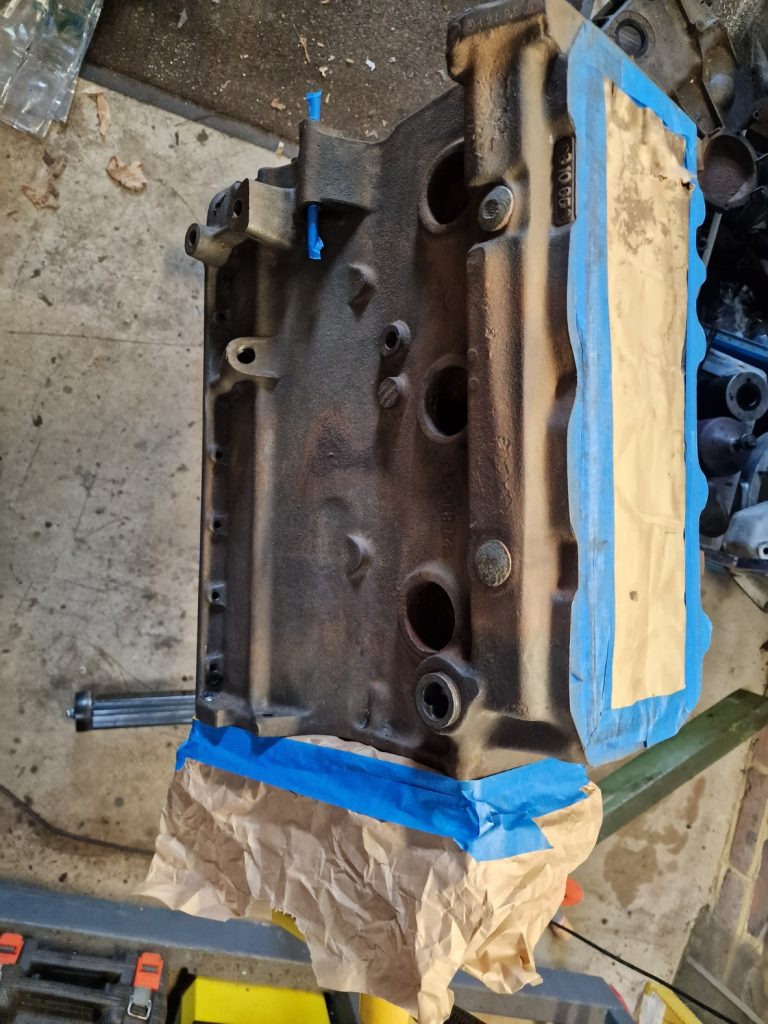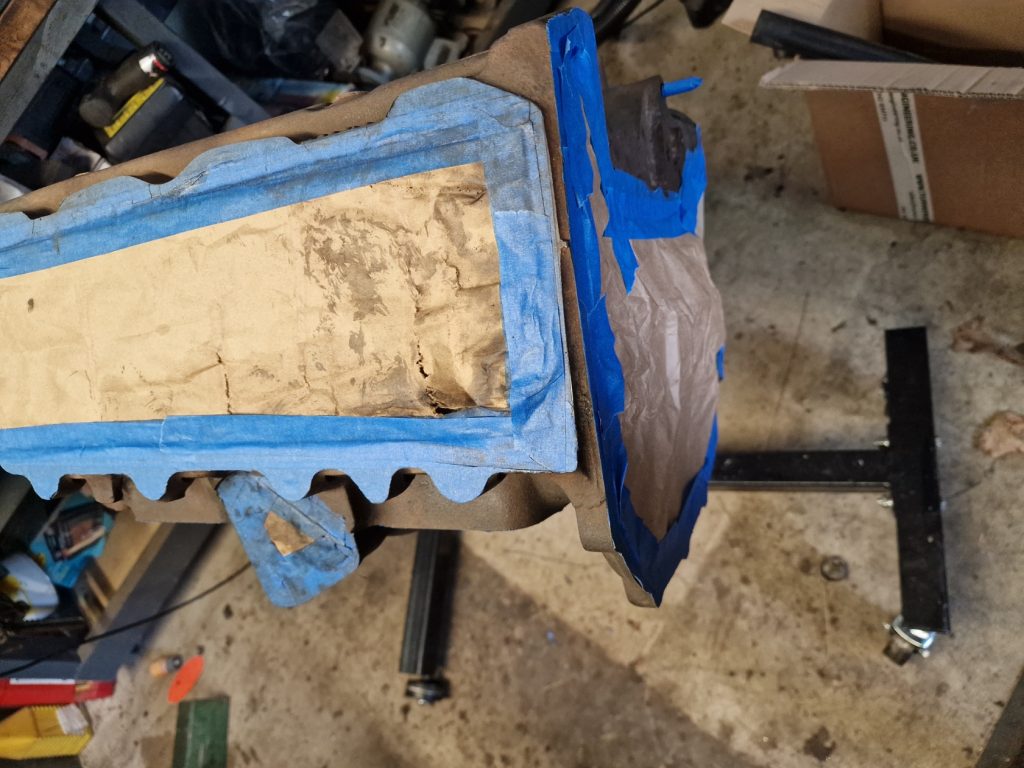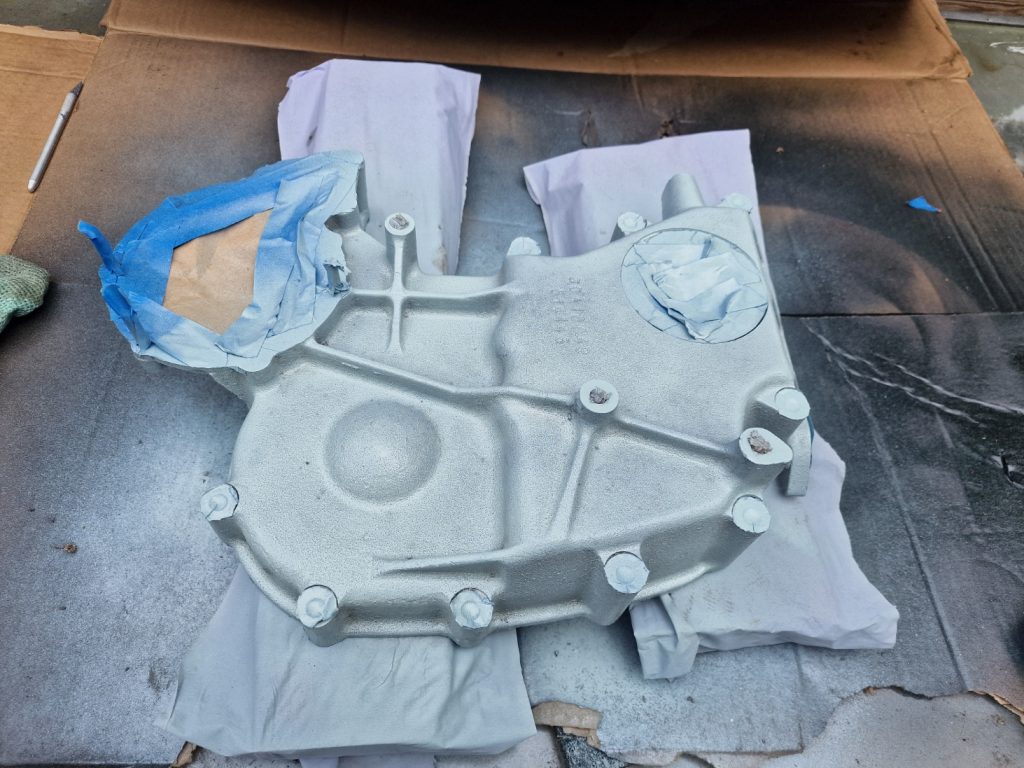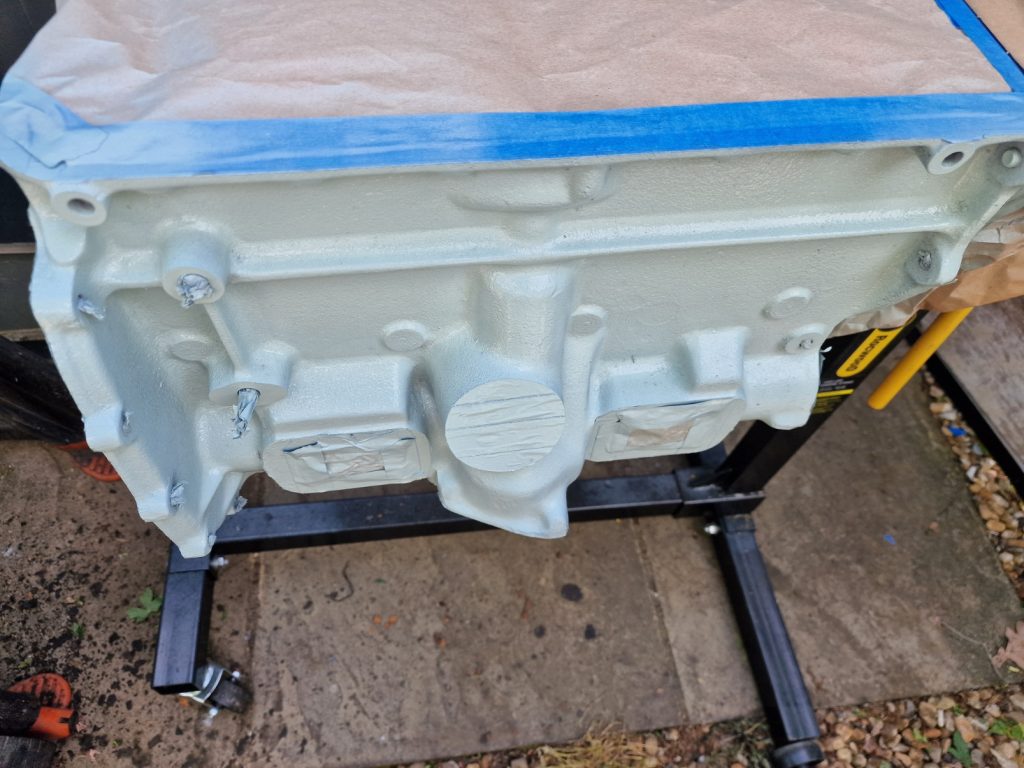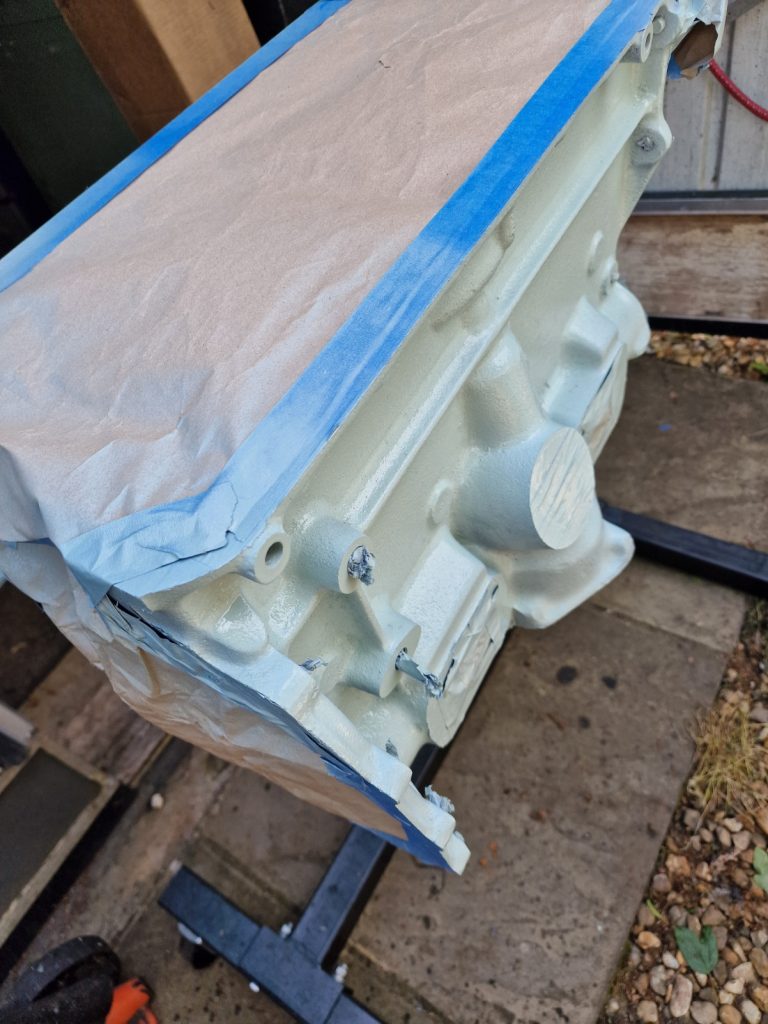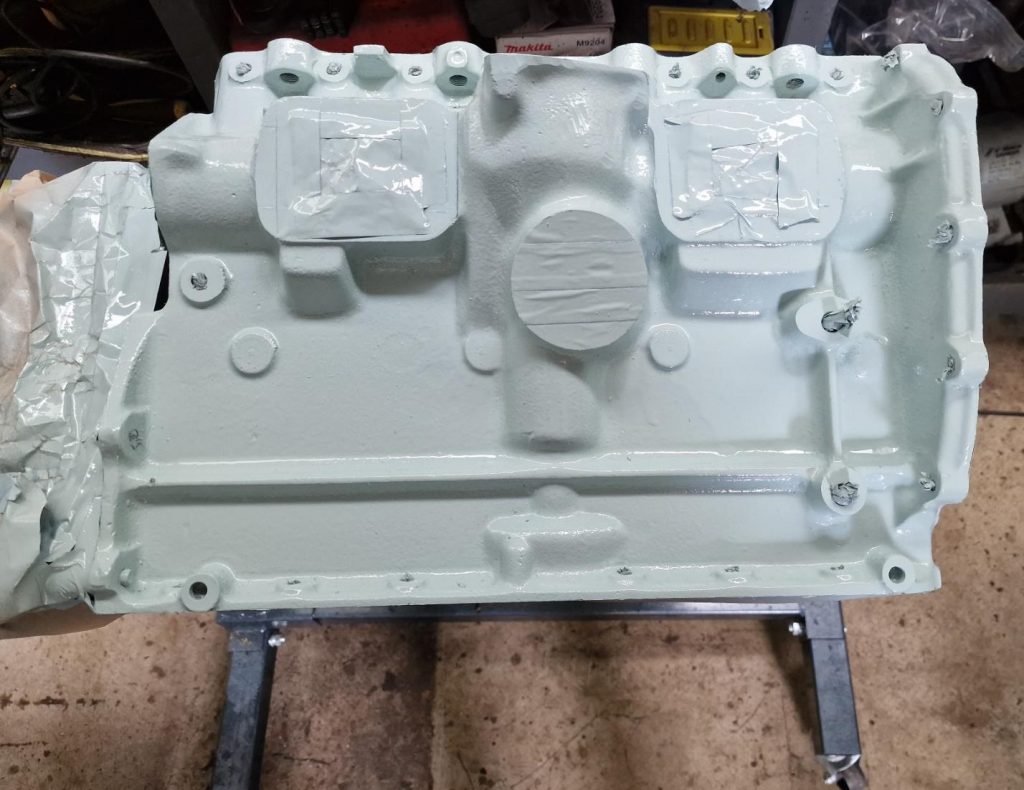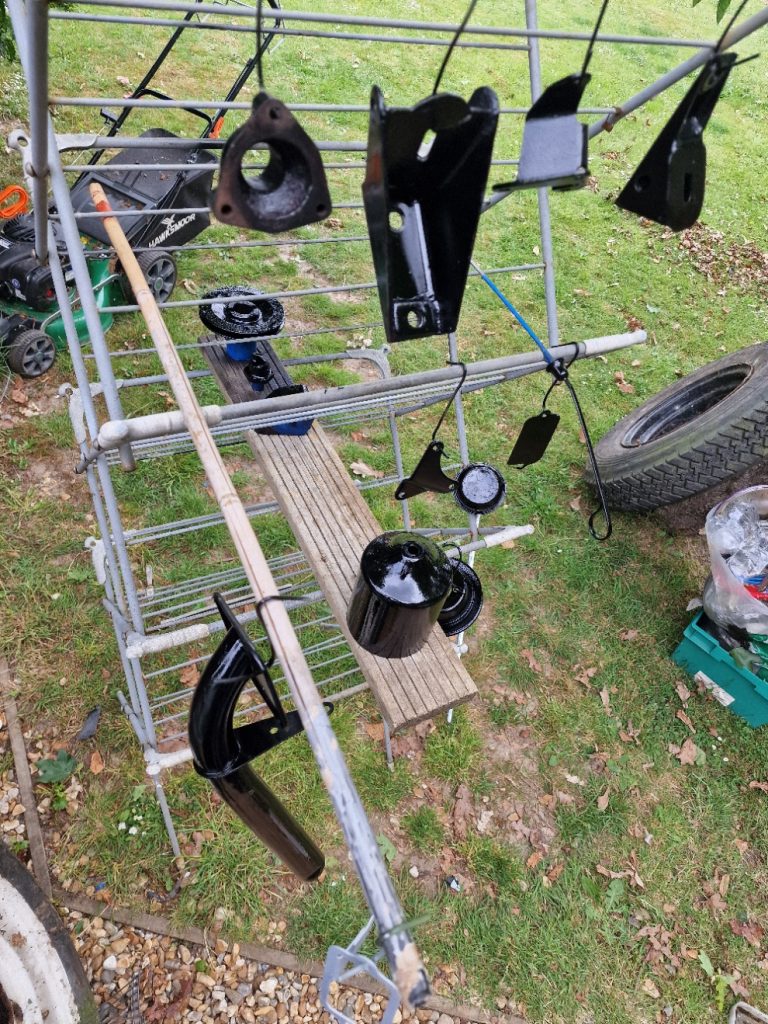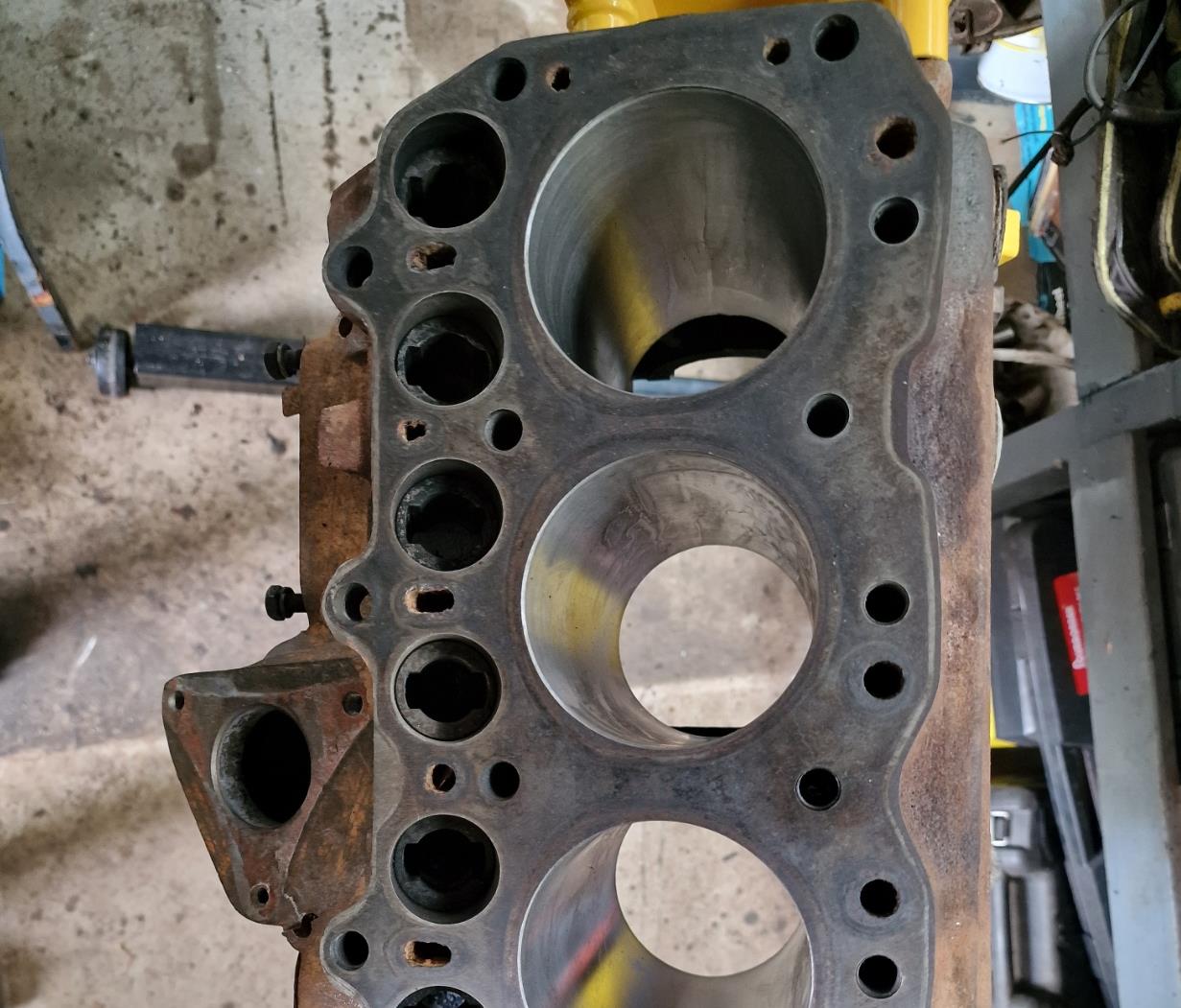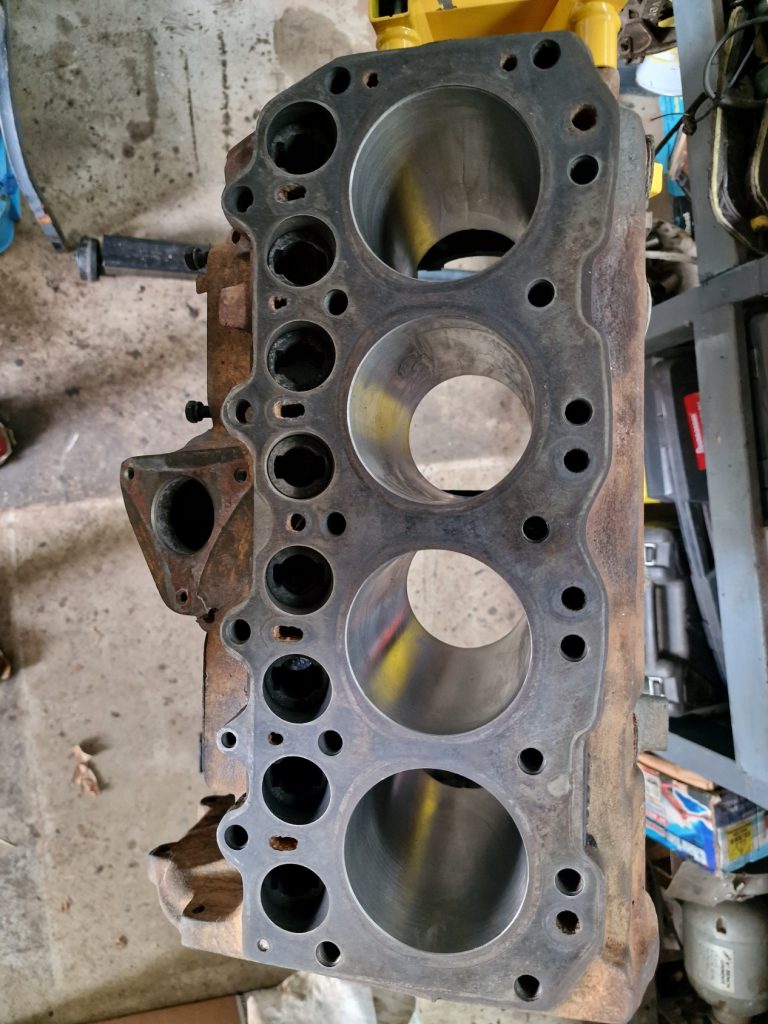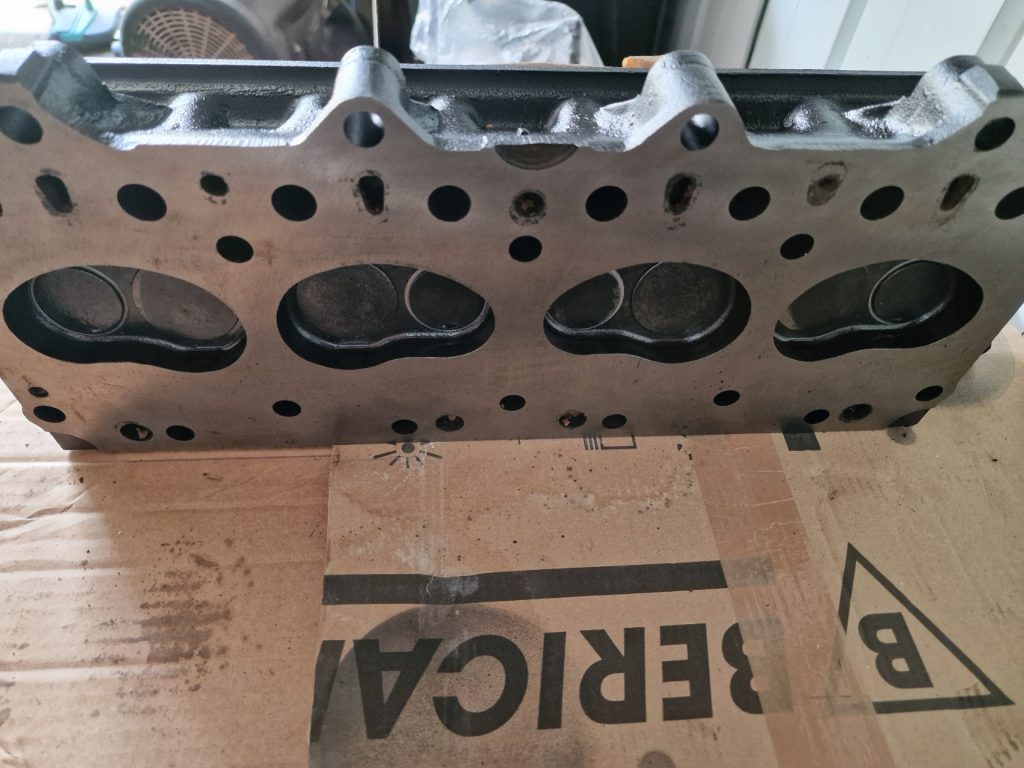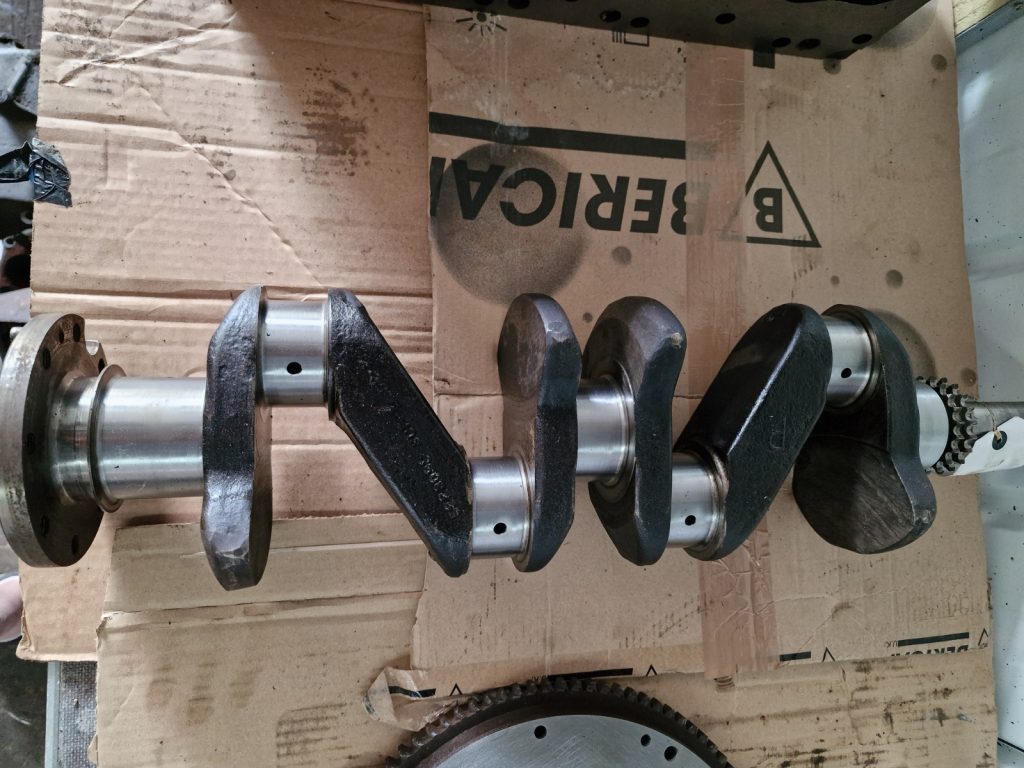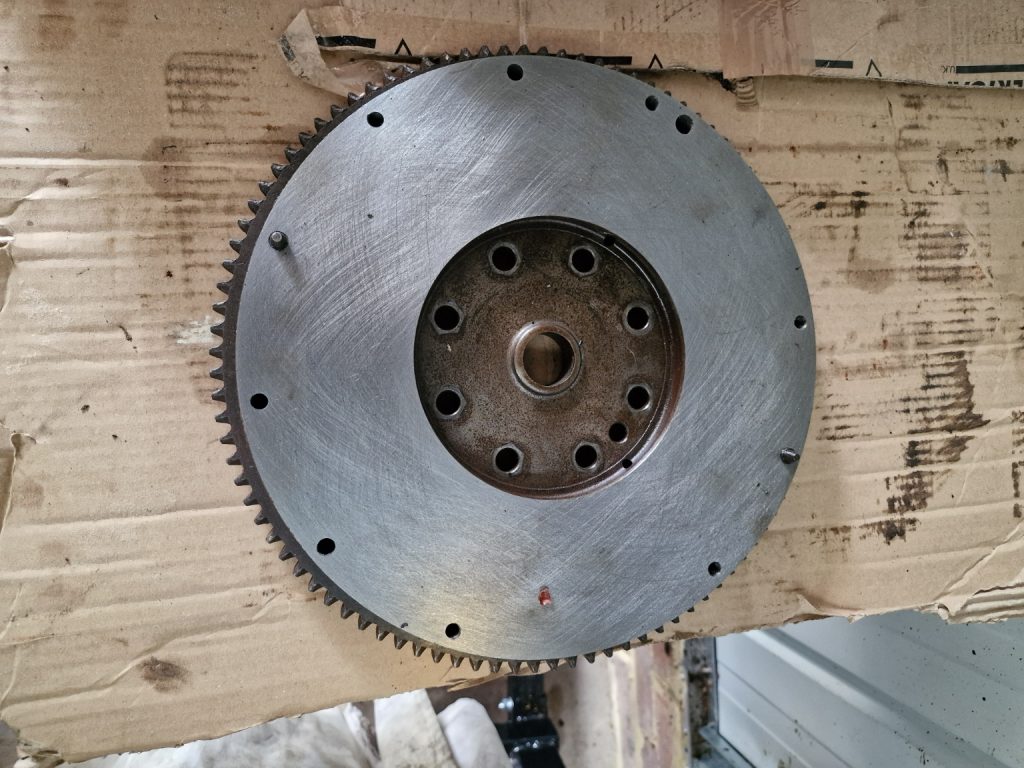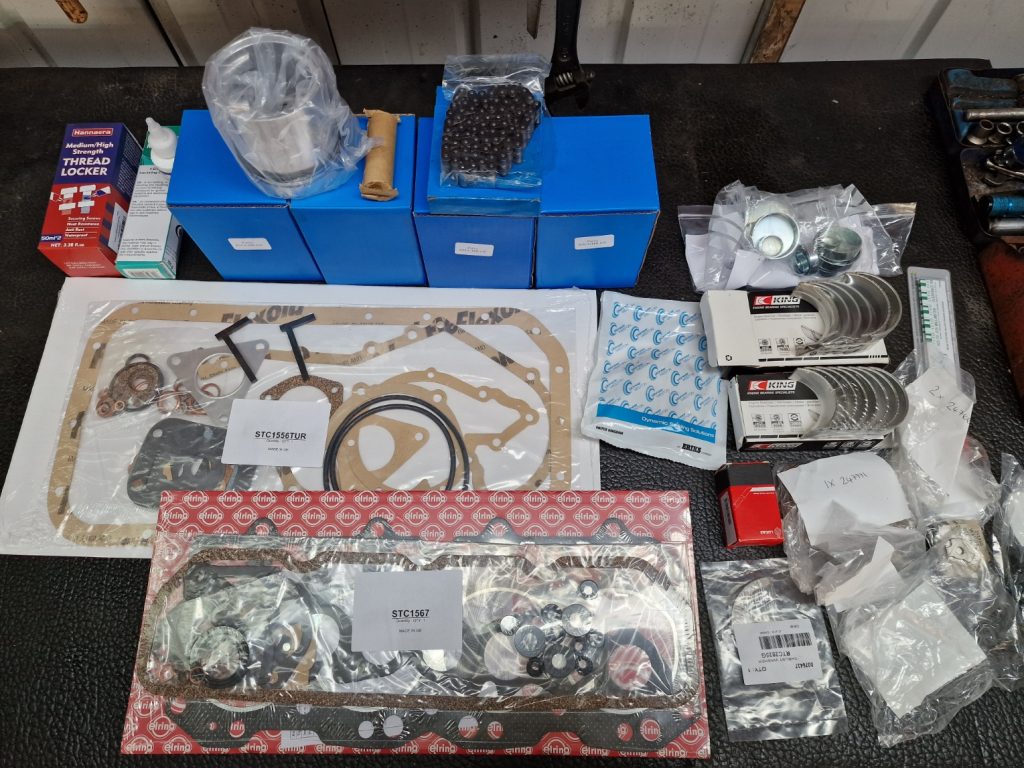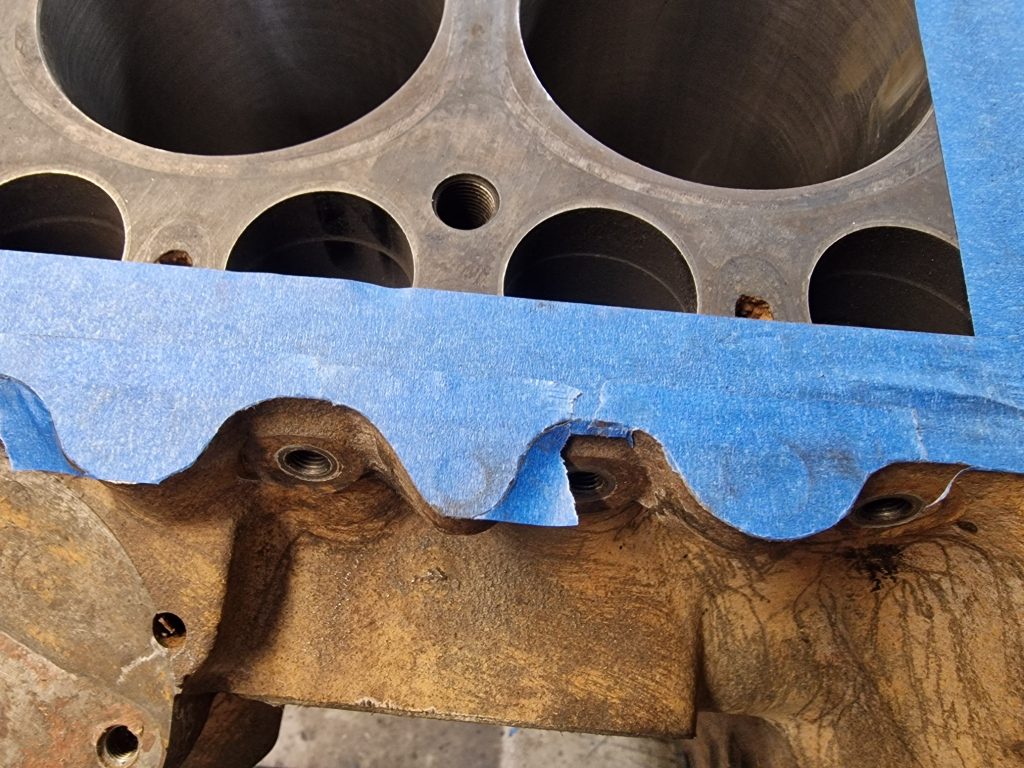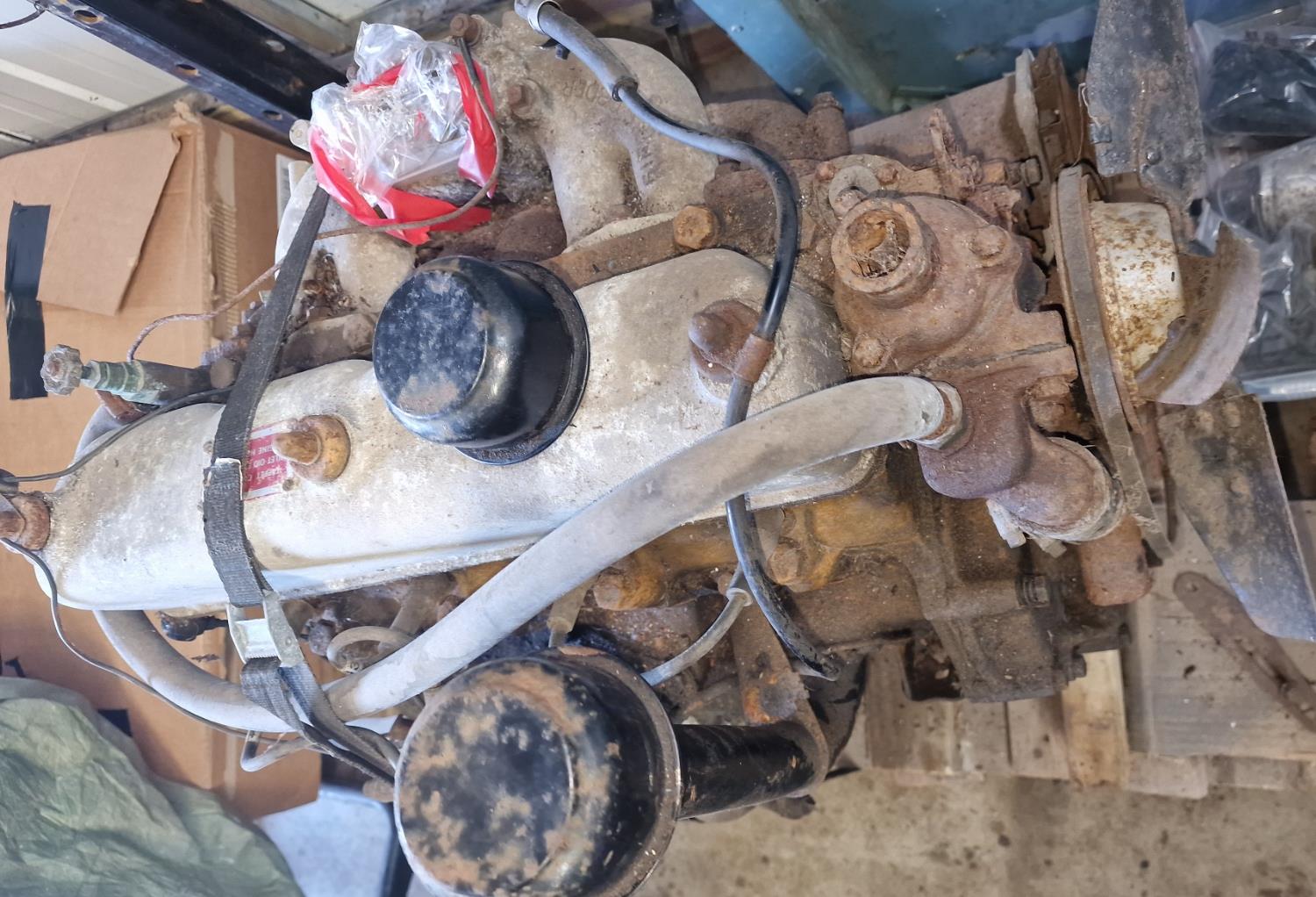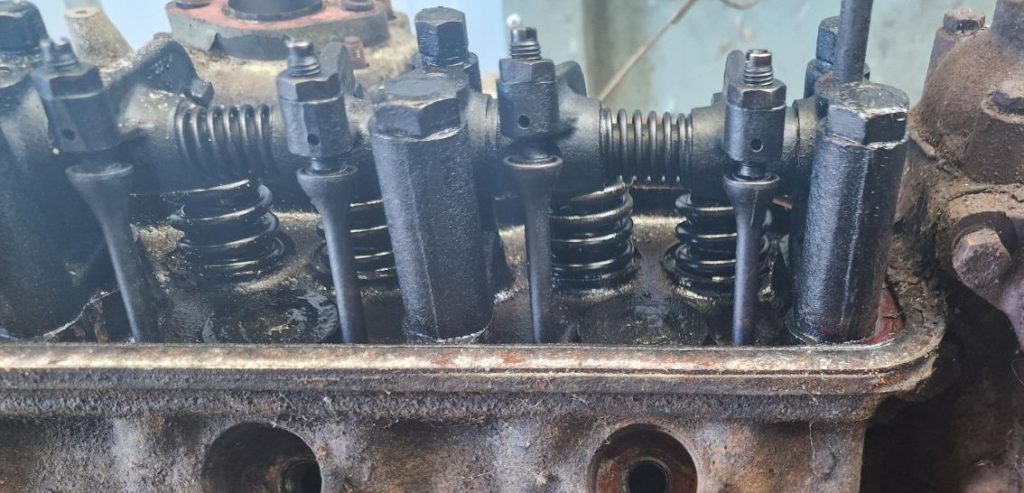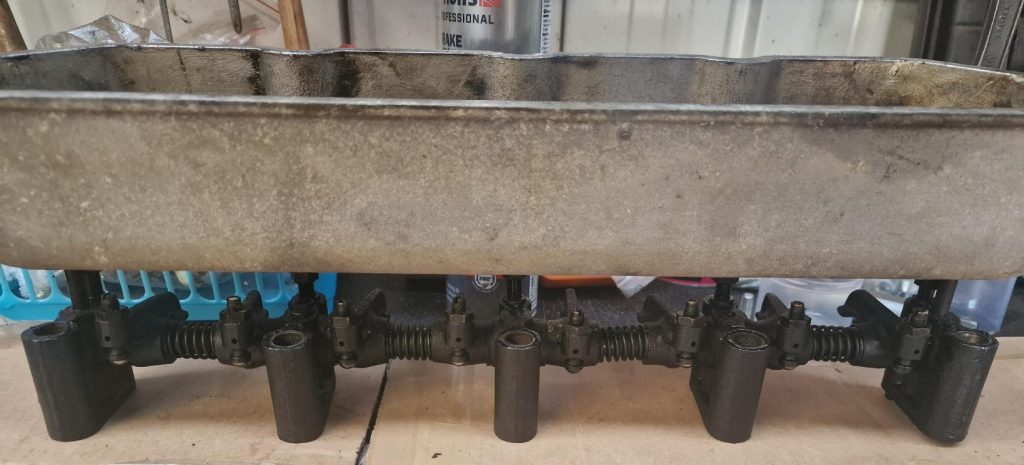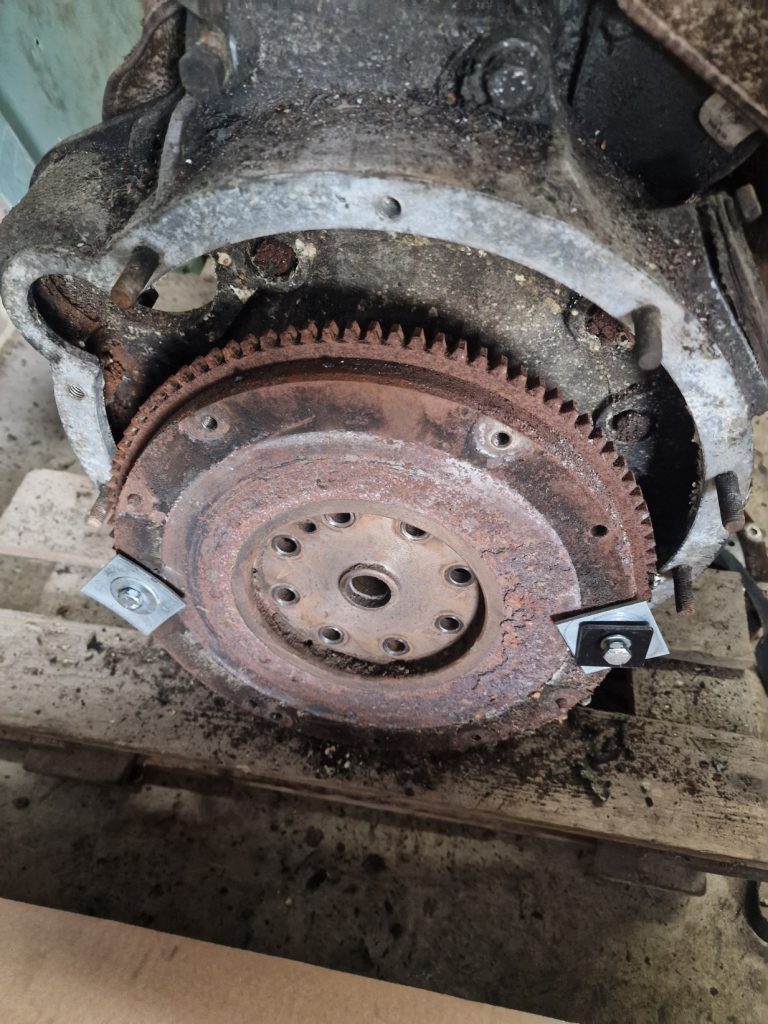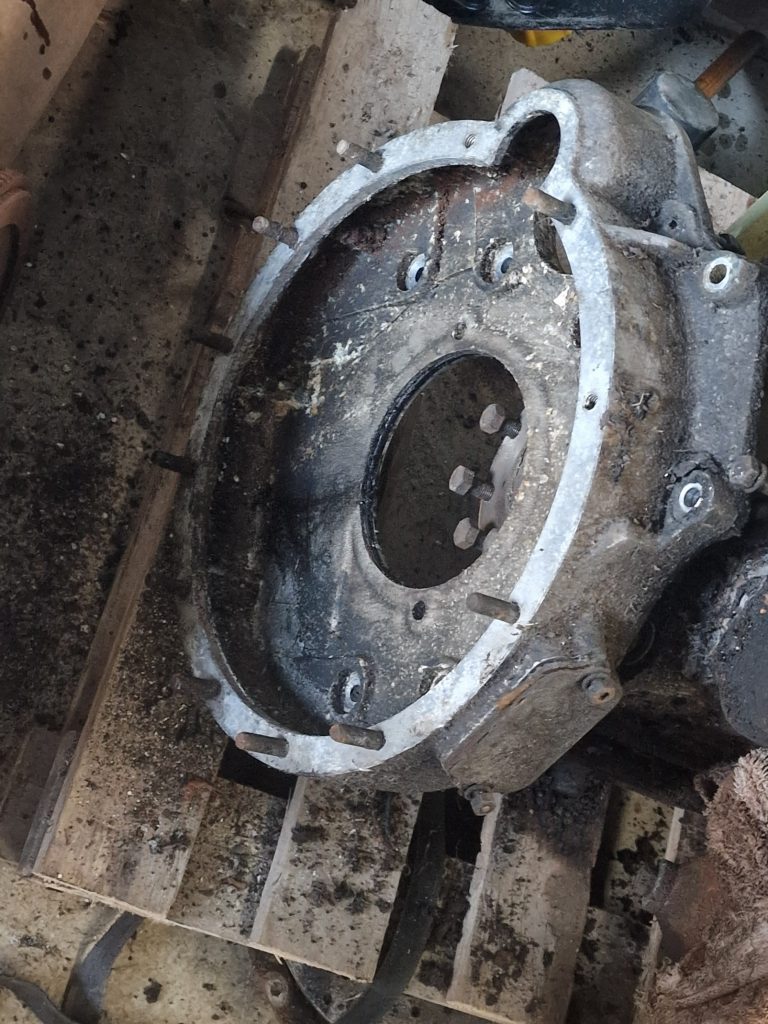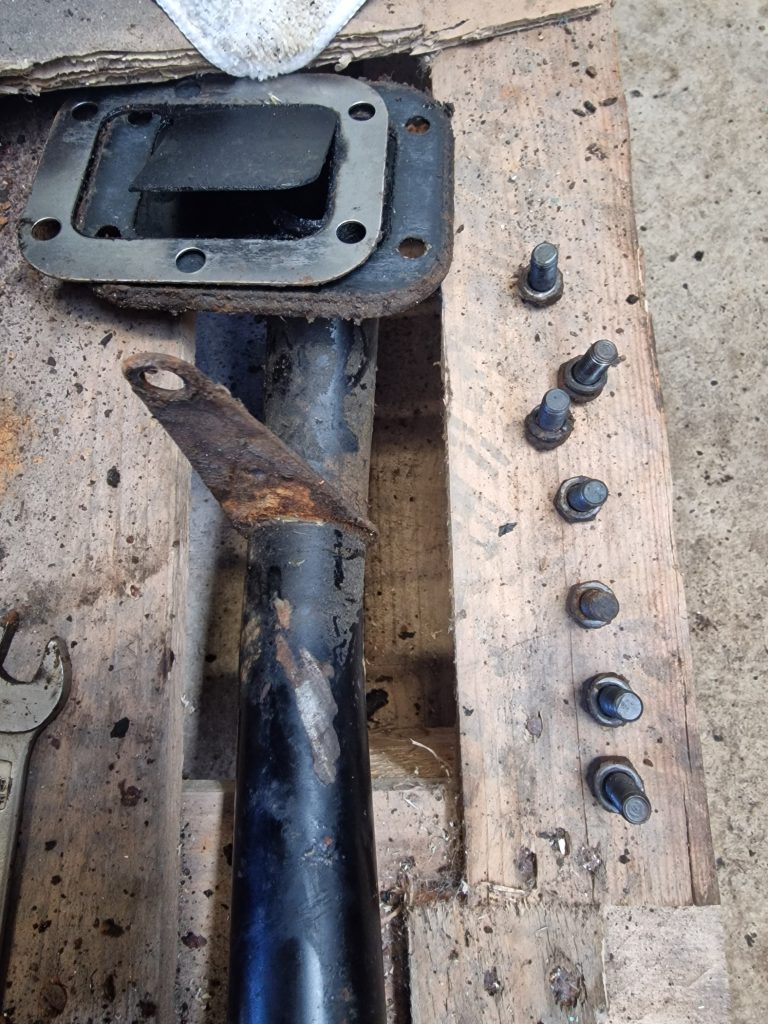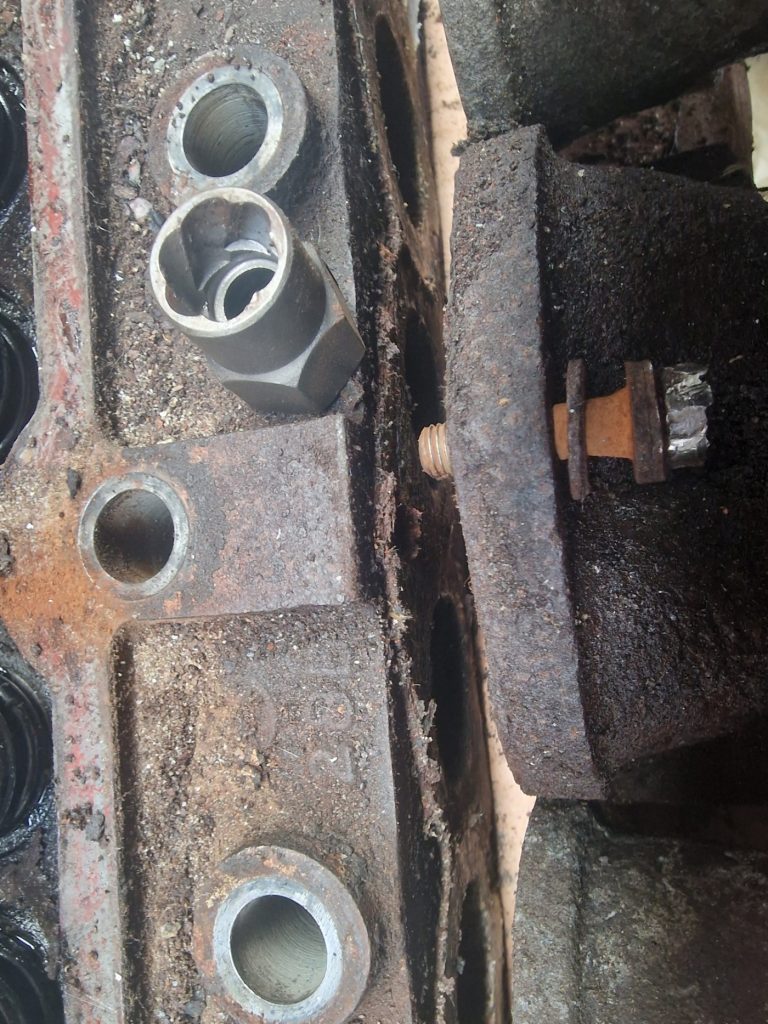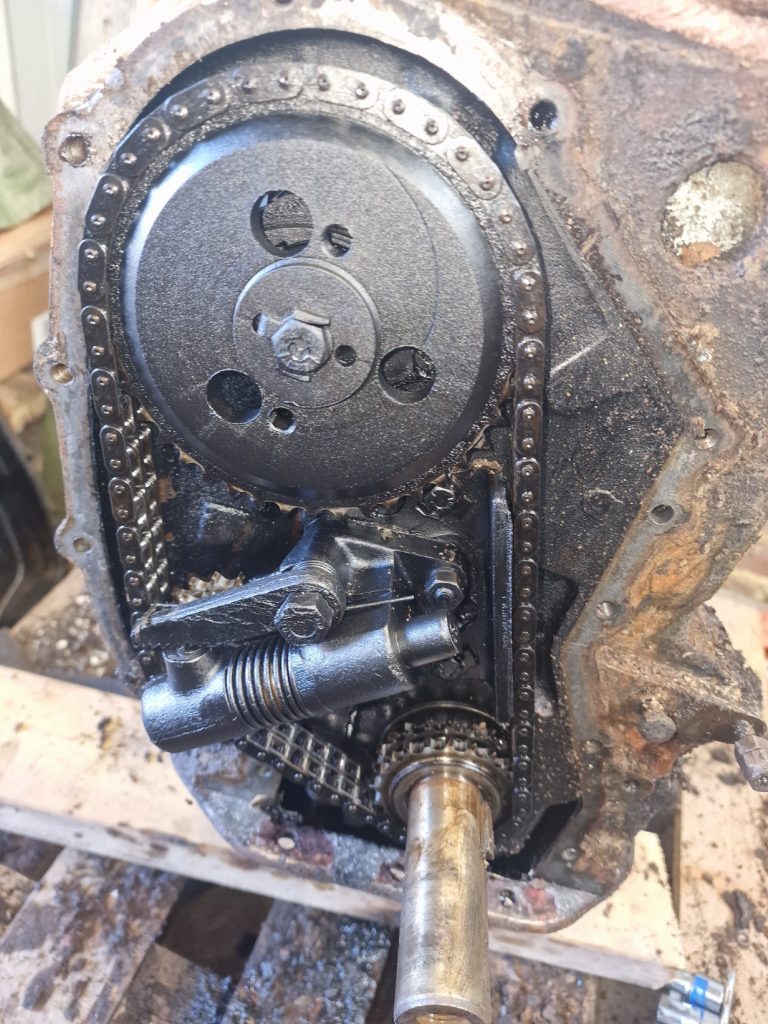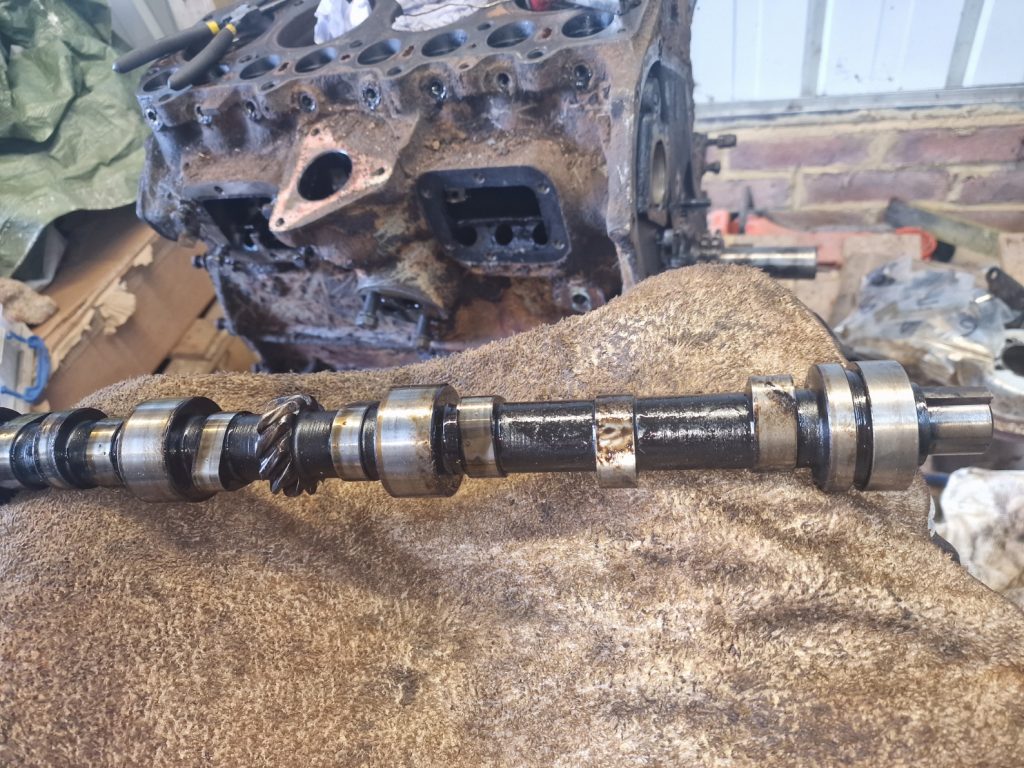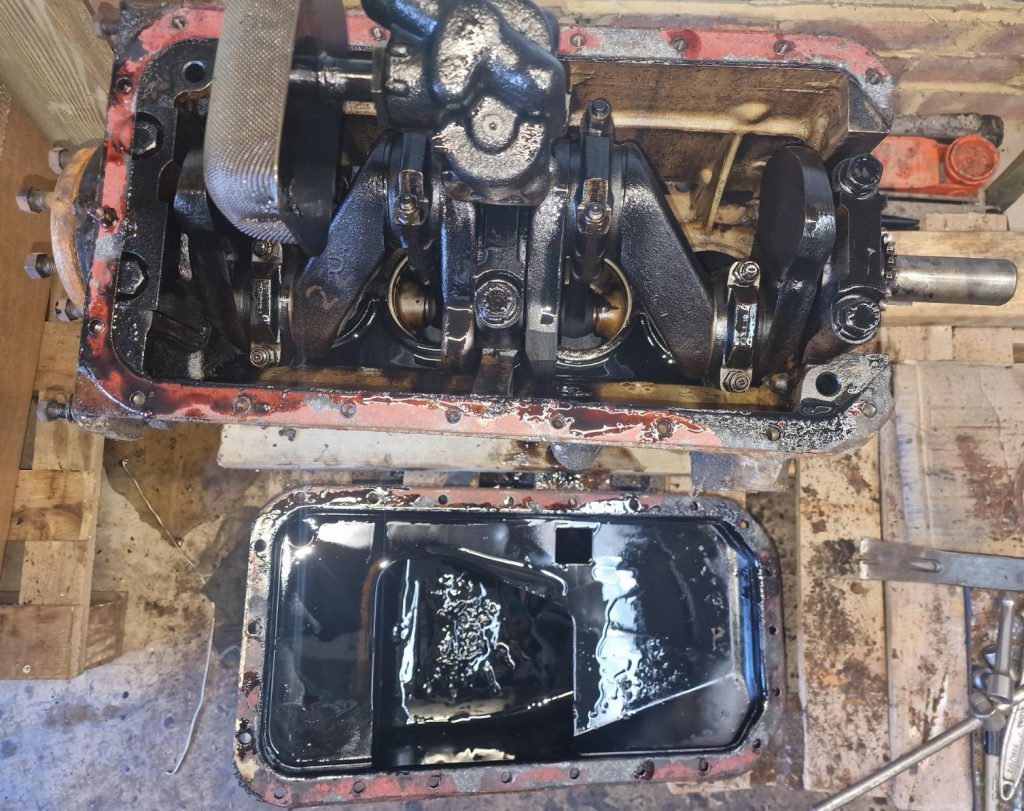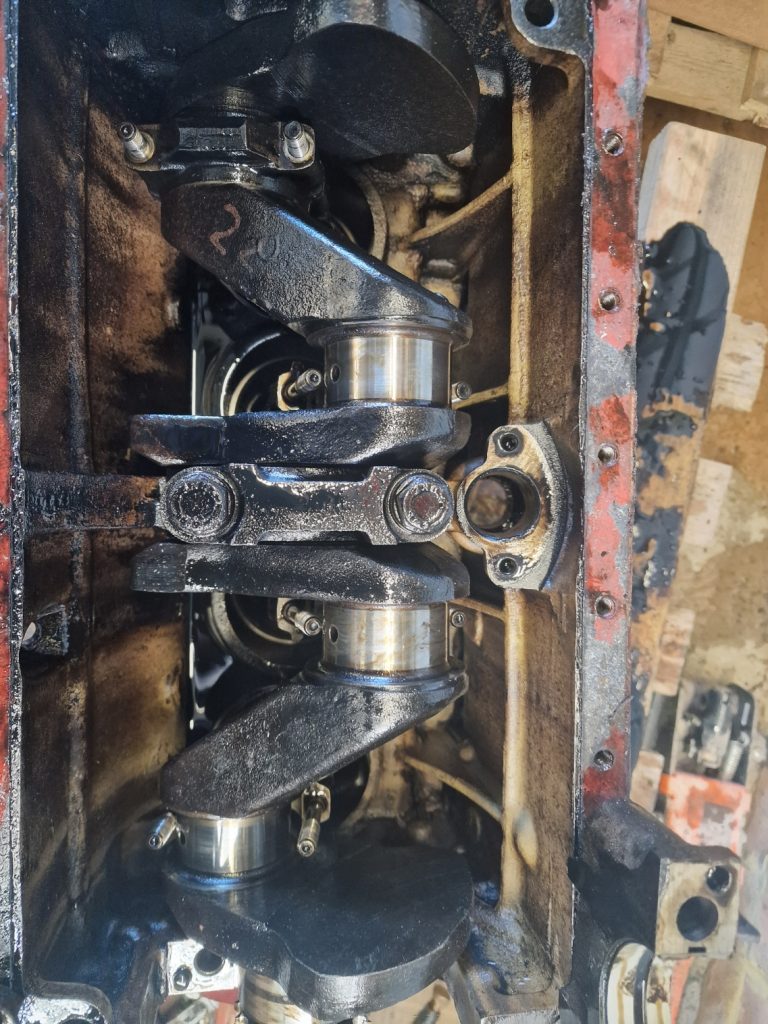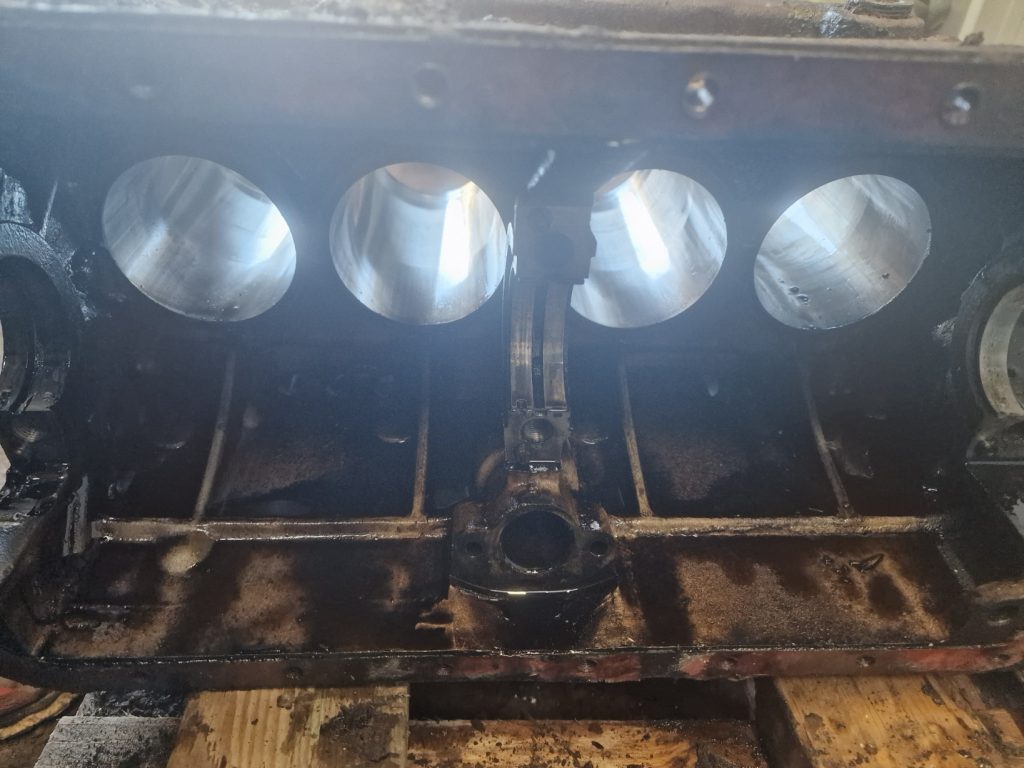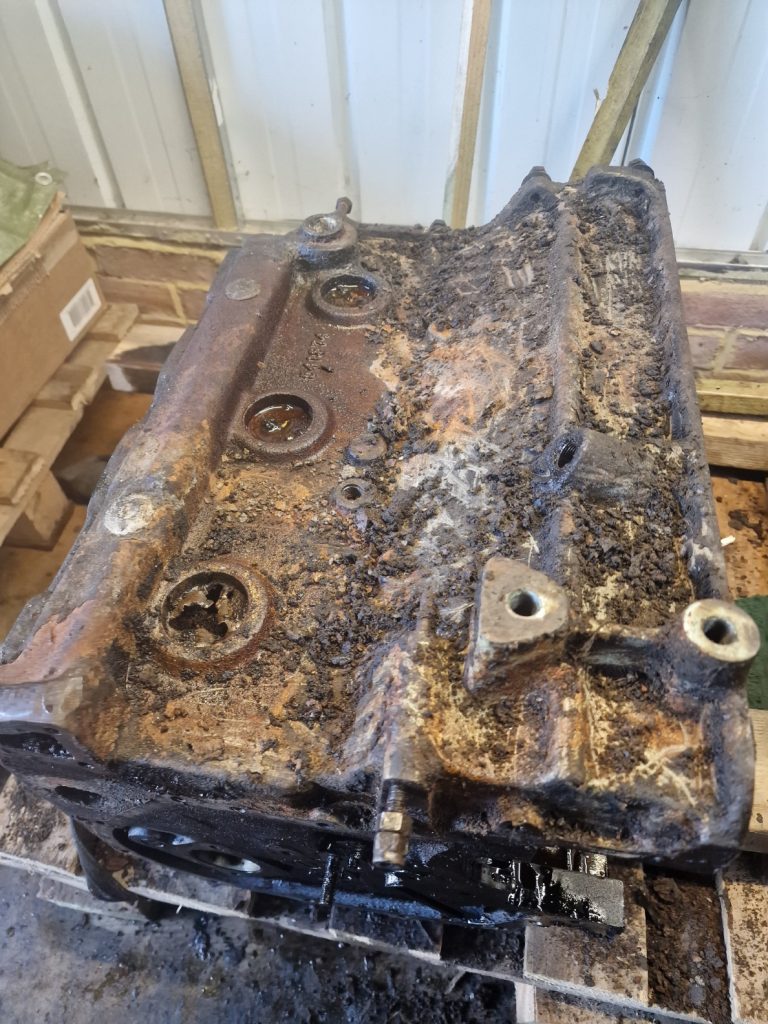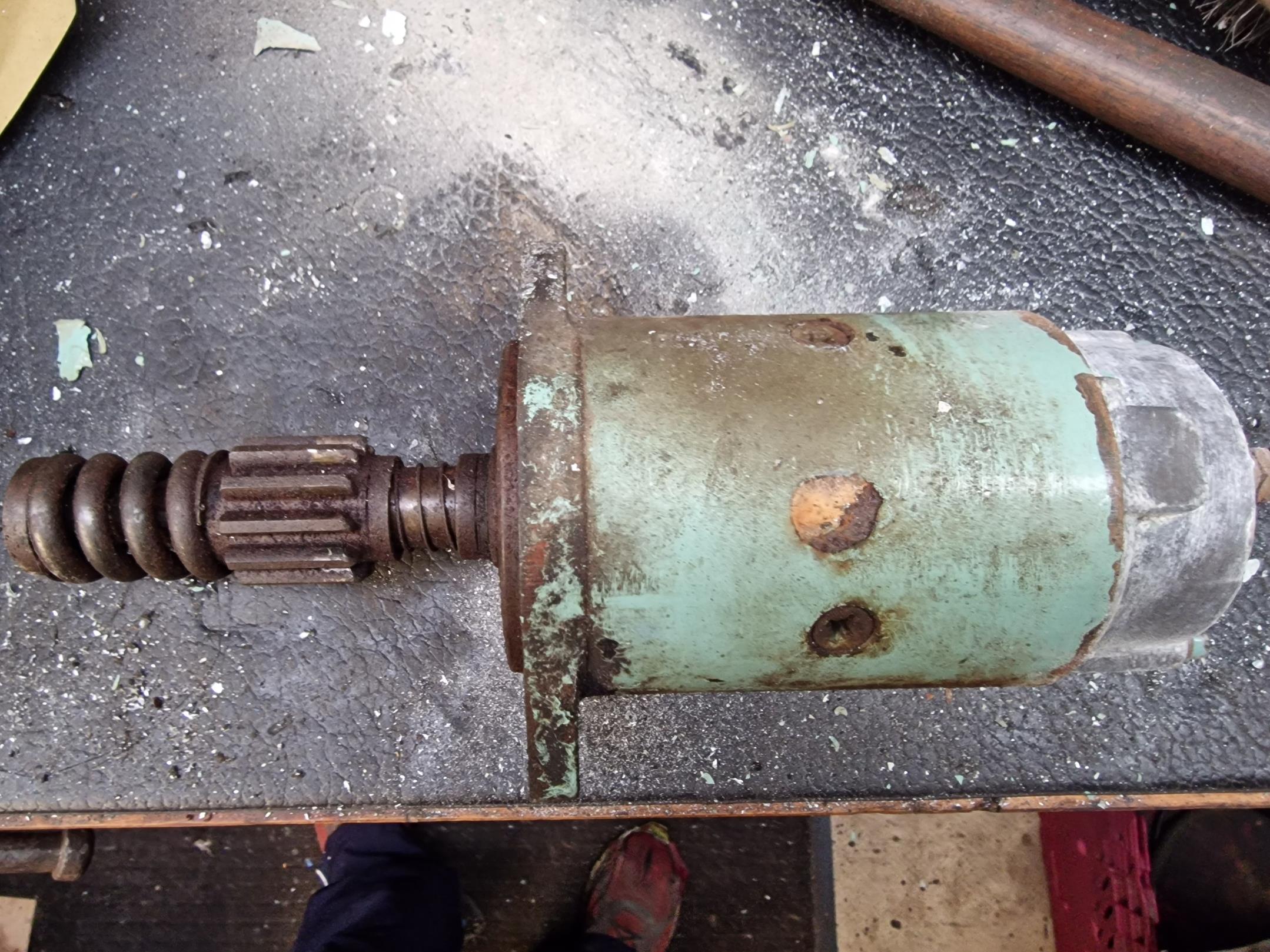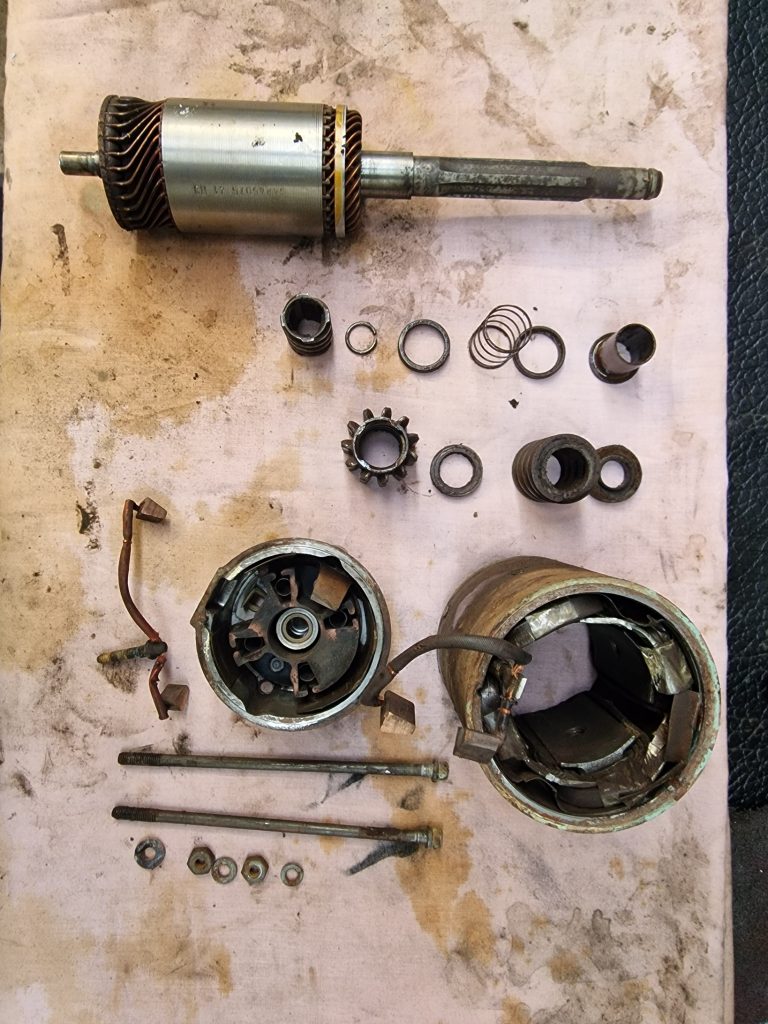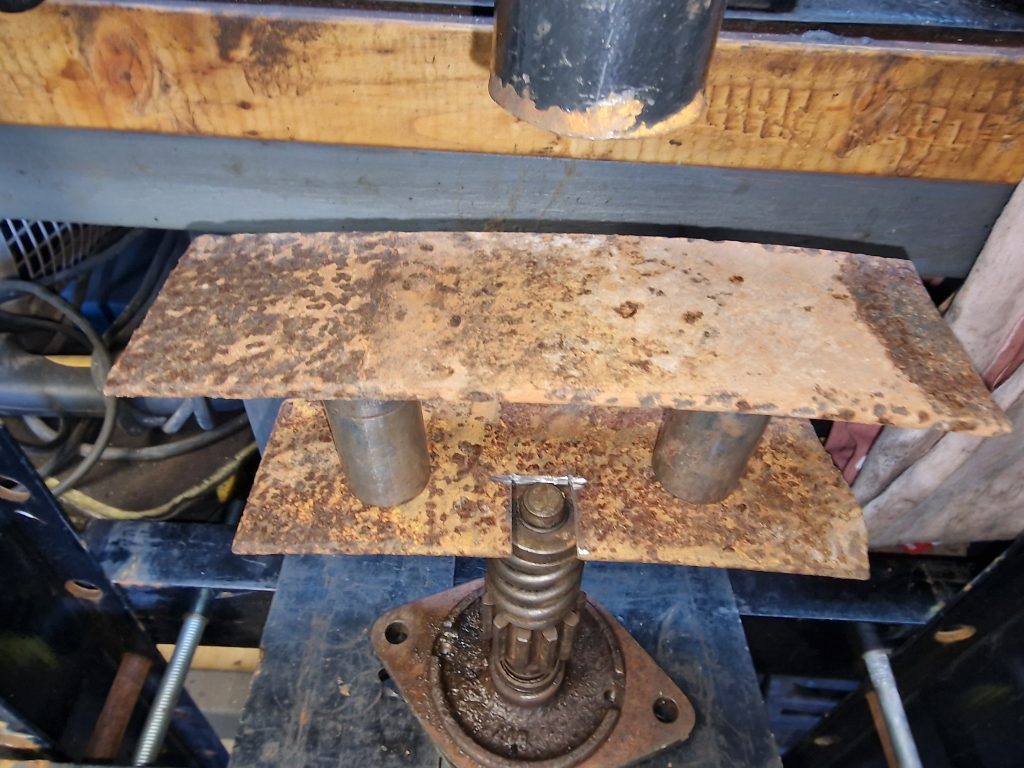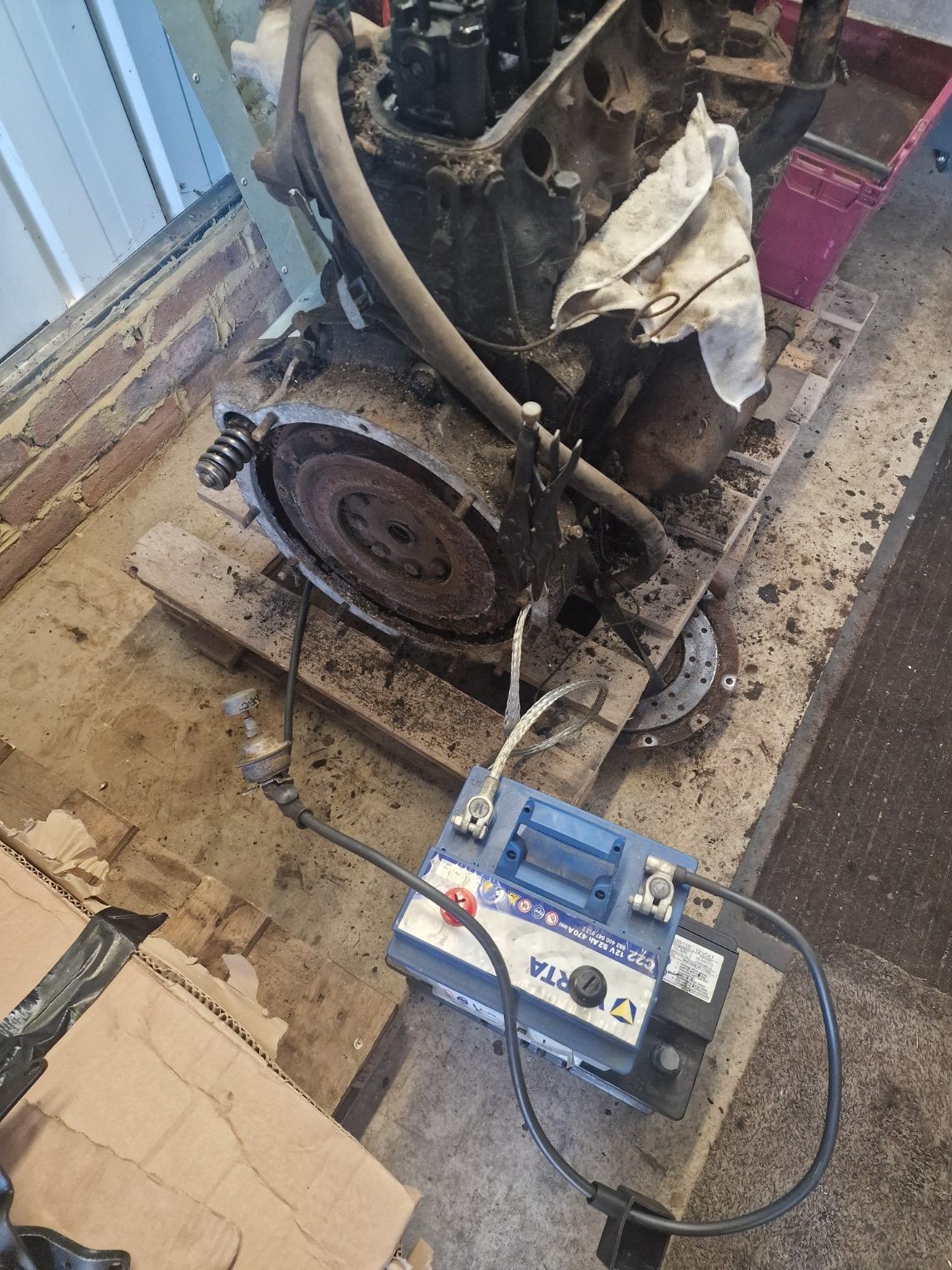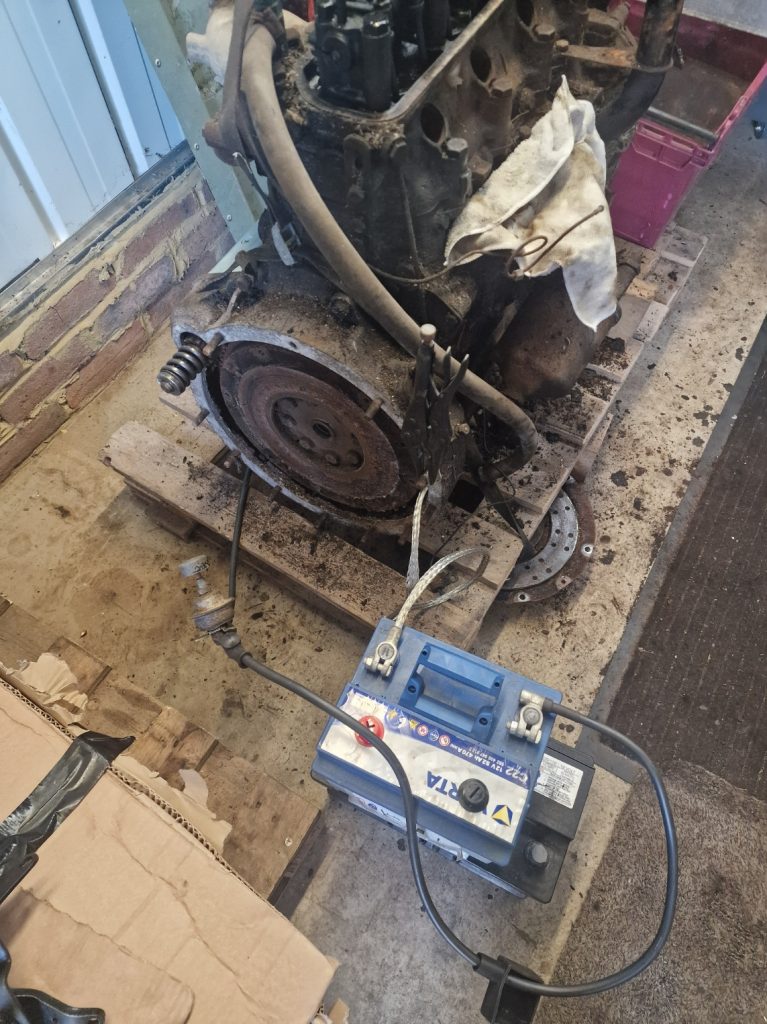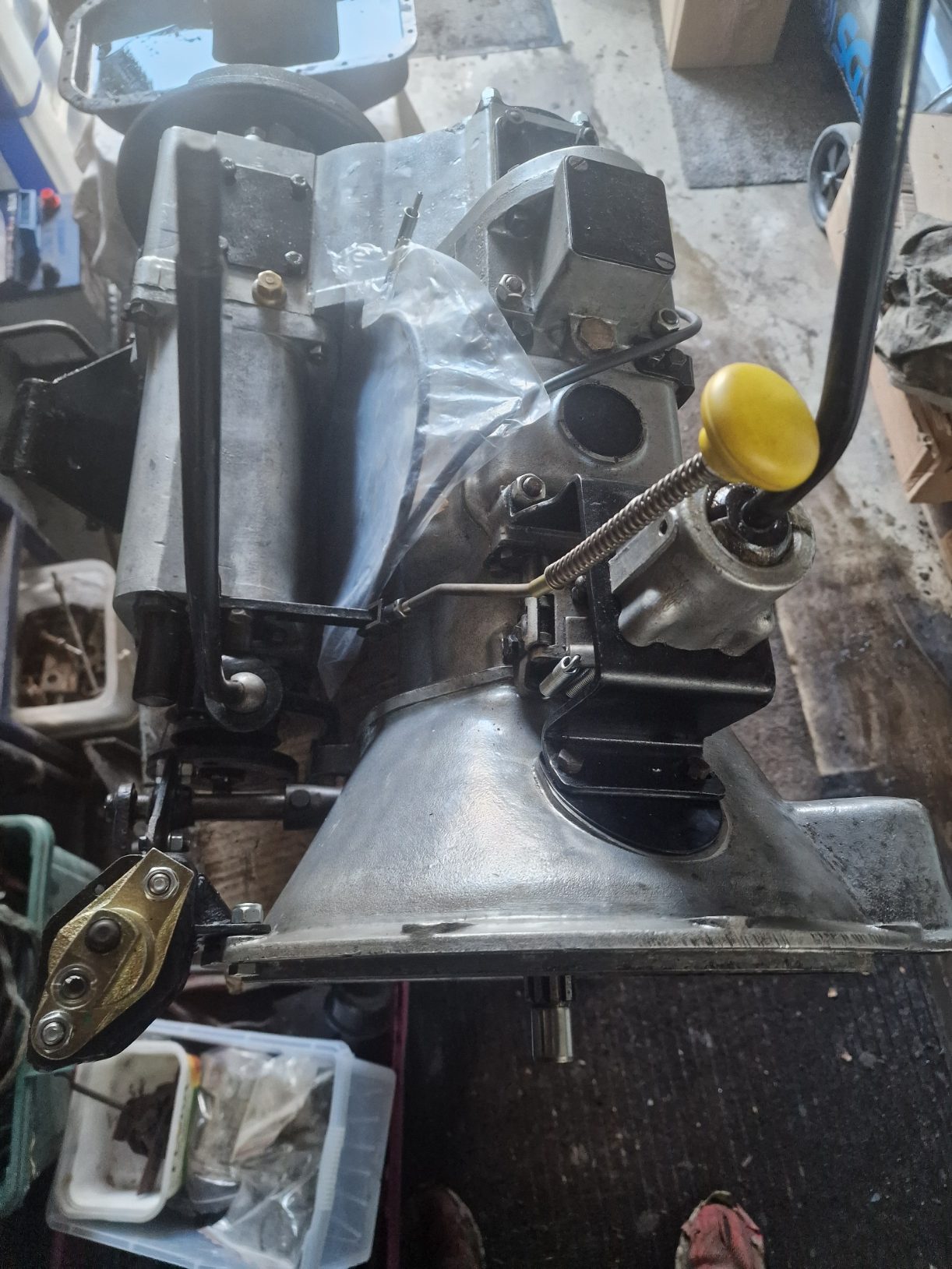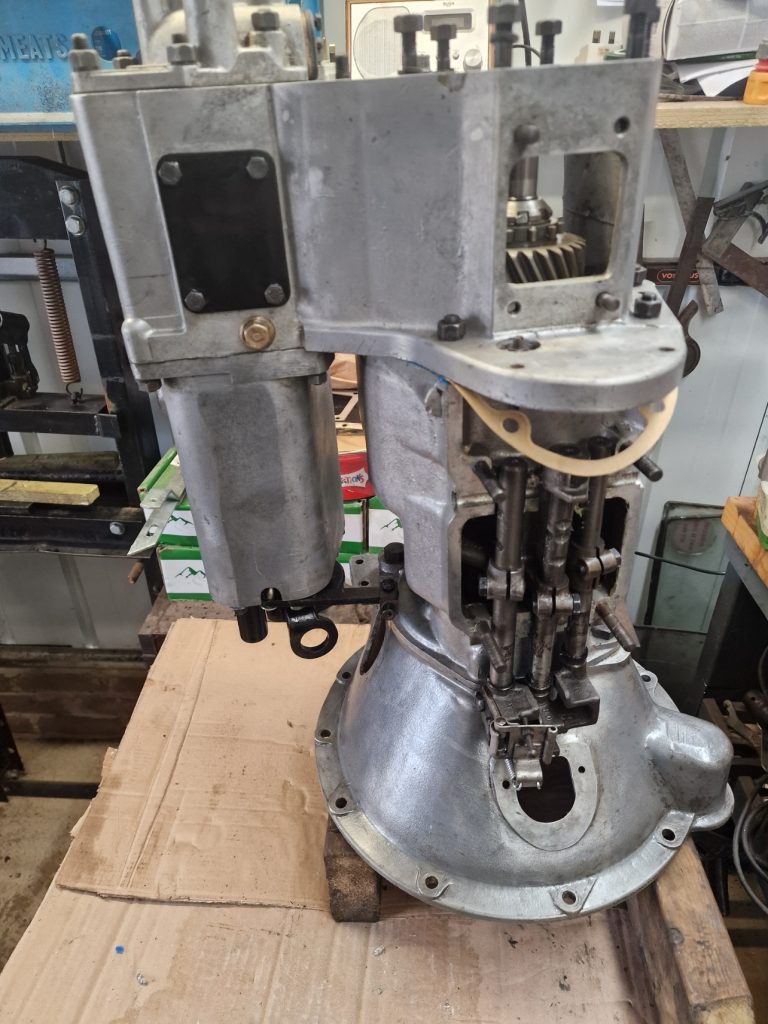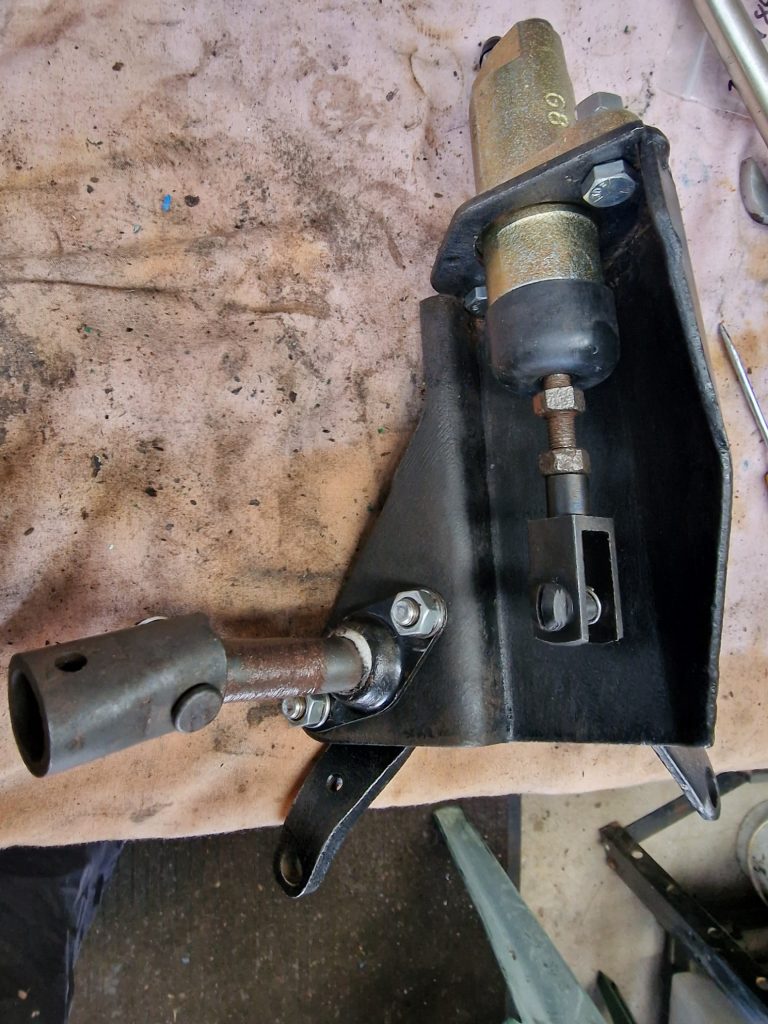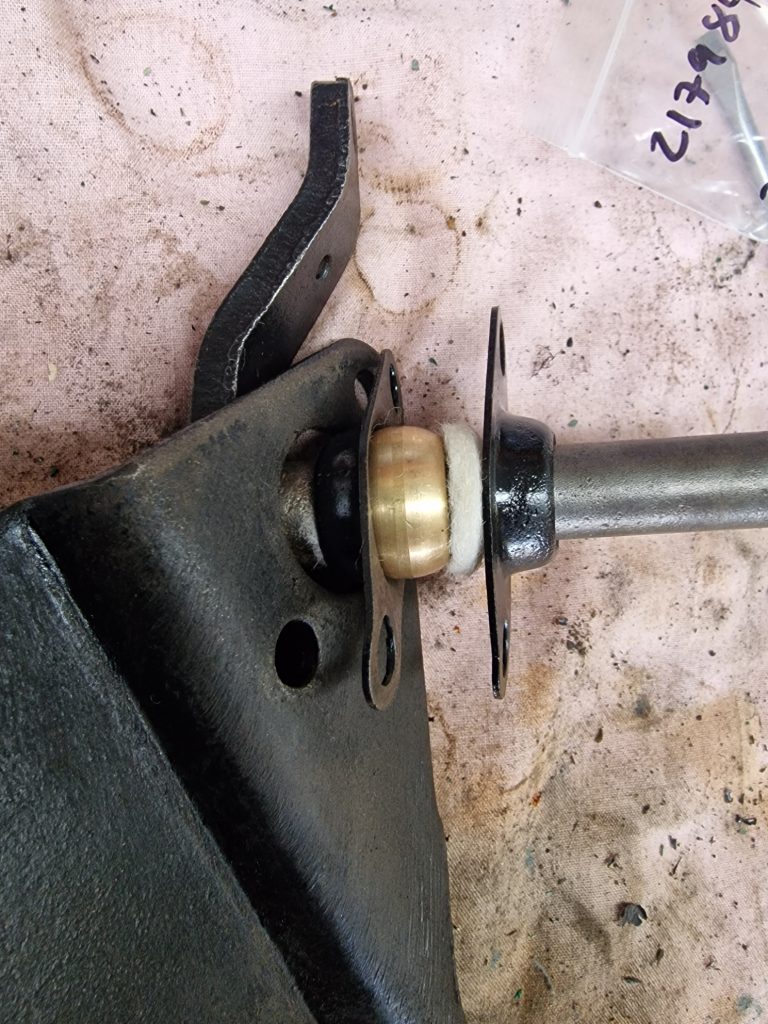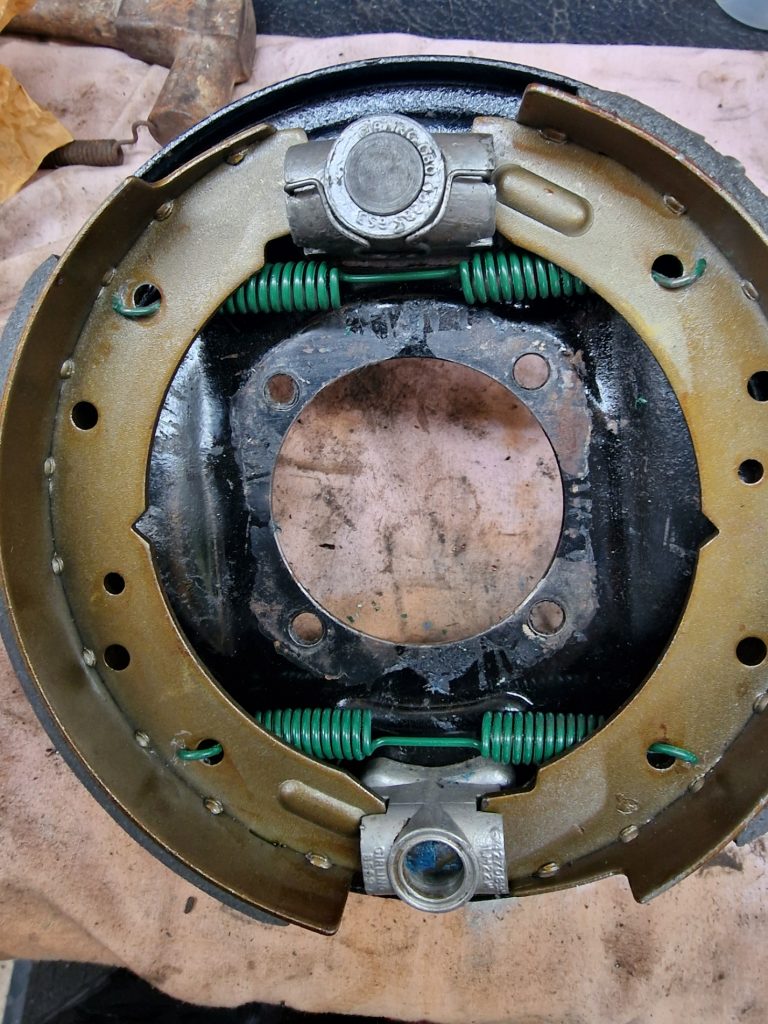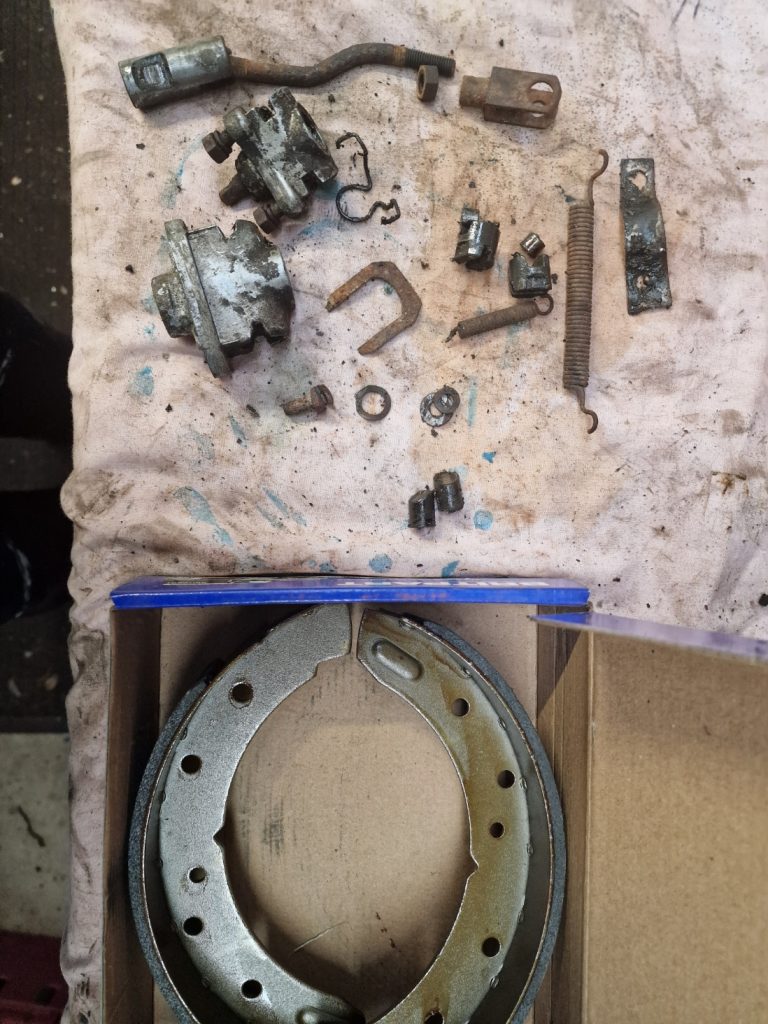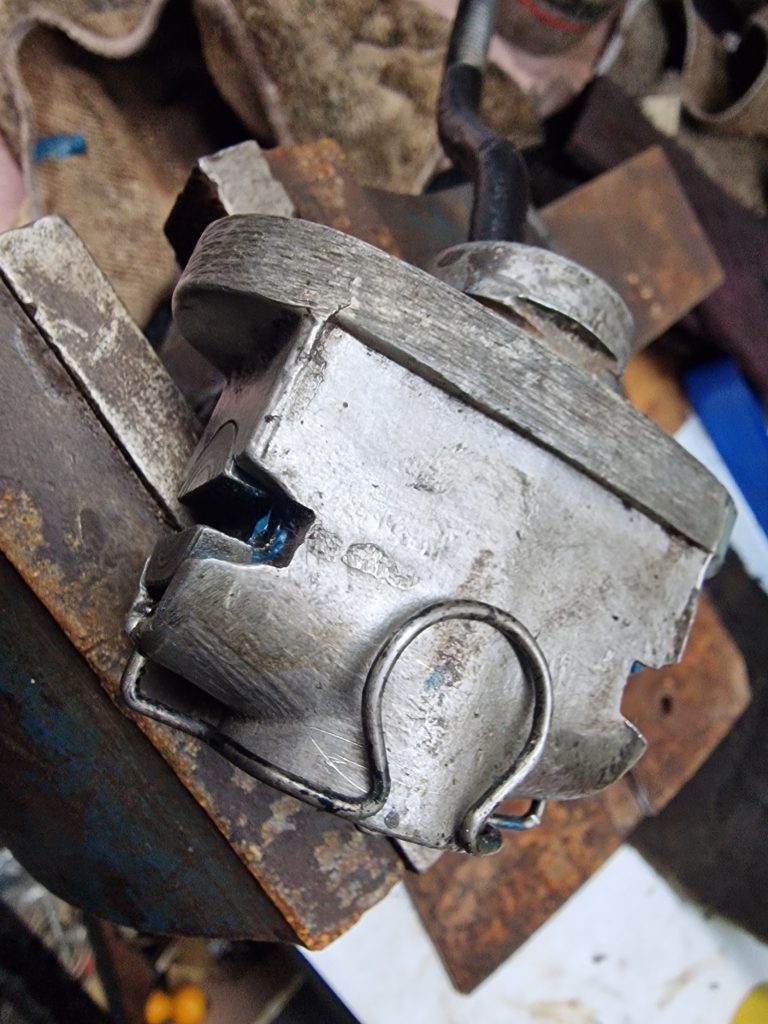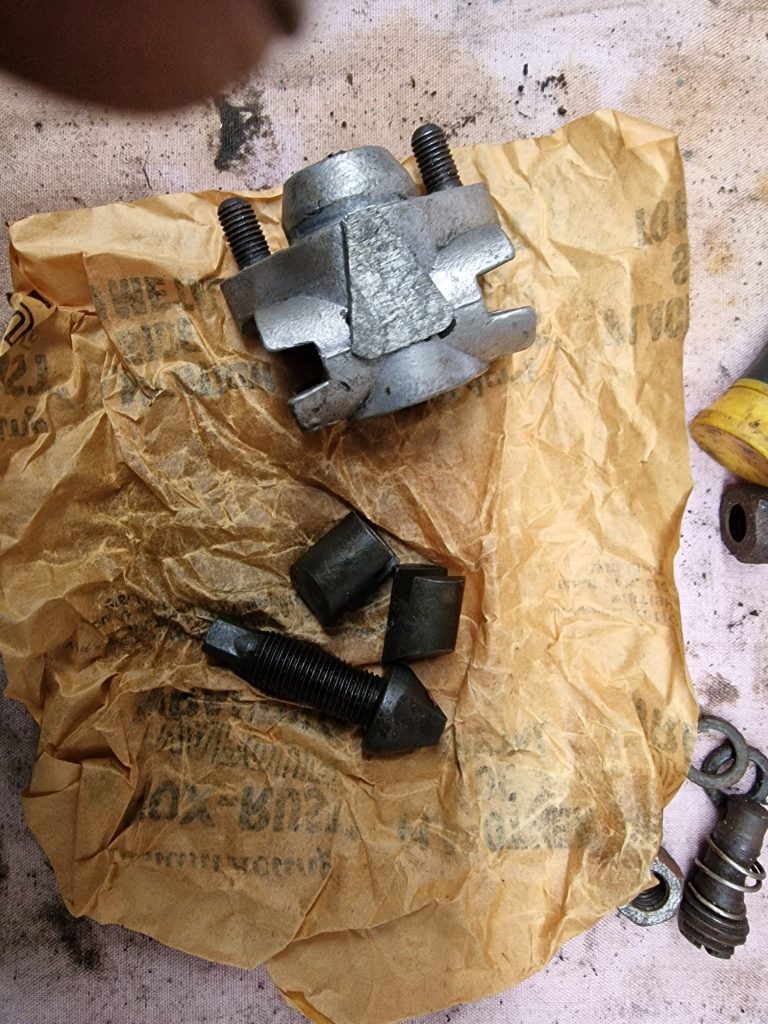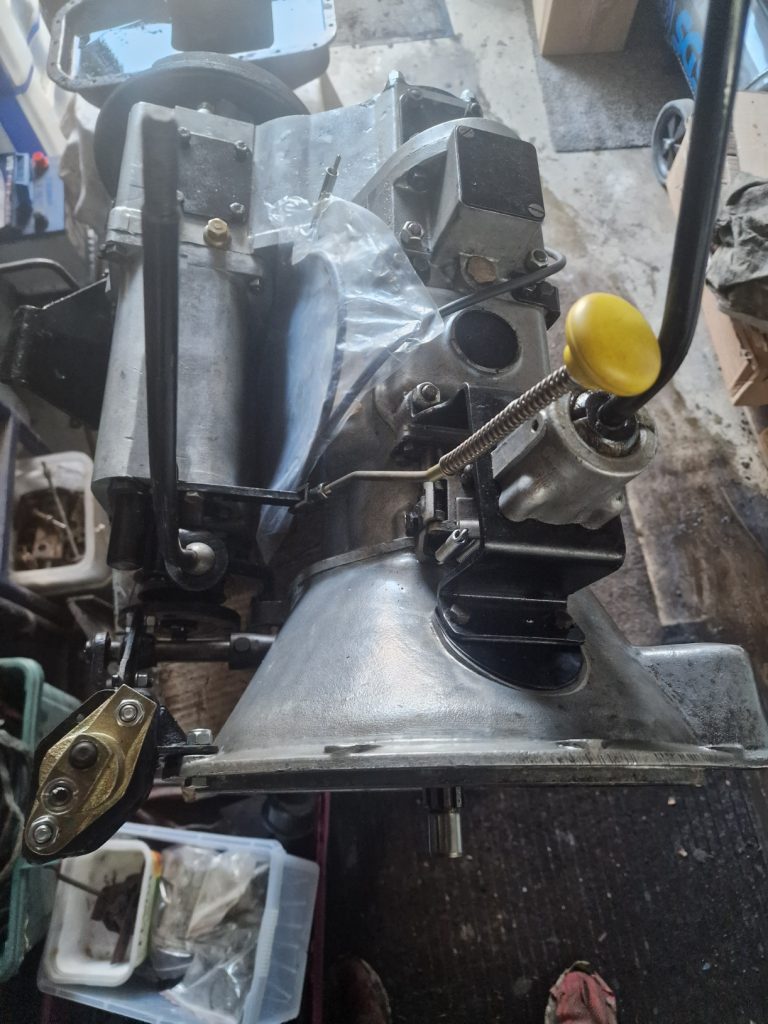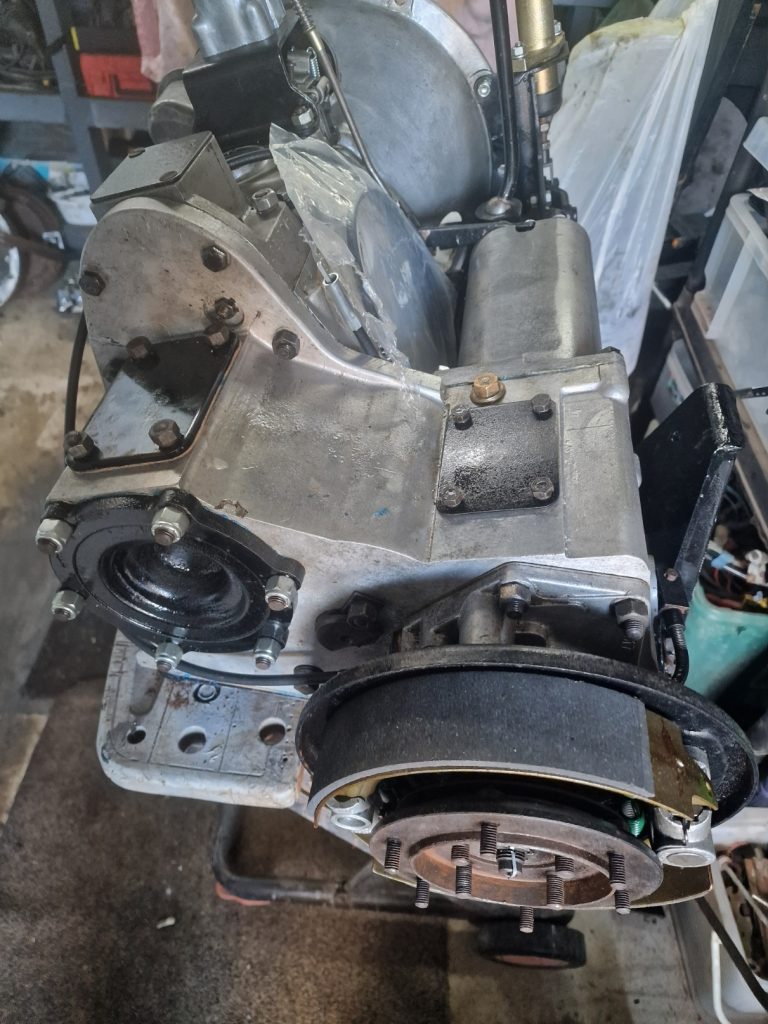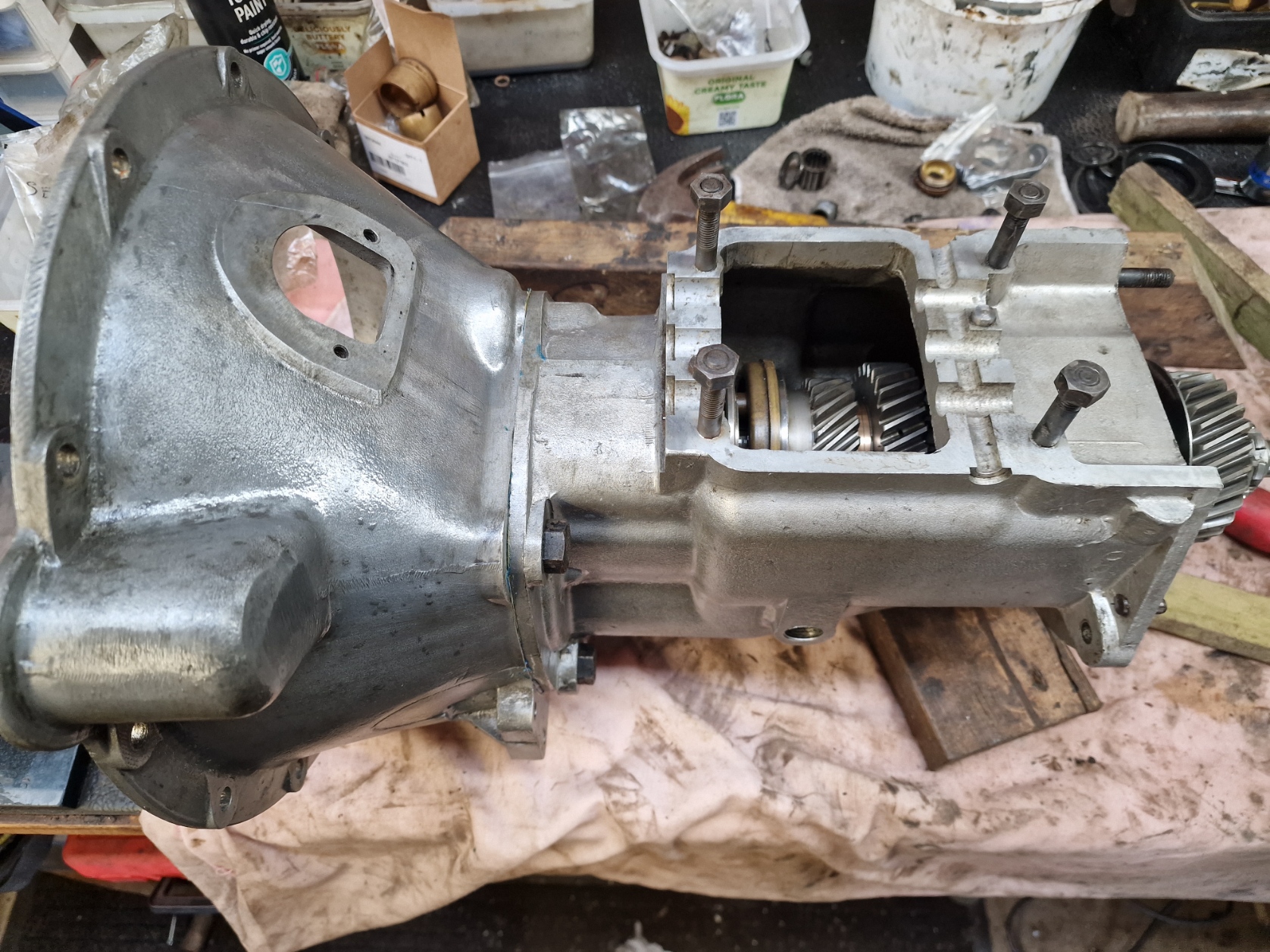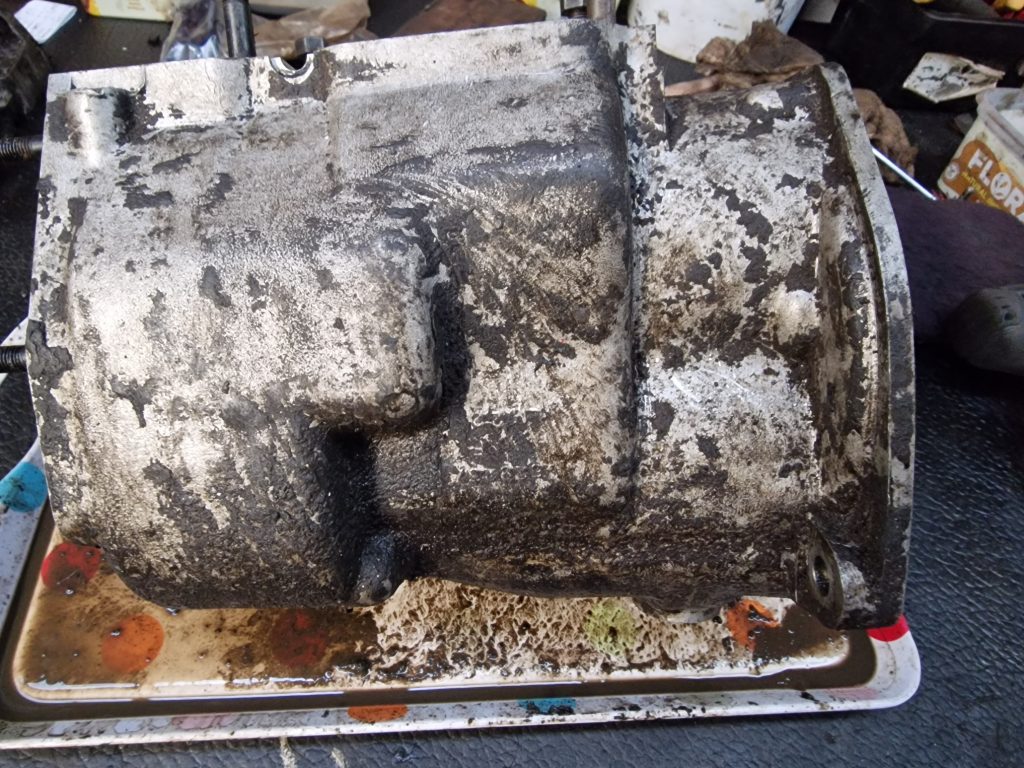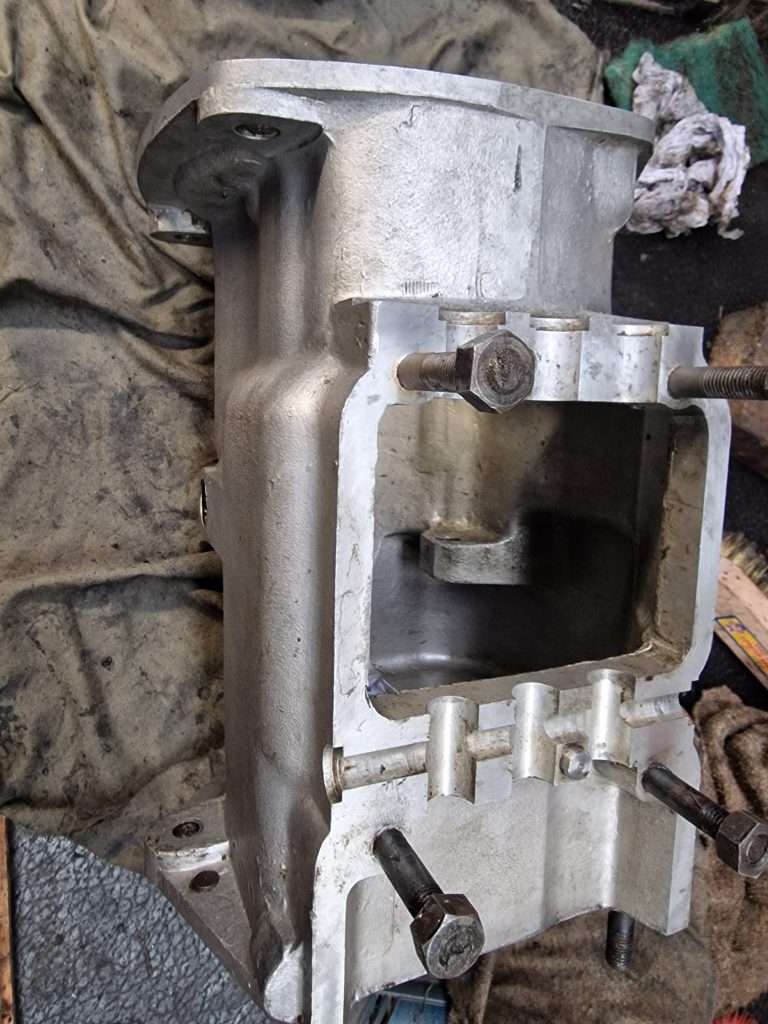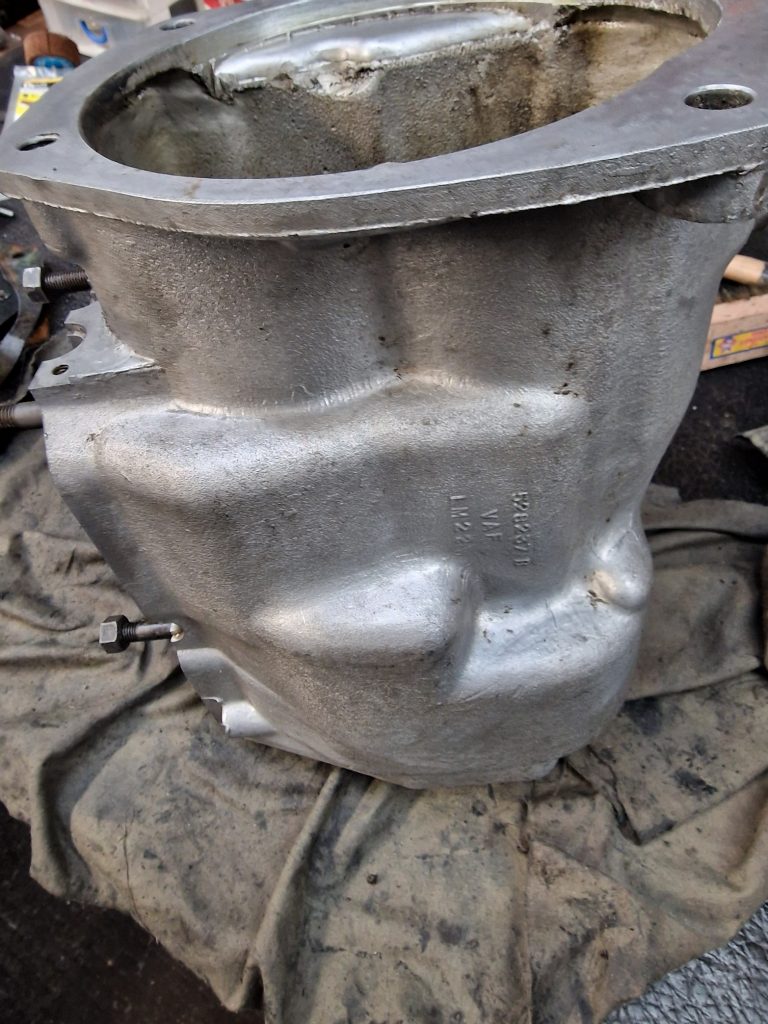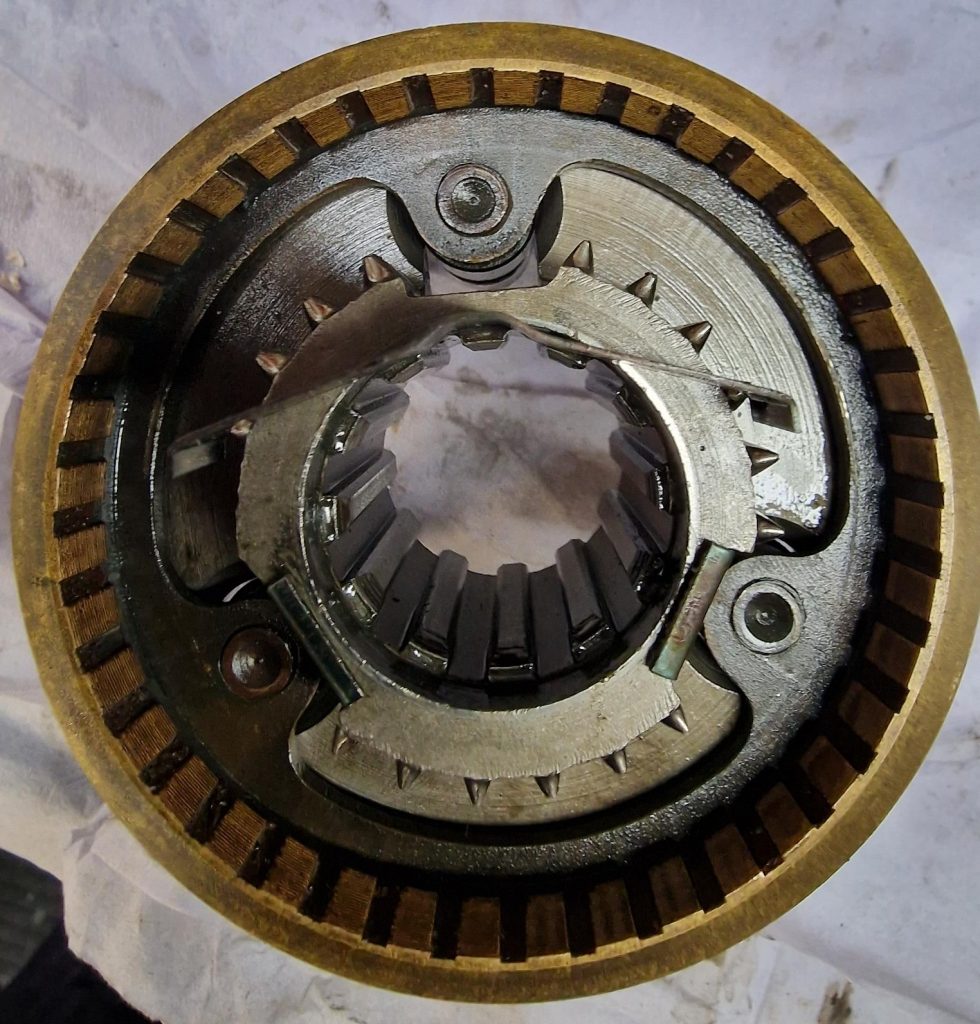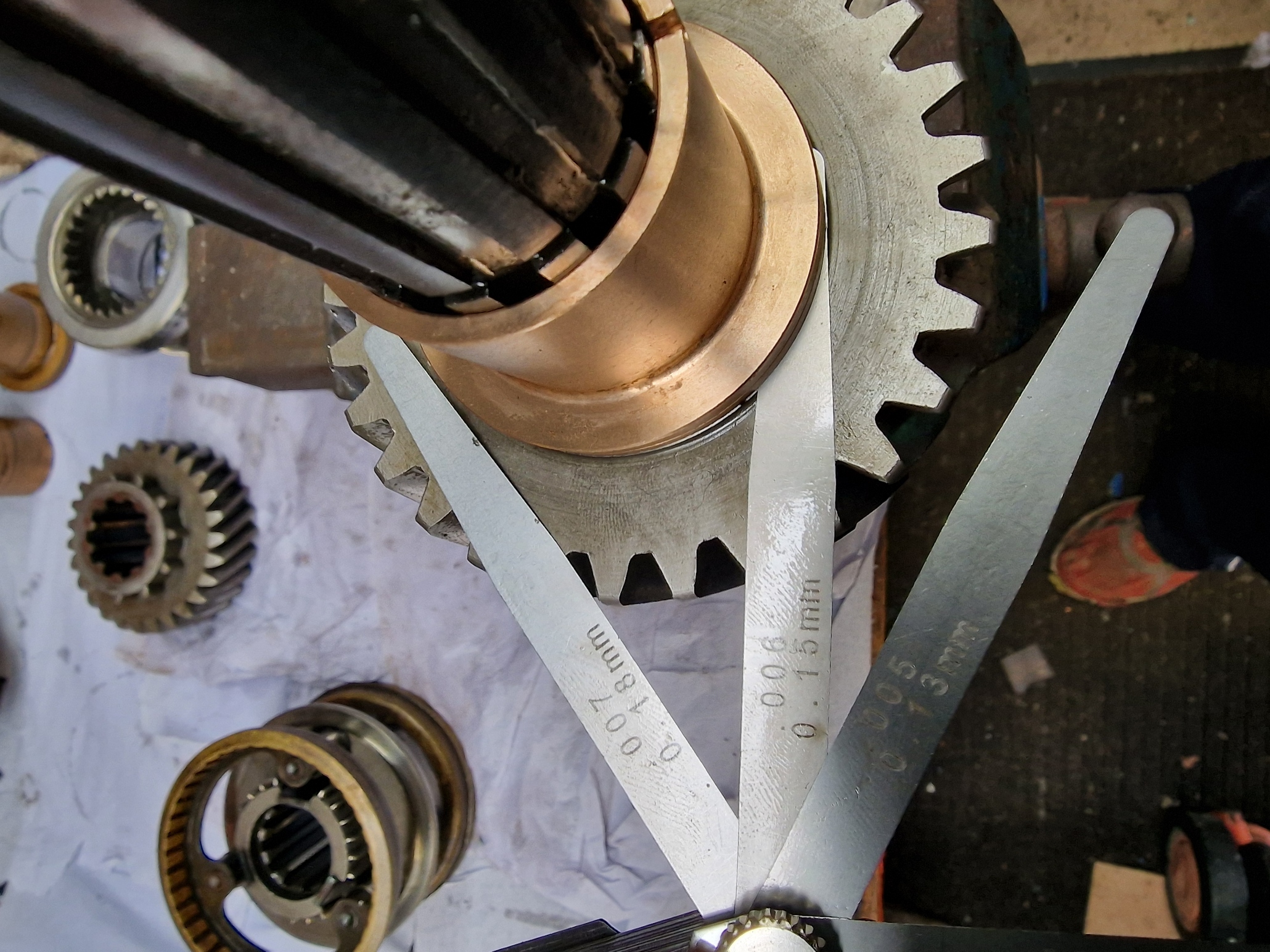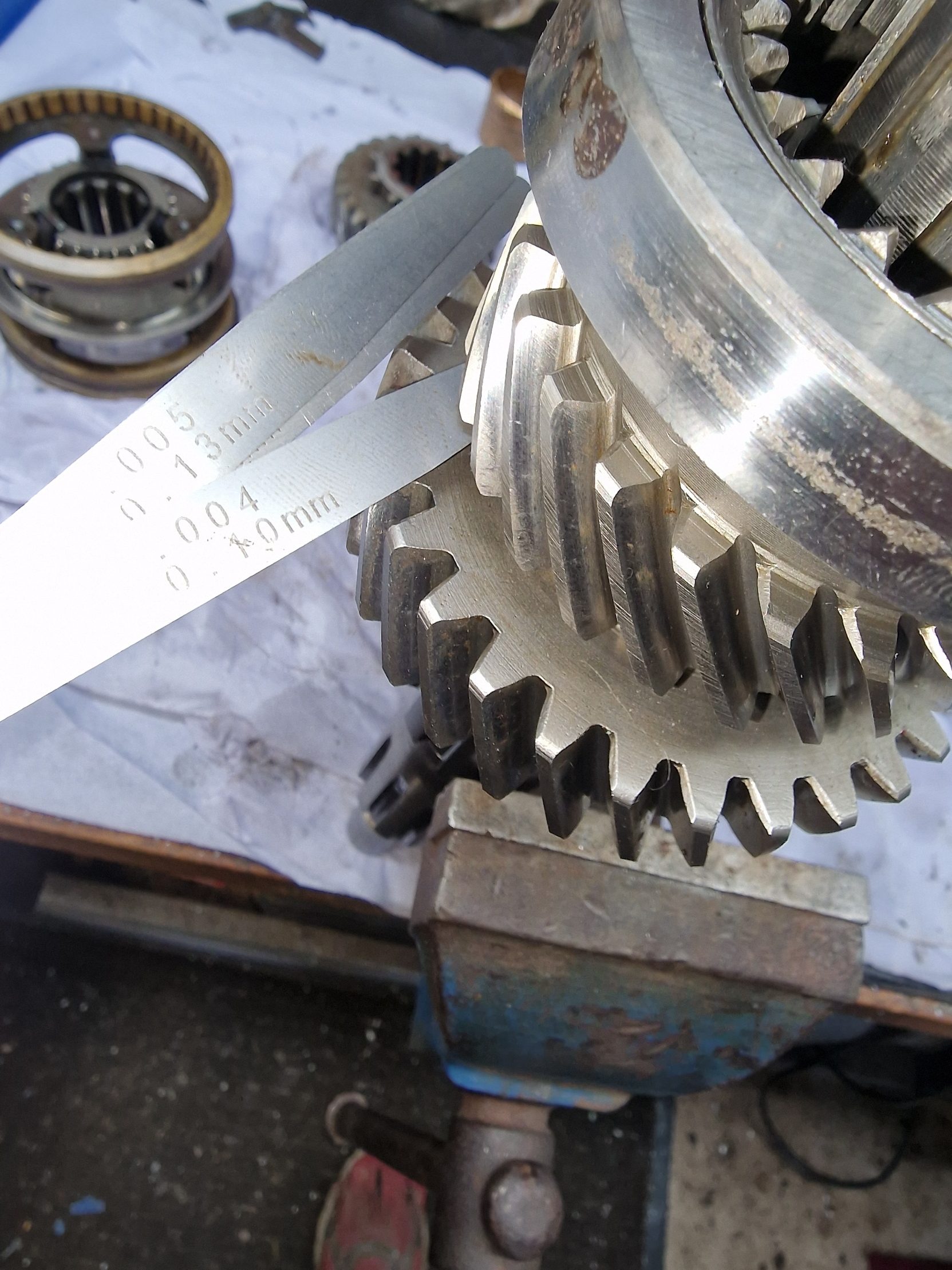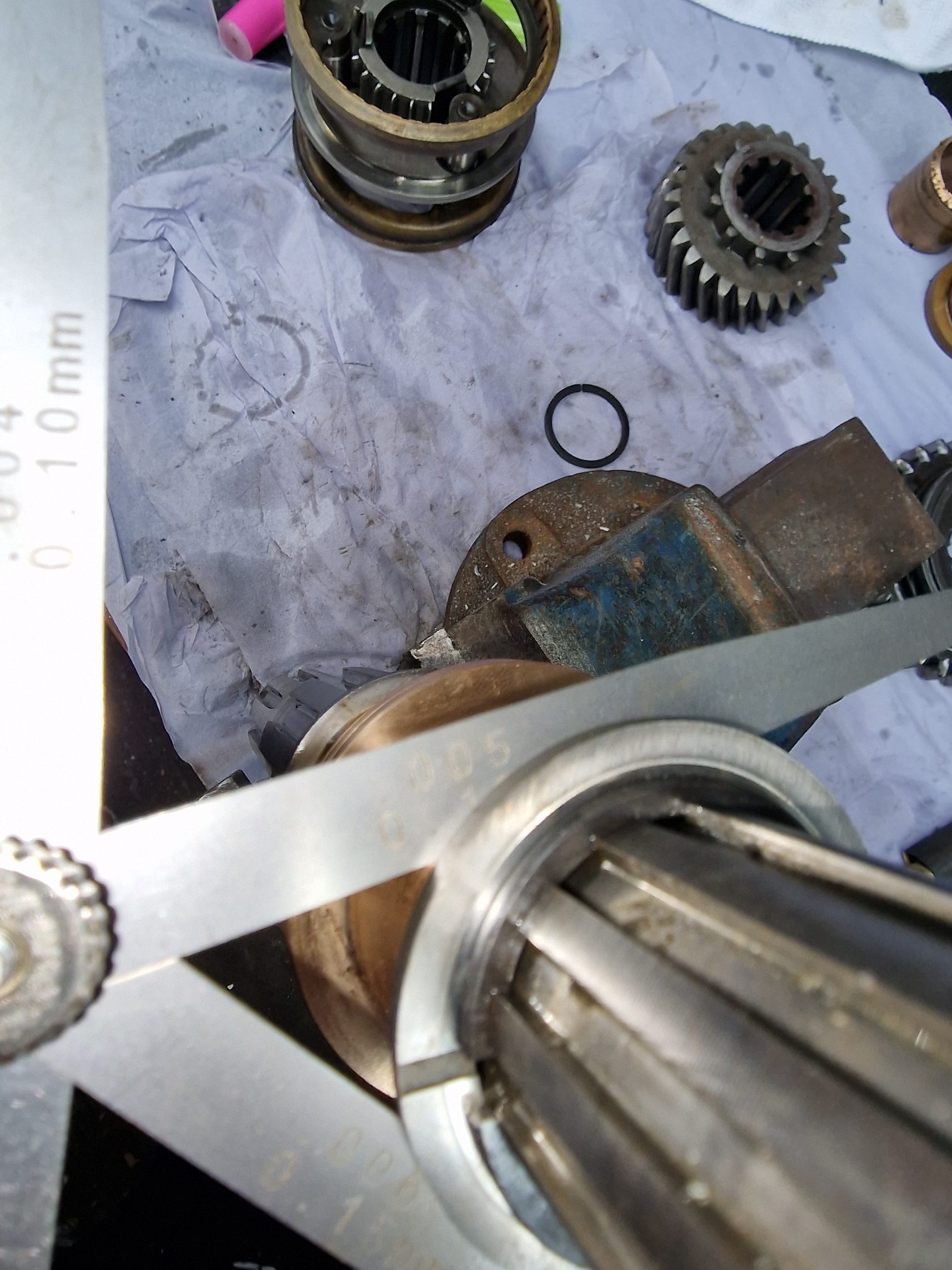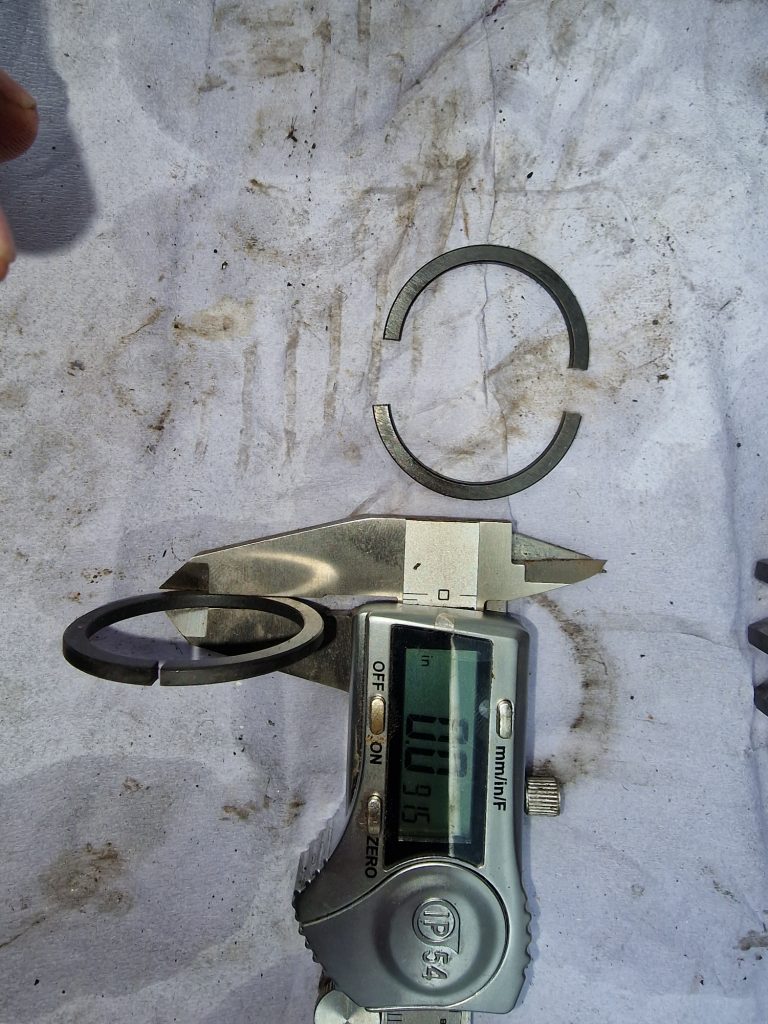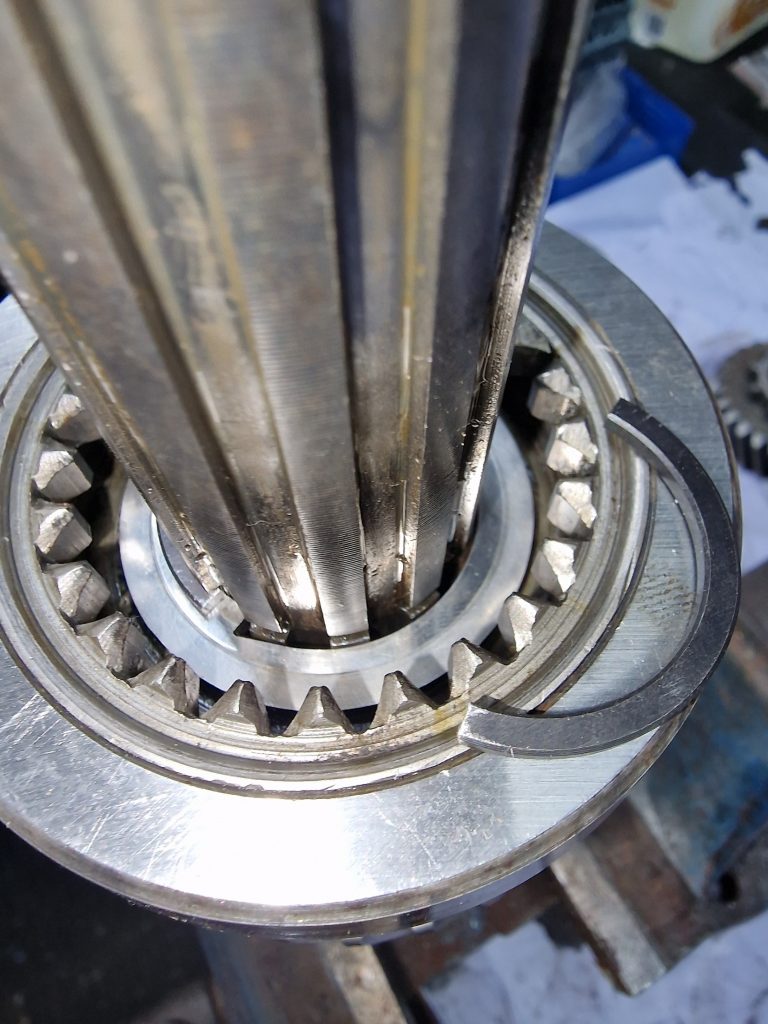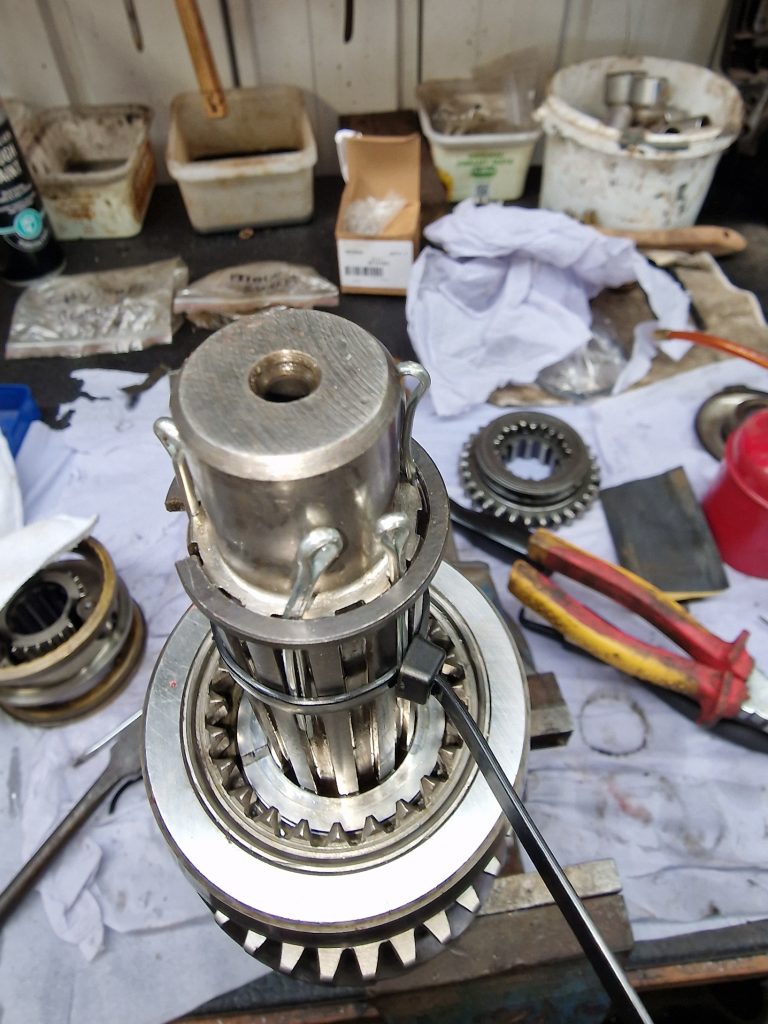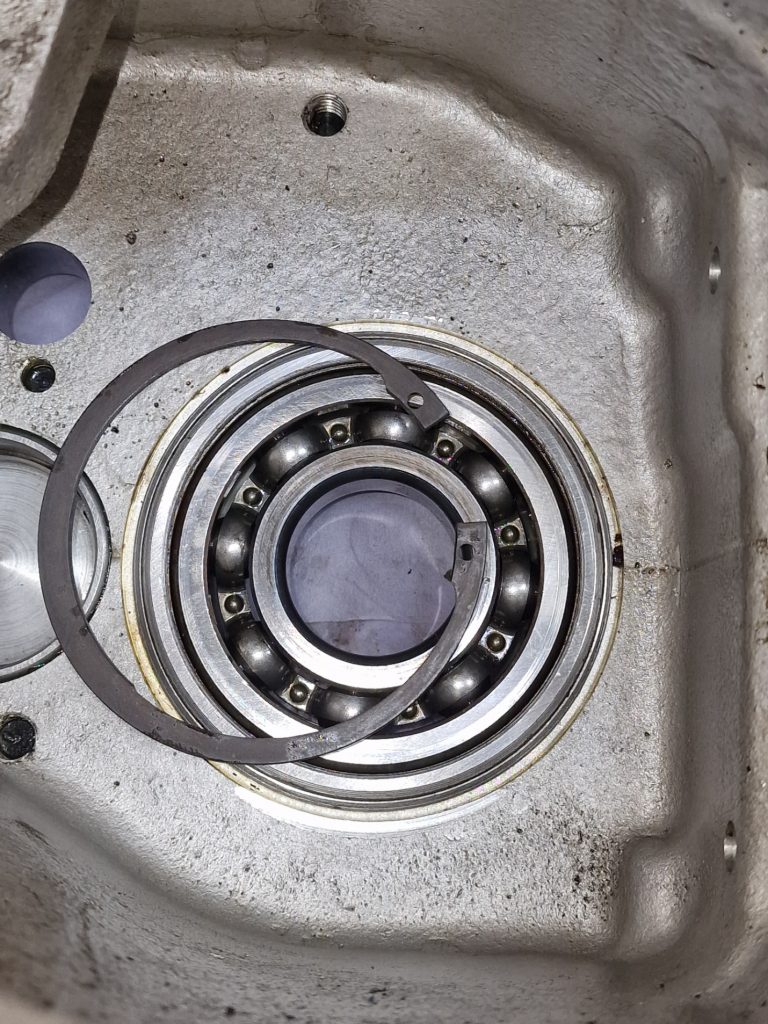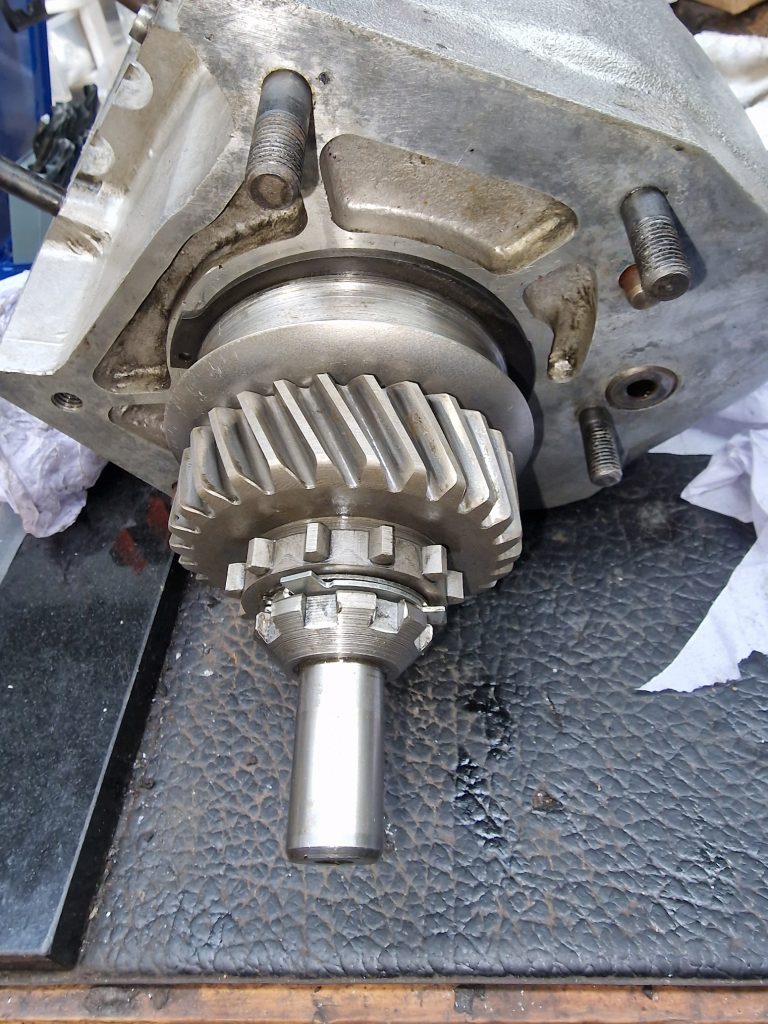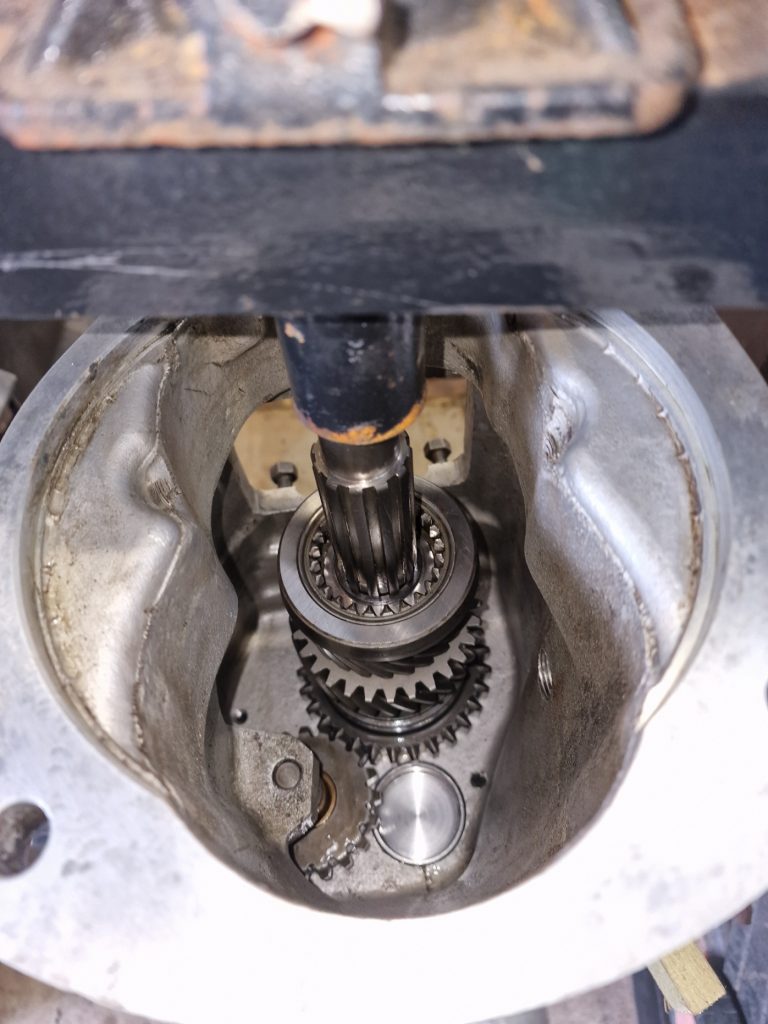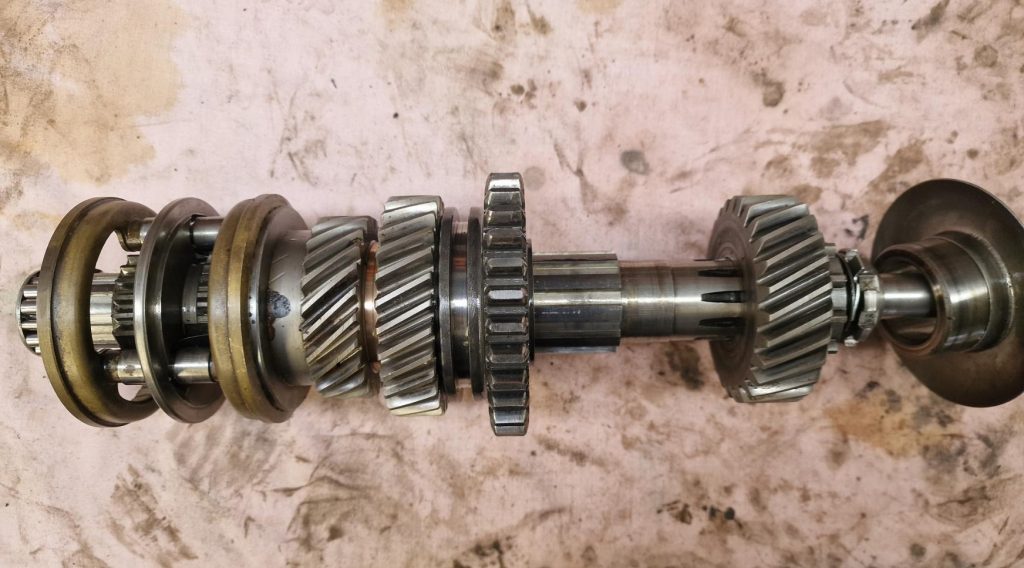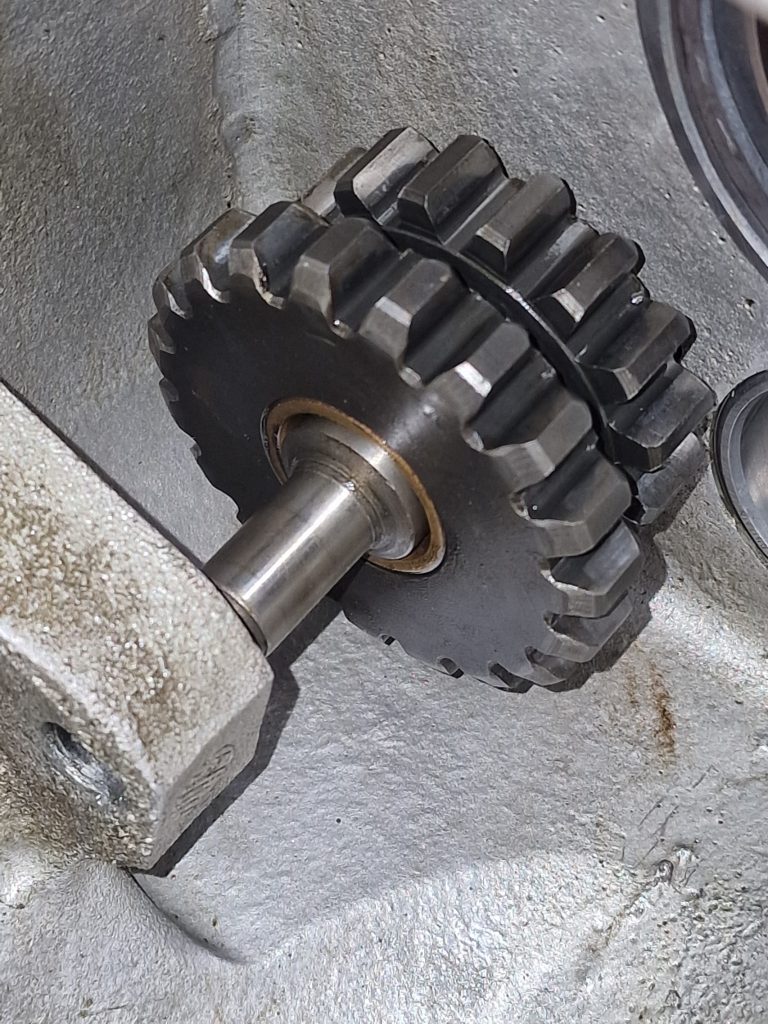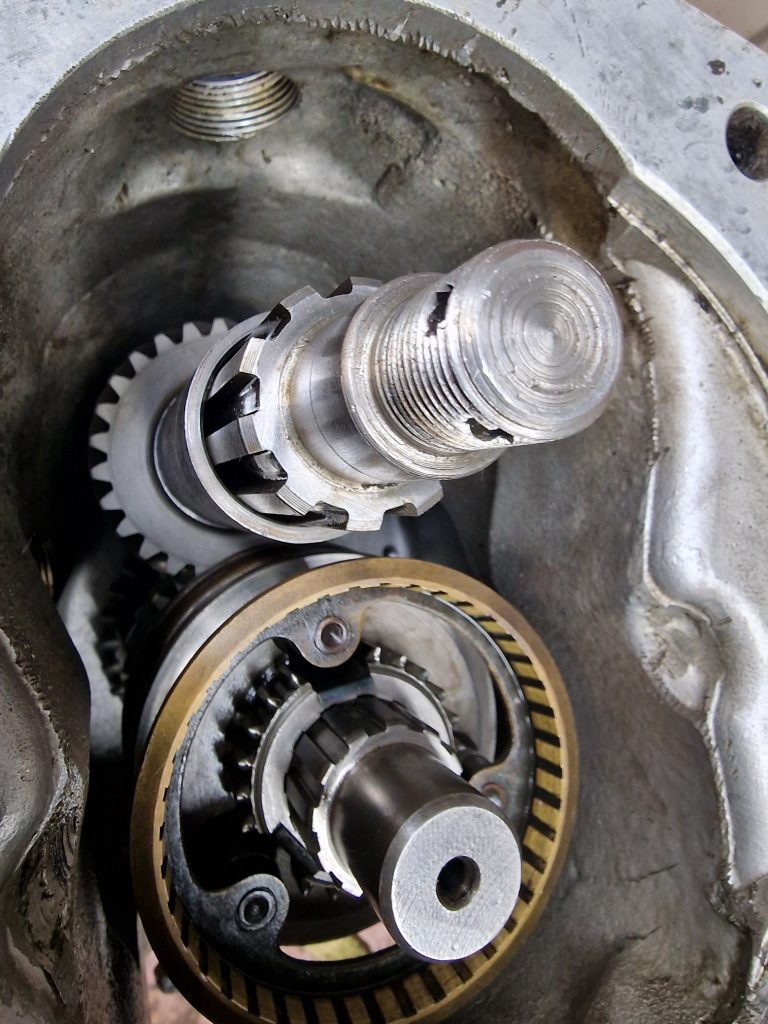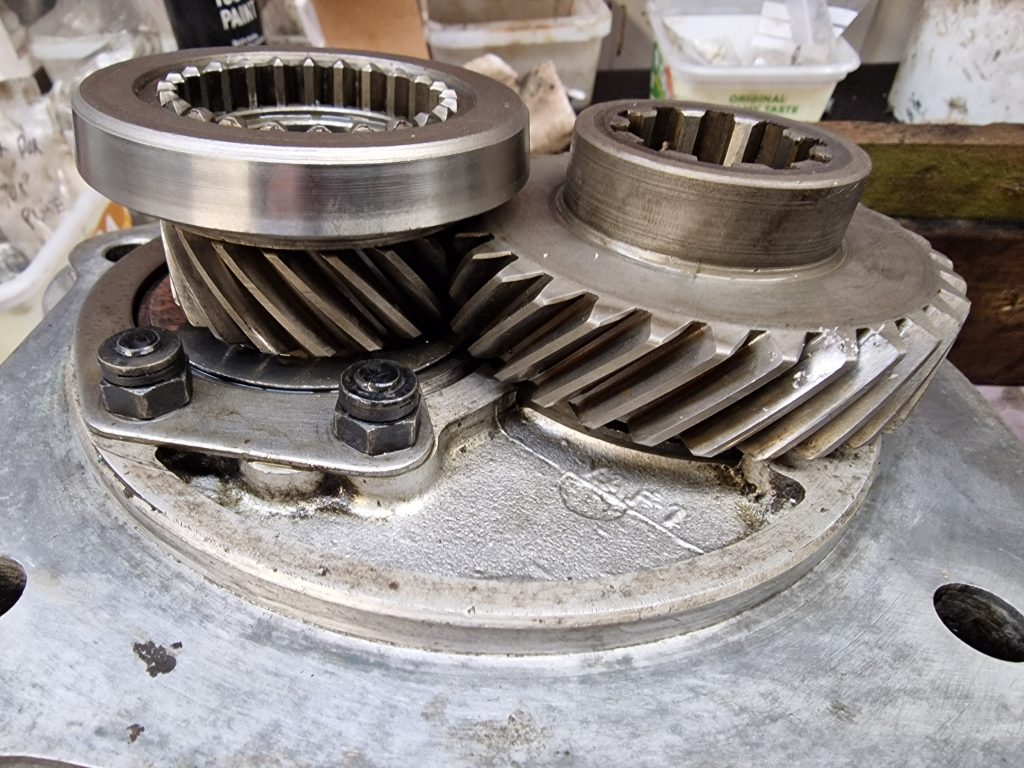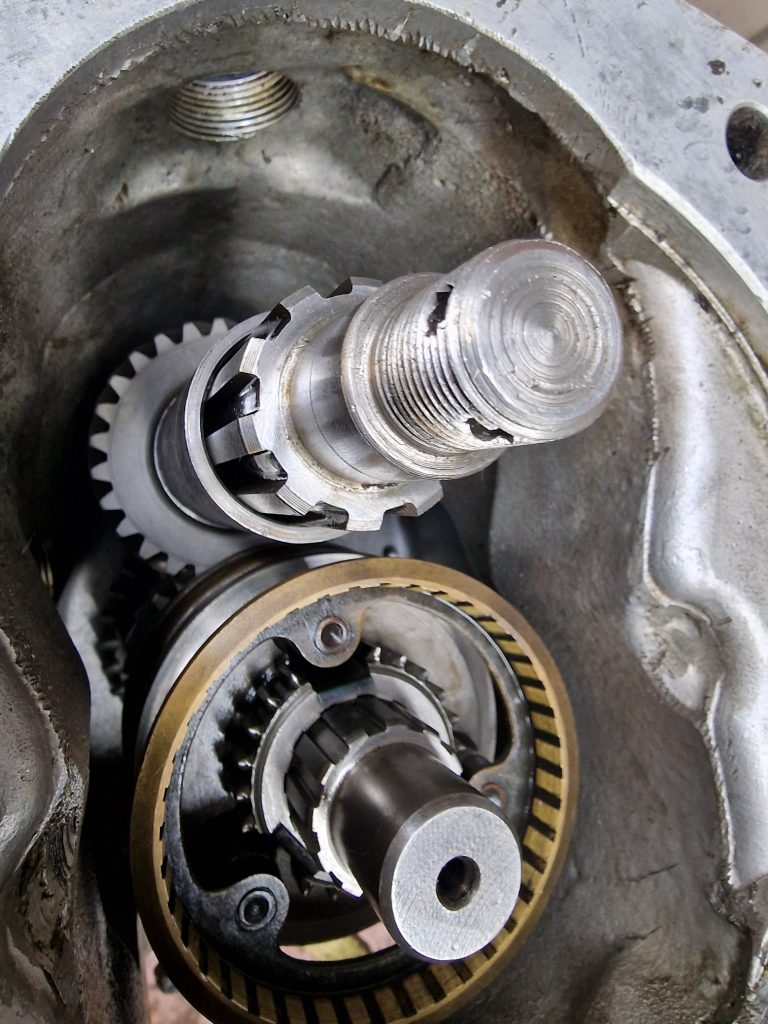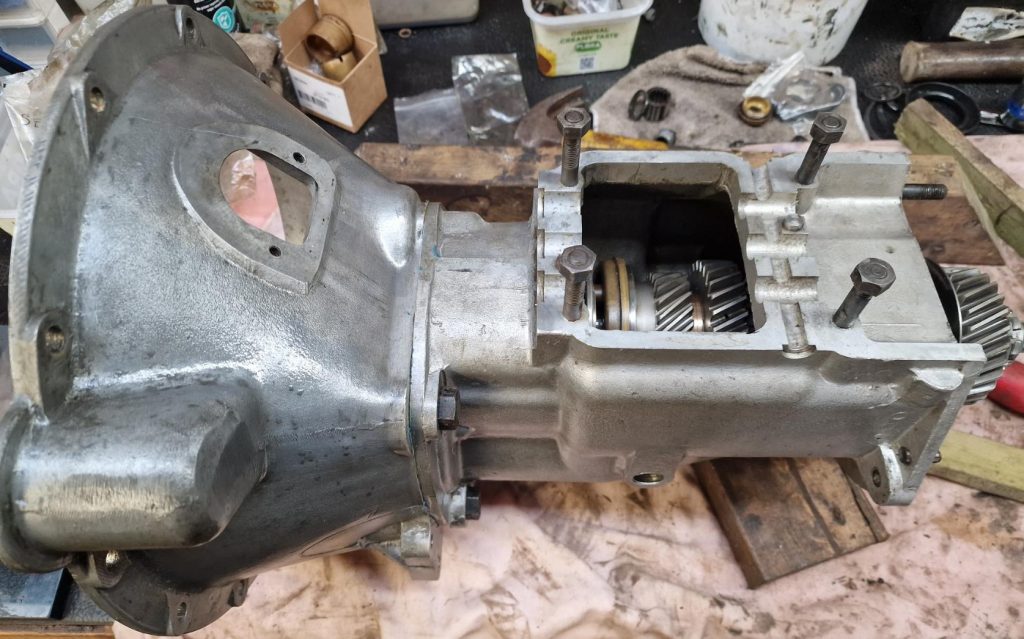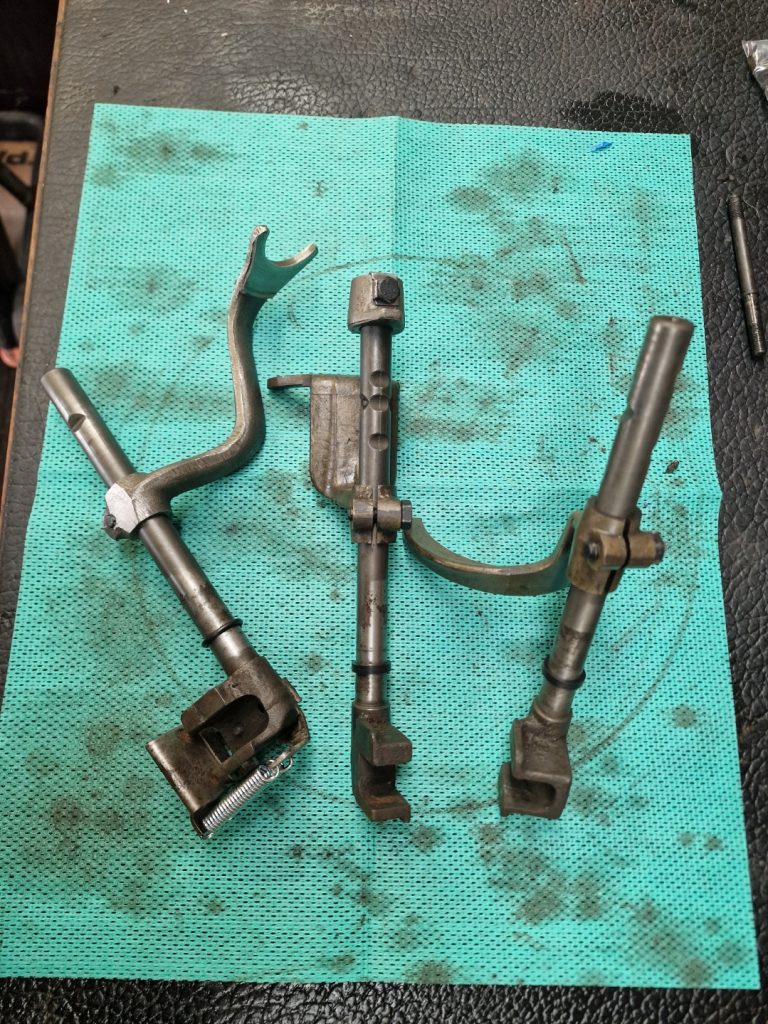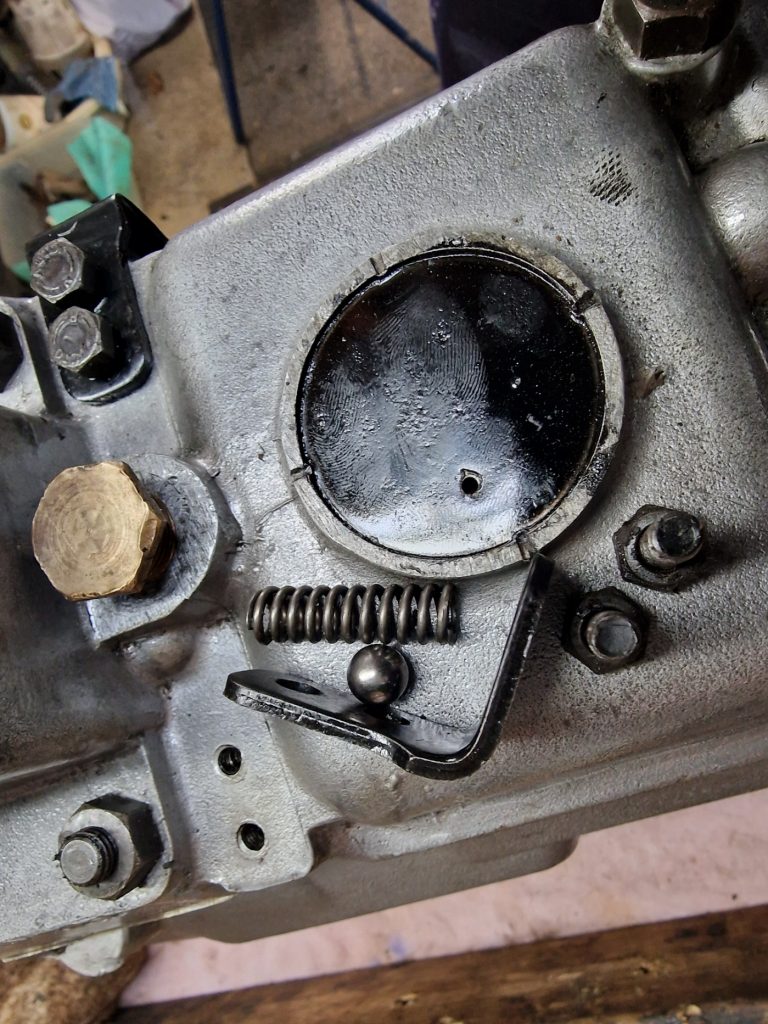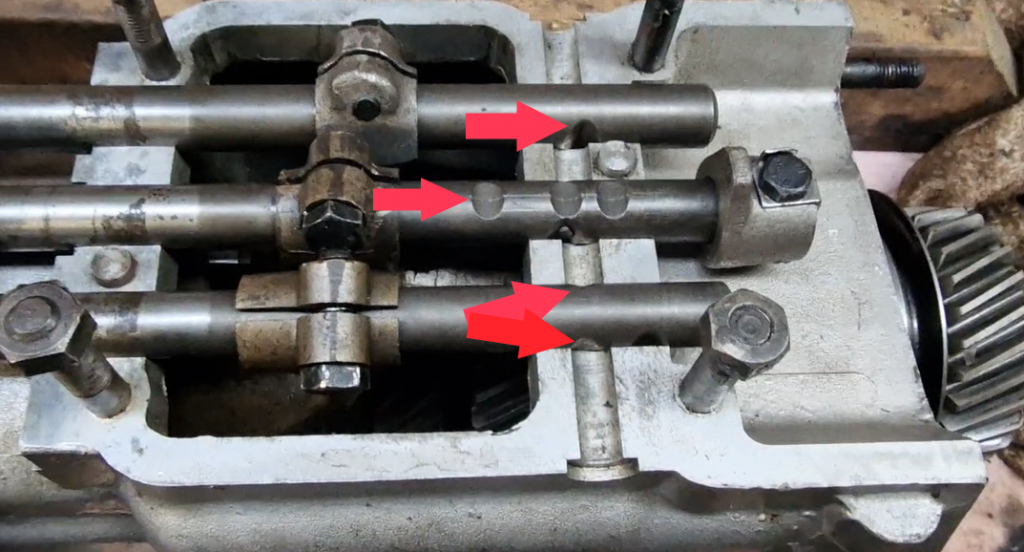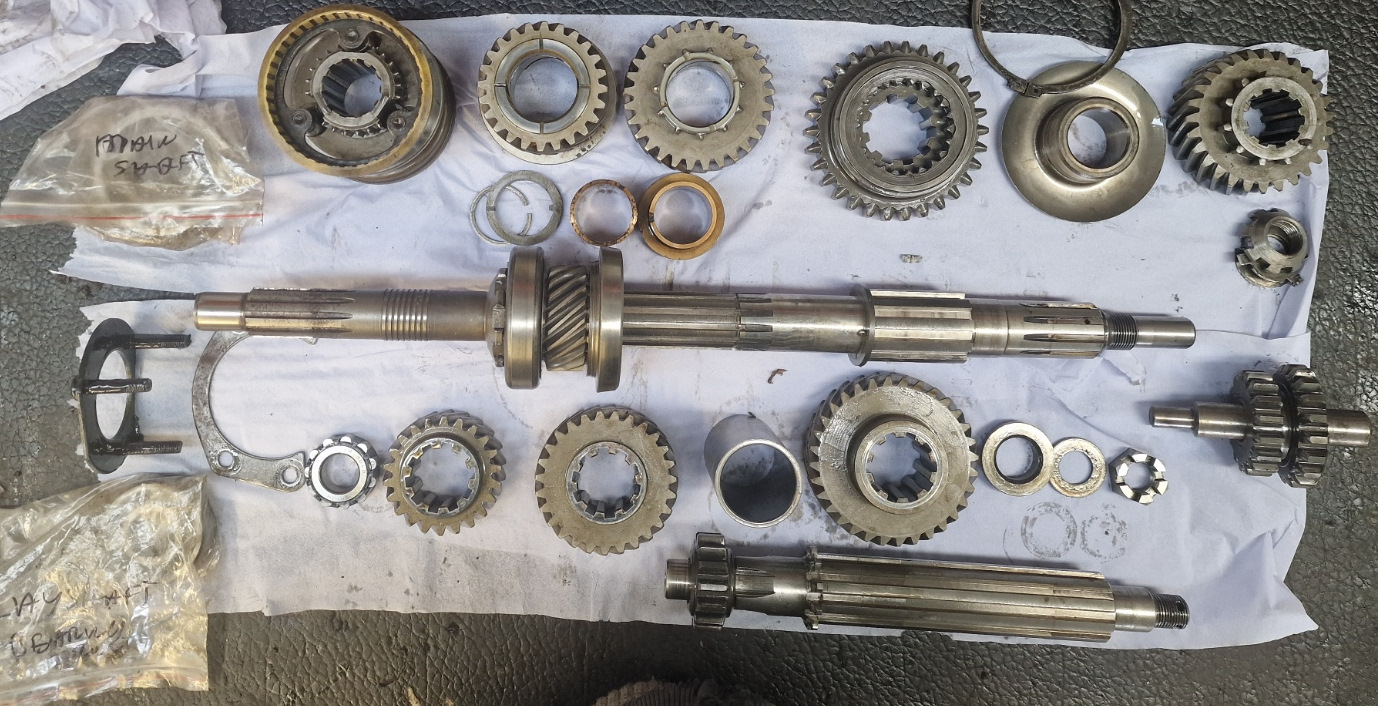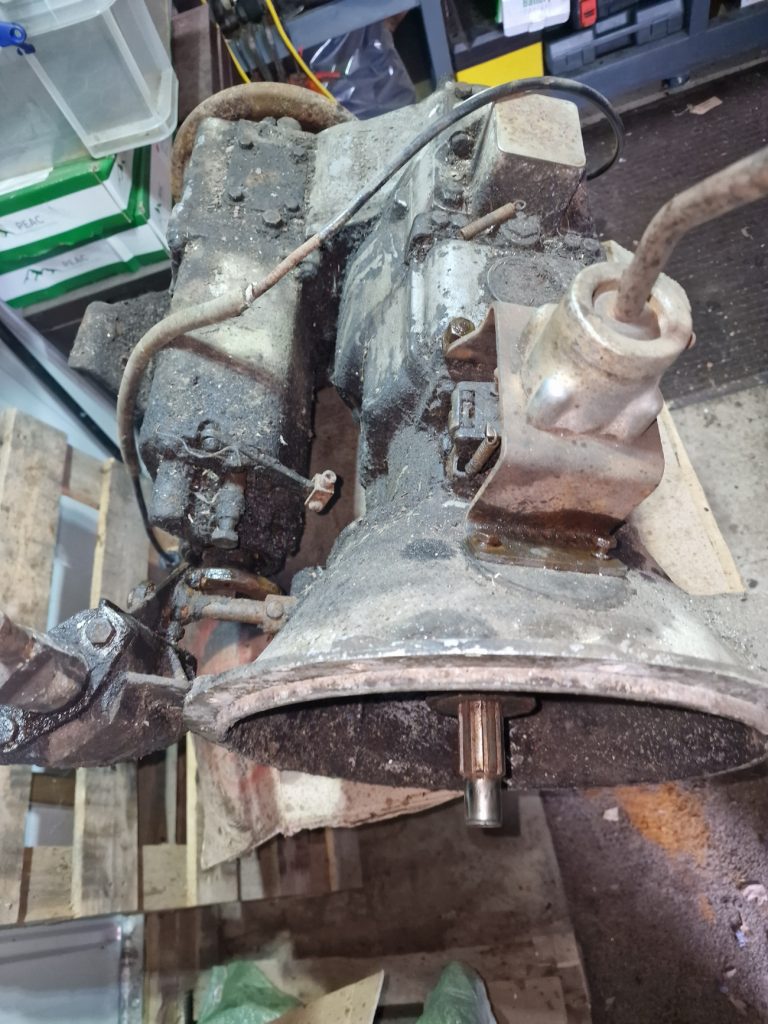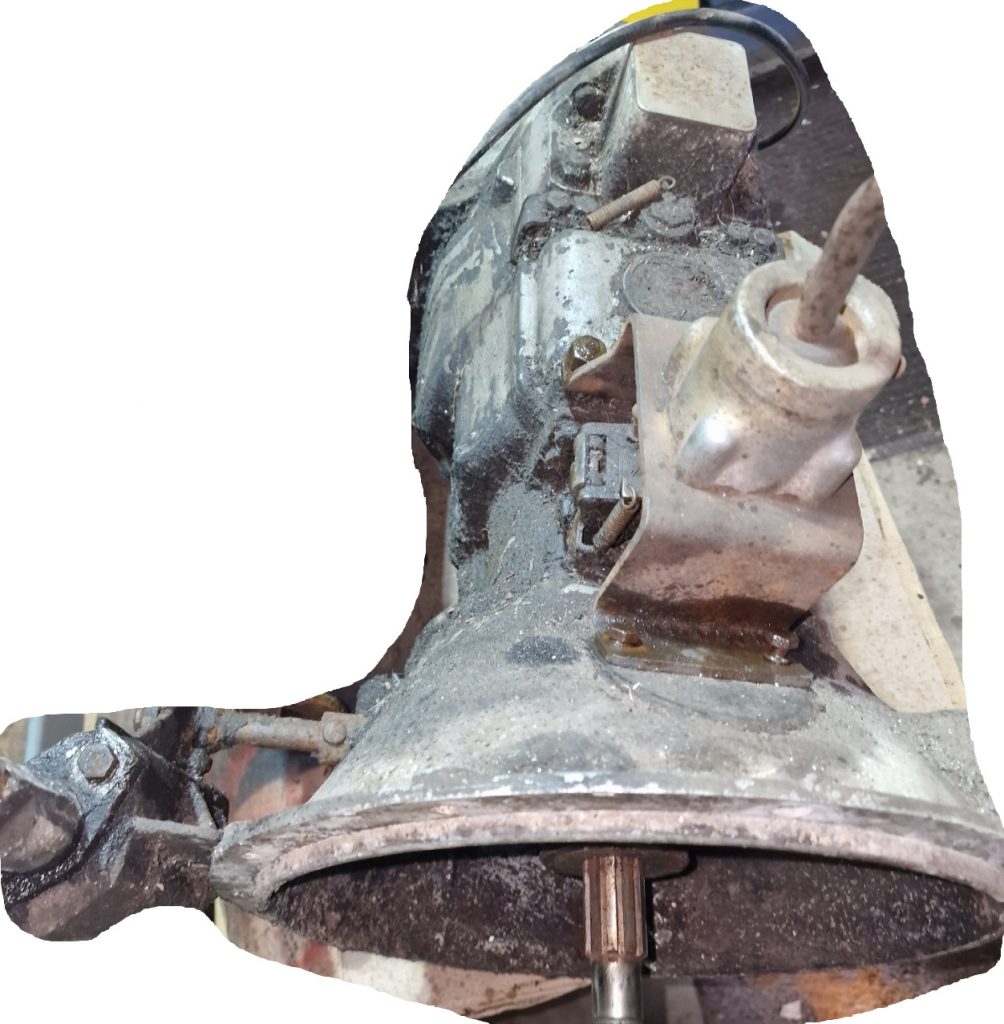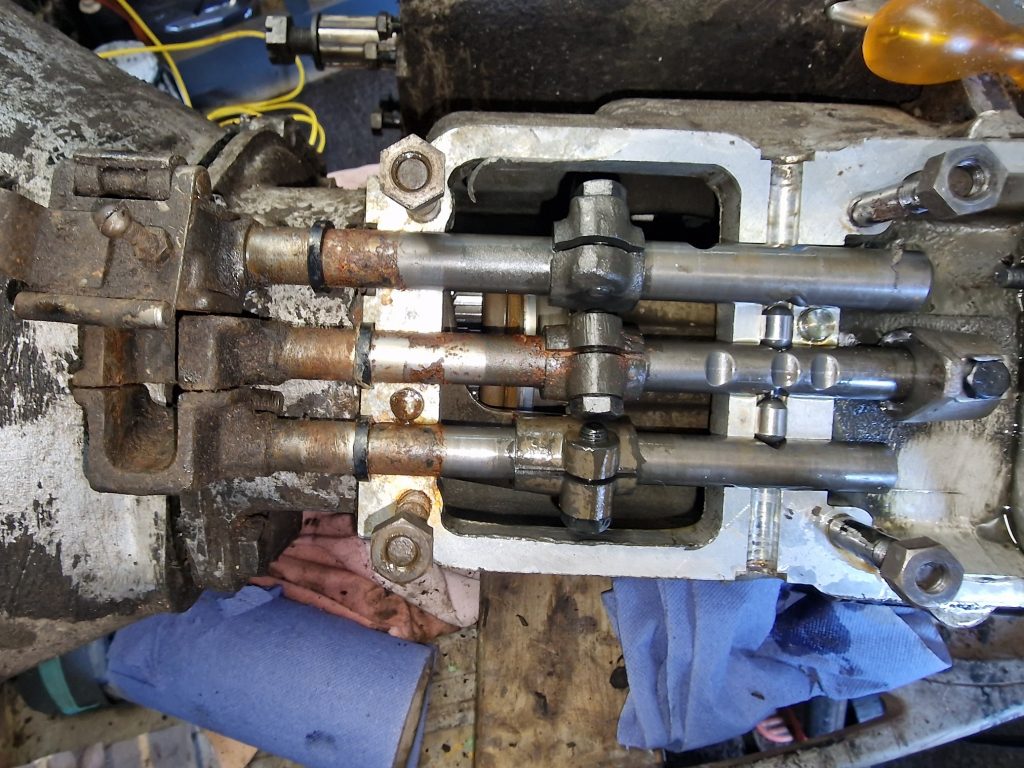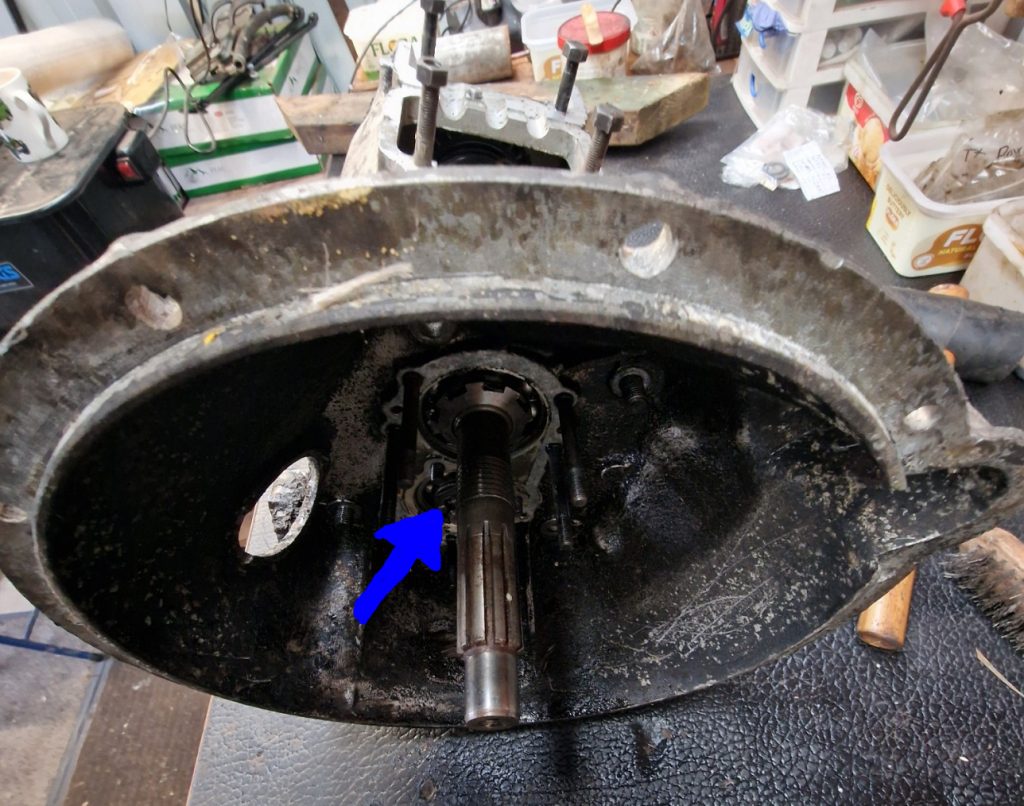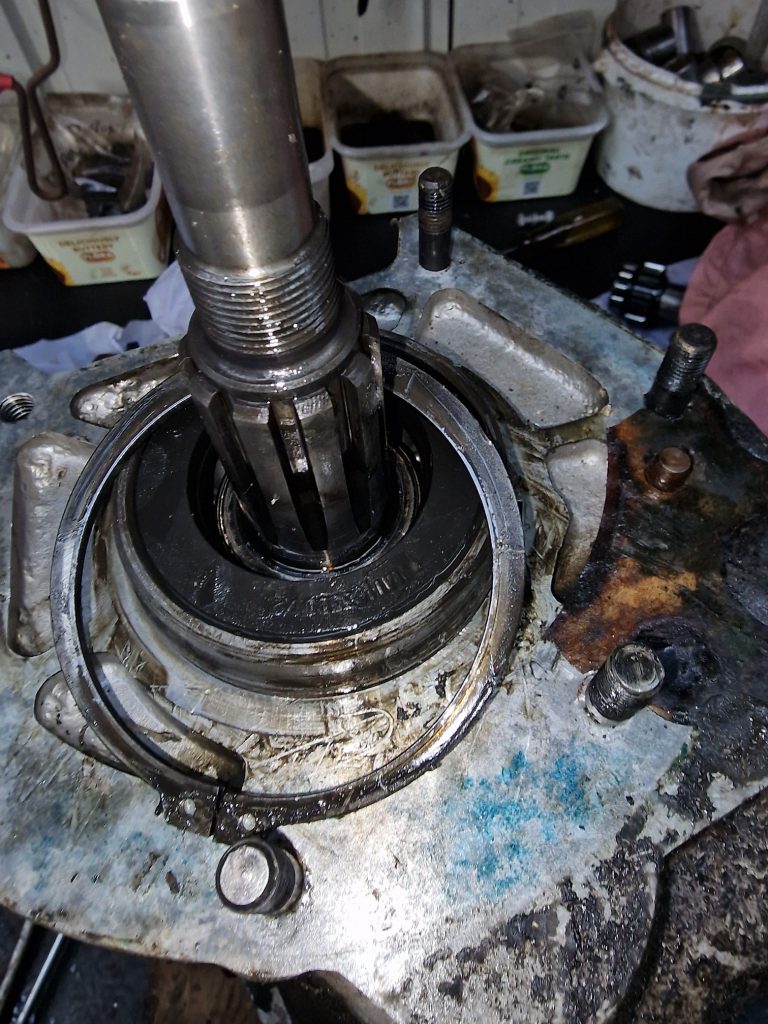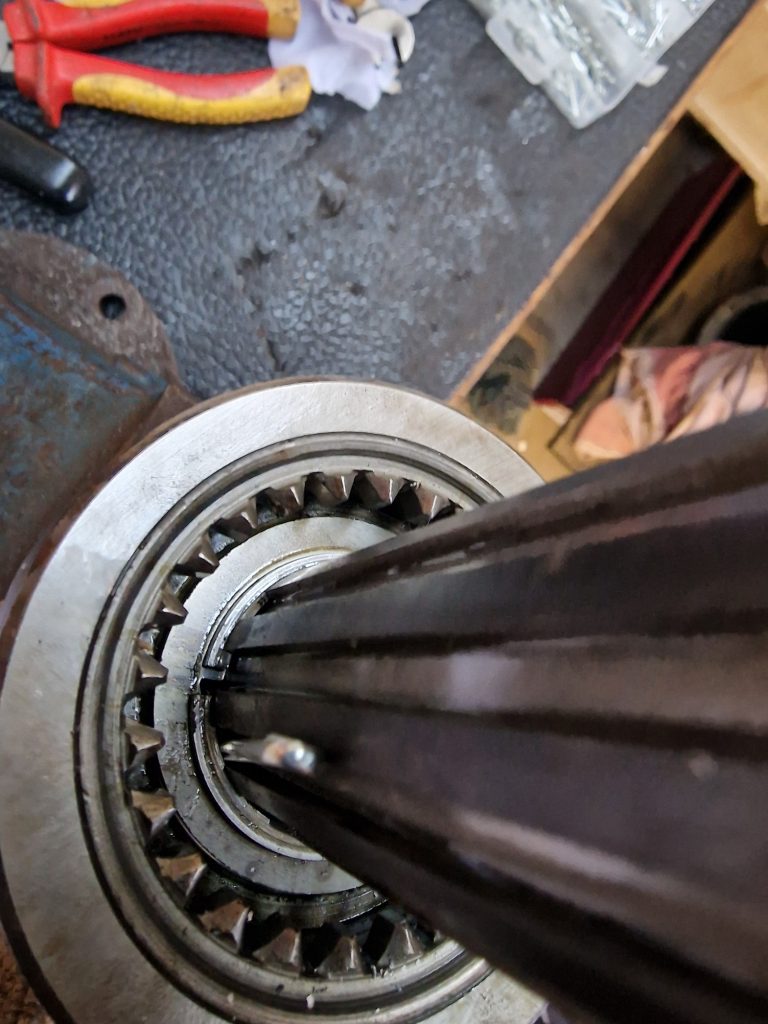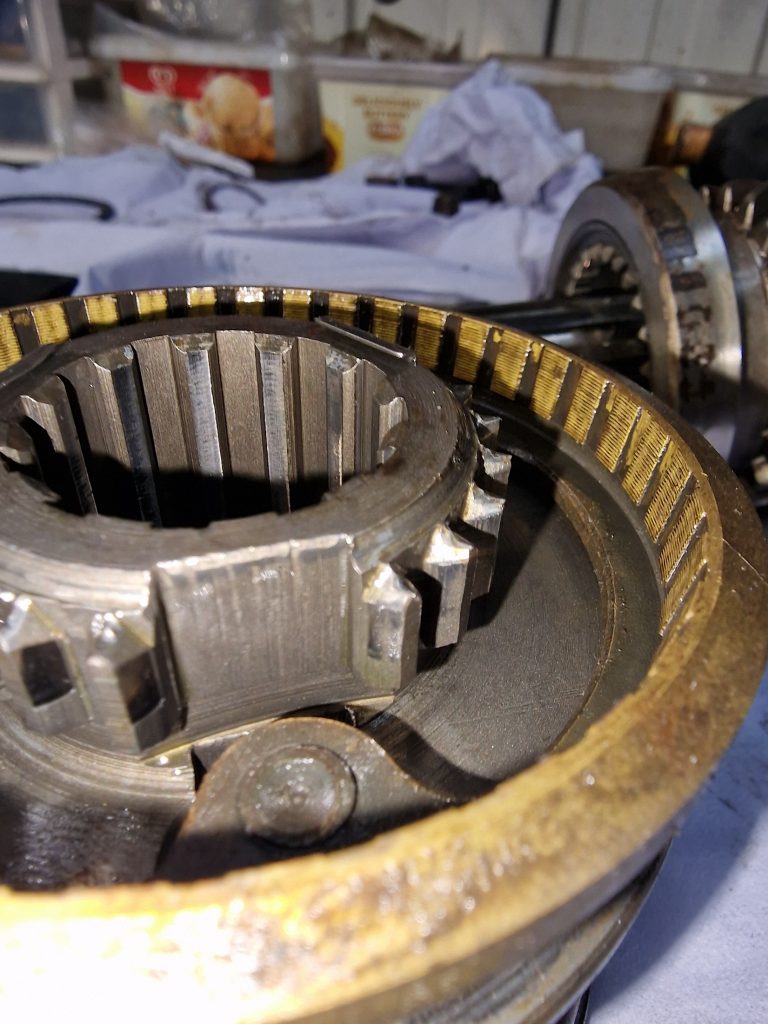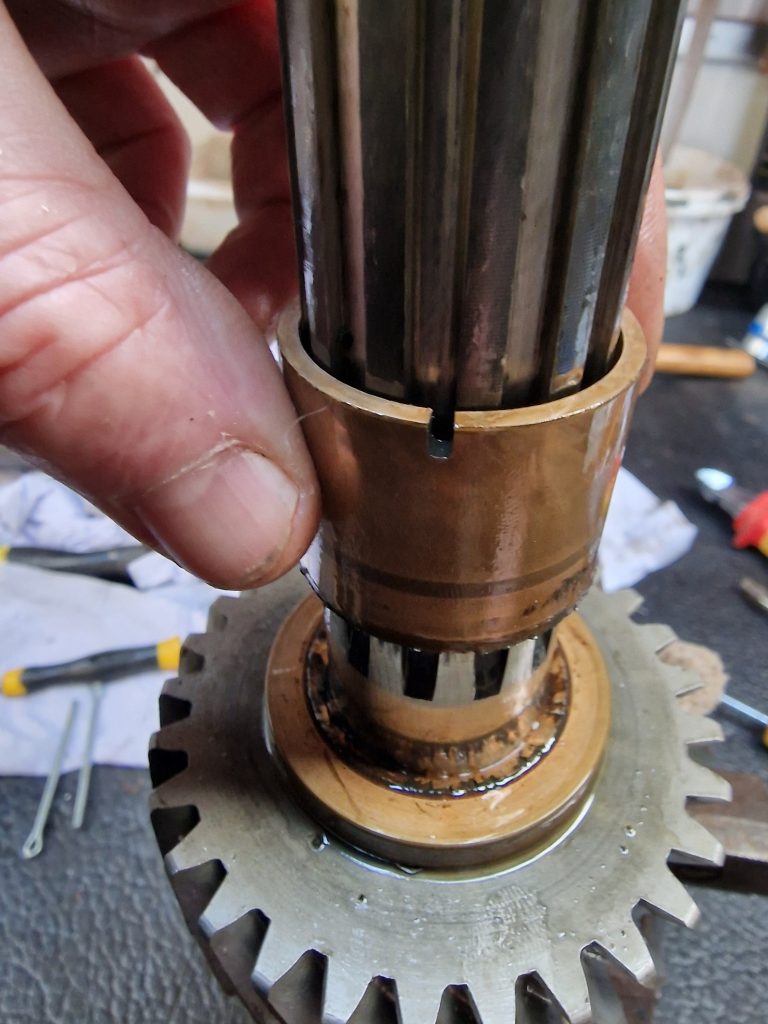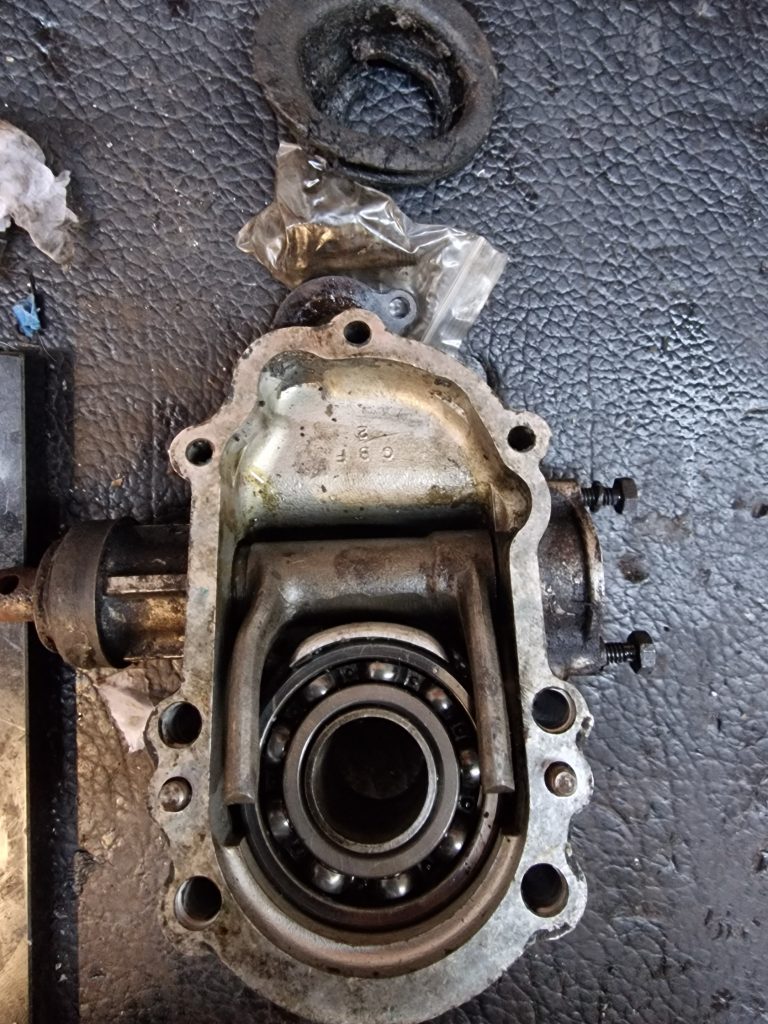Engine Re-build – Fail
So fail is a little strong, what I should really say is I “F..ked Up”.
OK, so that is really strong, but actually true. So this article will not be so much about the engine build, rather what happened.
Before I start, I had put in the Crankshaft, fitted the pistons, rear main oil seal and it was all looking really good. Heres a few pics of where I got too. Not much write up, will do that “again” later. But briefly, the Crankshaft main bearings, Shims, Main oil seal and new pistons.
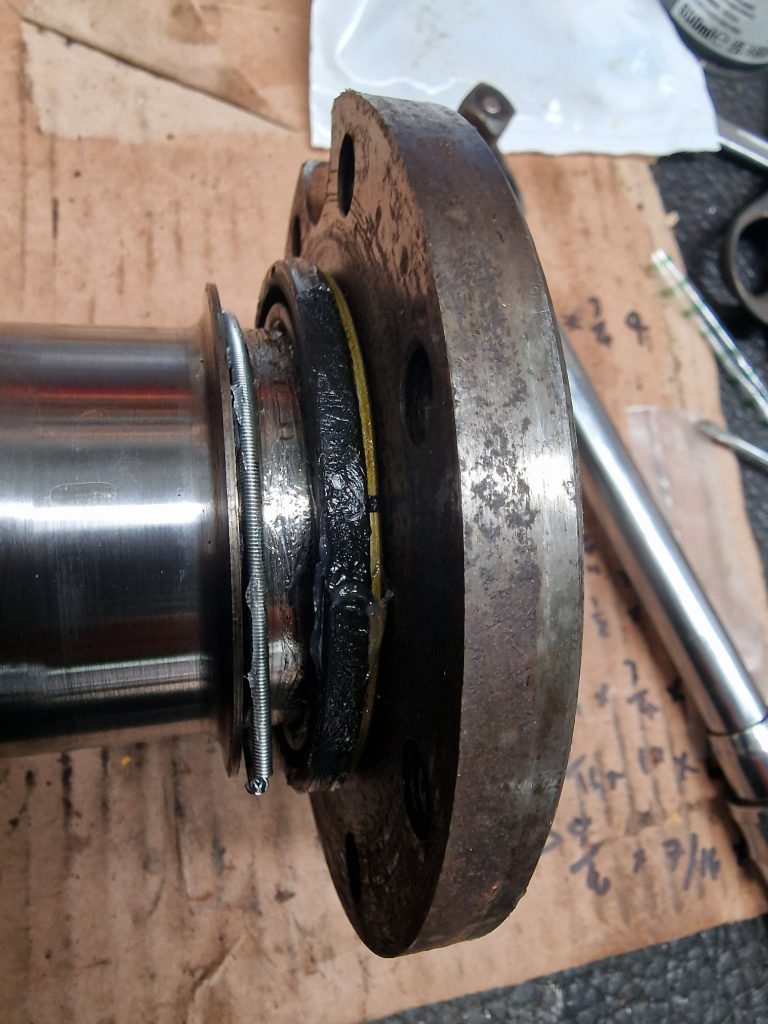
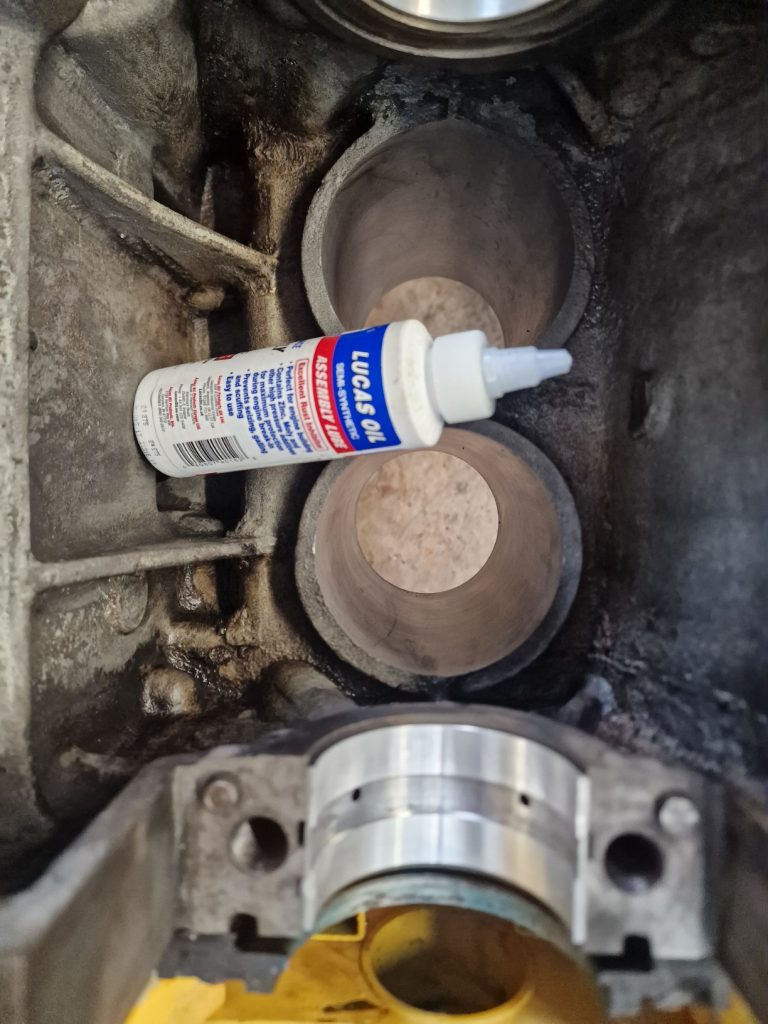
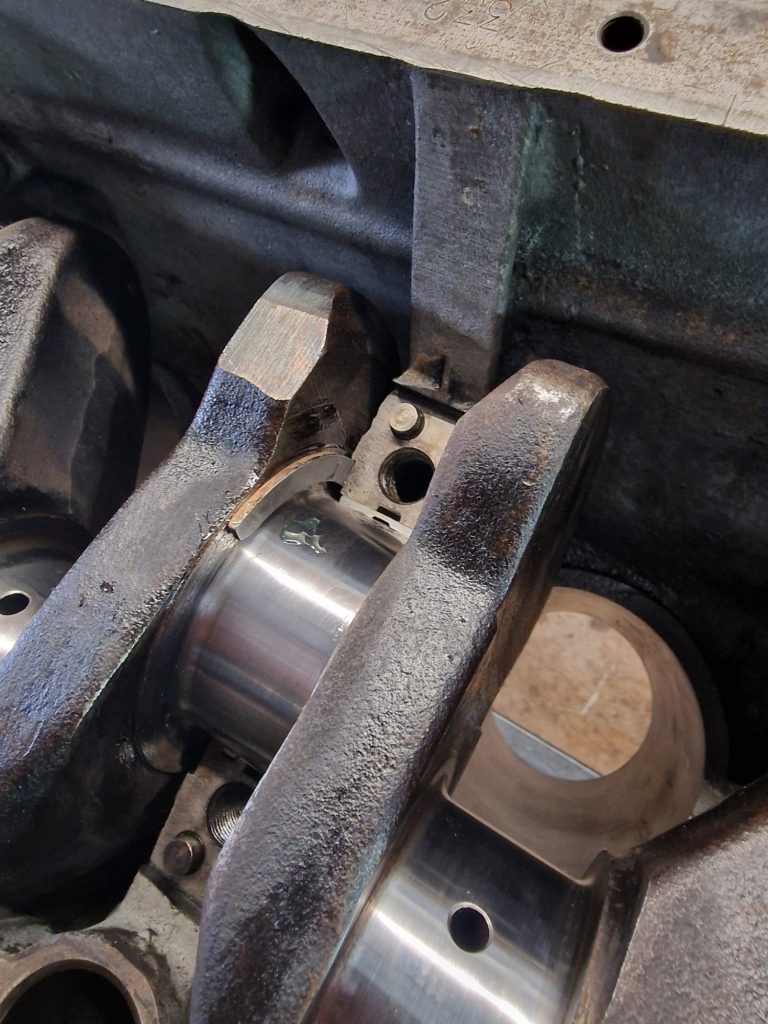
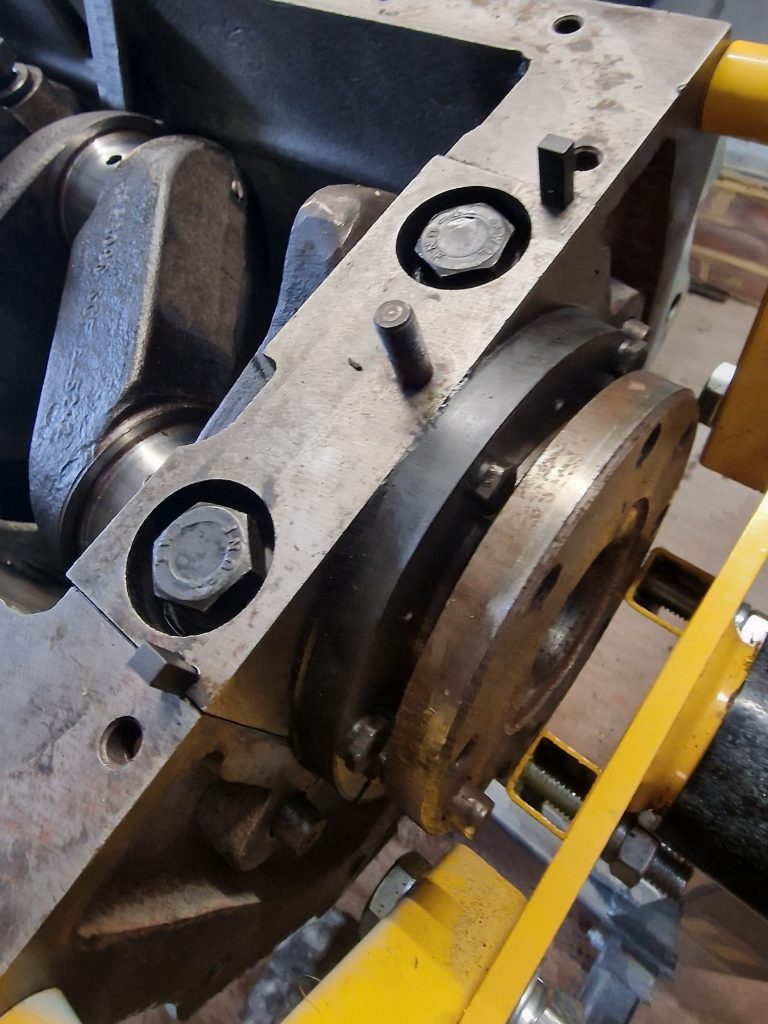
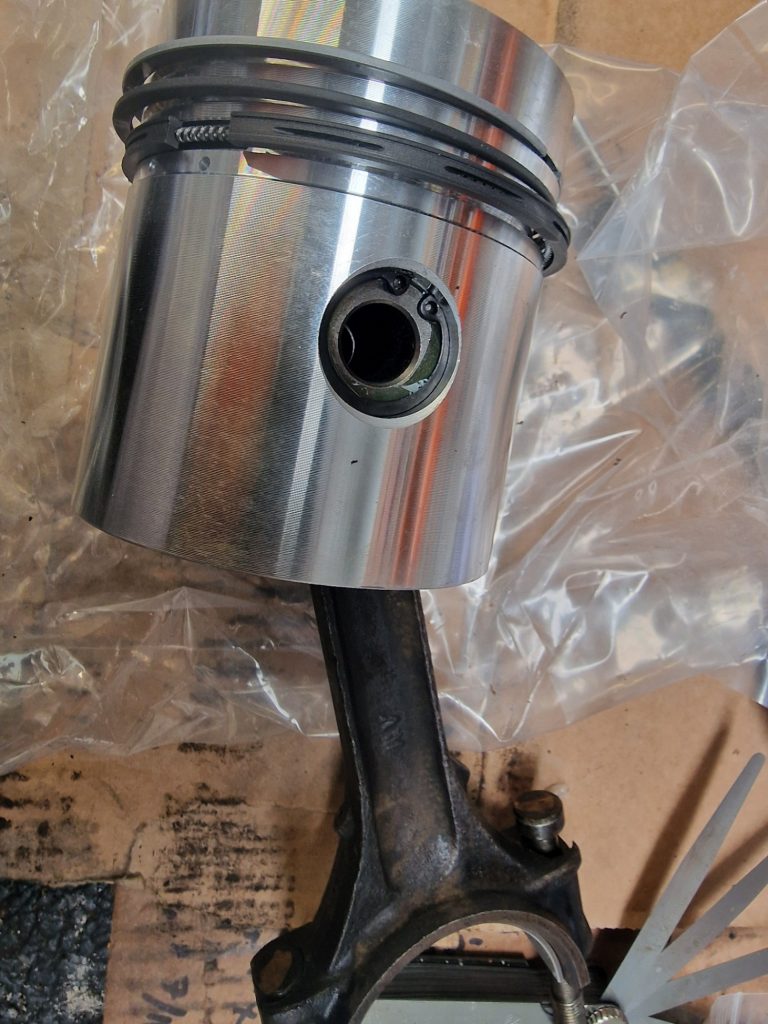
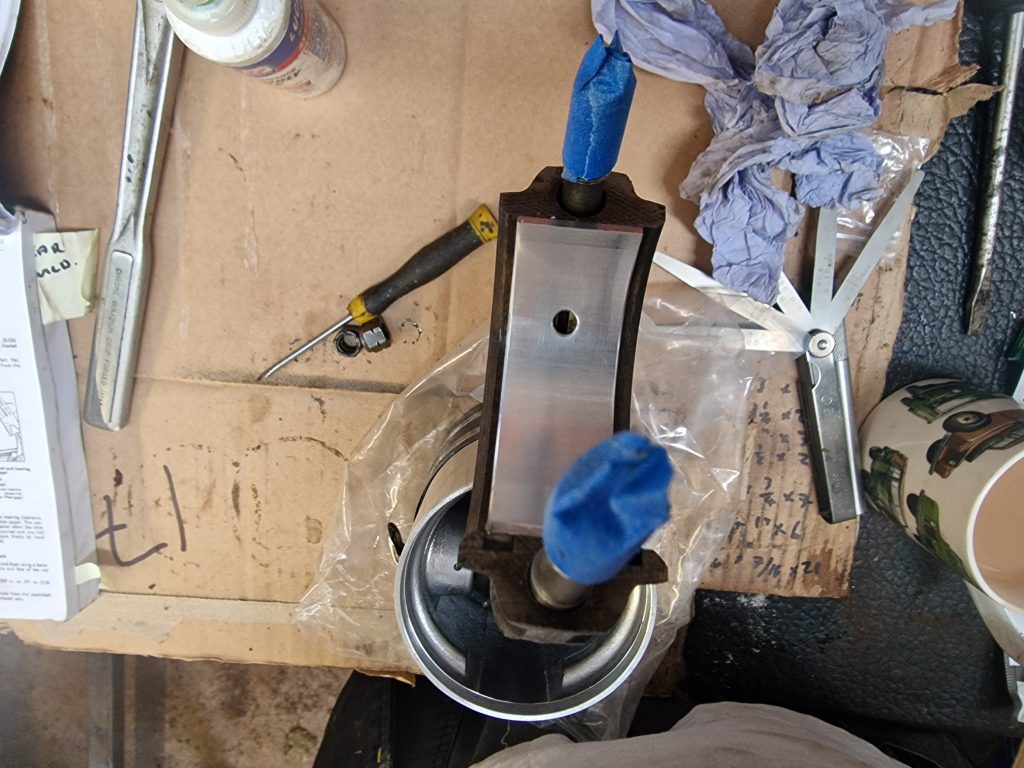
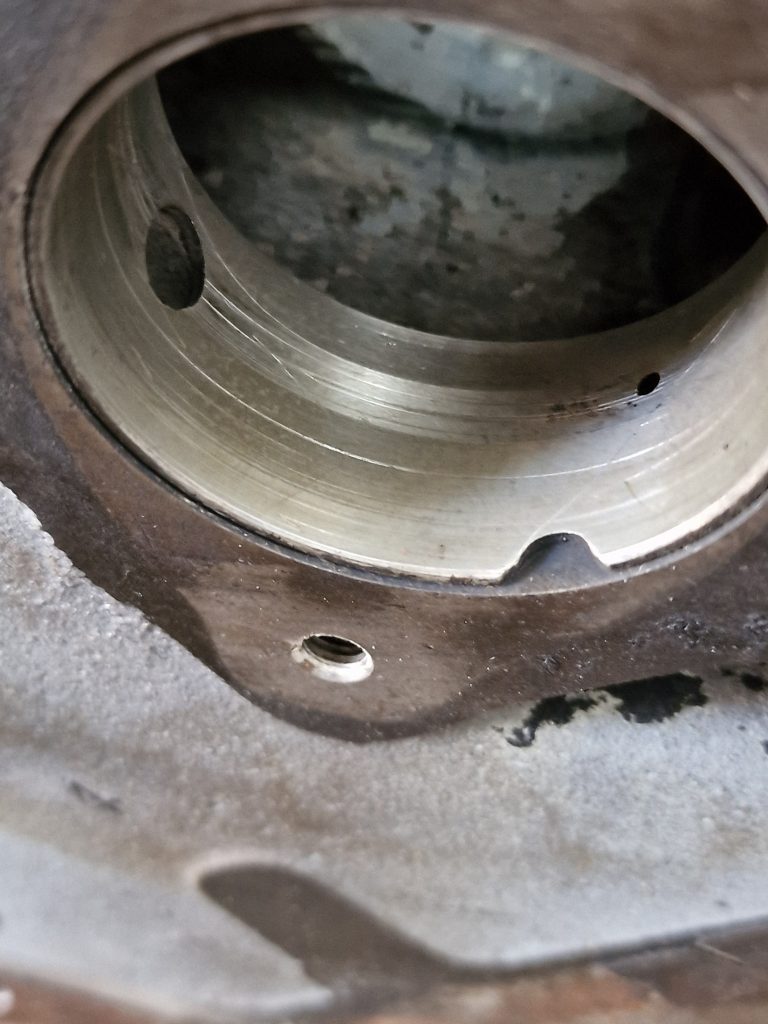
But I had also decided to replace the Camshaft bearings. The one pictured is the front one, there are four in total, and it can clearly be seen it is quite badly scored. The others seemed better. From what I gather, its because the cam chain is this end, putting tension on the camshaft. I have read that some people only change the front one, thats supposidly the easiest to do.
So why did I struggle, becuase it is putting in the new ones that I F’d up.
There are a few reasons. There are 4 bearings, 2 right inside the engine block which are difficult to get too. Also, as can be seen above, the bearings have a hole in them. This needs to line up perectly with the hole in the block (both orientation, and amount they are pulled / knocked in)
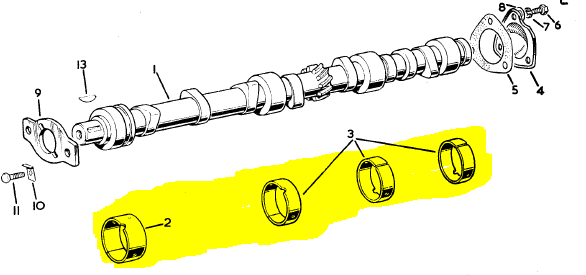
I knew I would struggle with the normal tool to do this, as they are all knocked in. I did however find a tool I could hire, along with the bearings supplied that pulls them in. So I bit the bullet and hired the tool off a really nice and helpful guy in Doncaster.

This is the tool I hired, basicaly it is a series of mandrels, bolts and locknuts that allow you to pull the bearings in. This is important as it allows you to align the holes perfectly before pulling and also has indicators to show when they are pulled in enough. Now, while it can be used on a Series engine, I belive it was designed for later engines
Heres some pics of it in action, and all was going well, for while, and you can see the white lines added to aid in alignment.
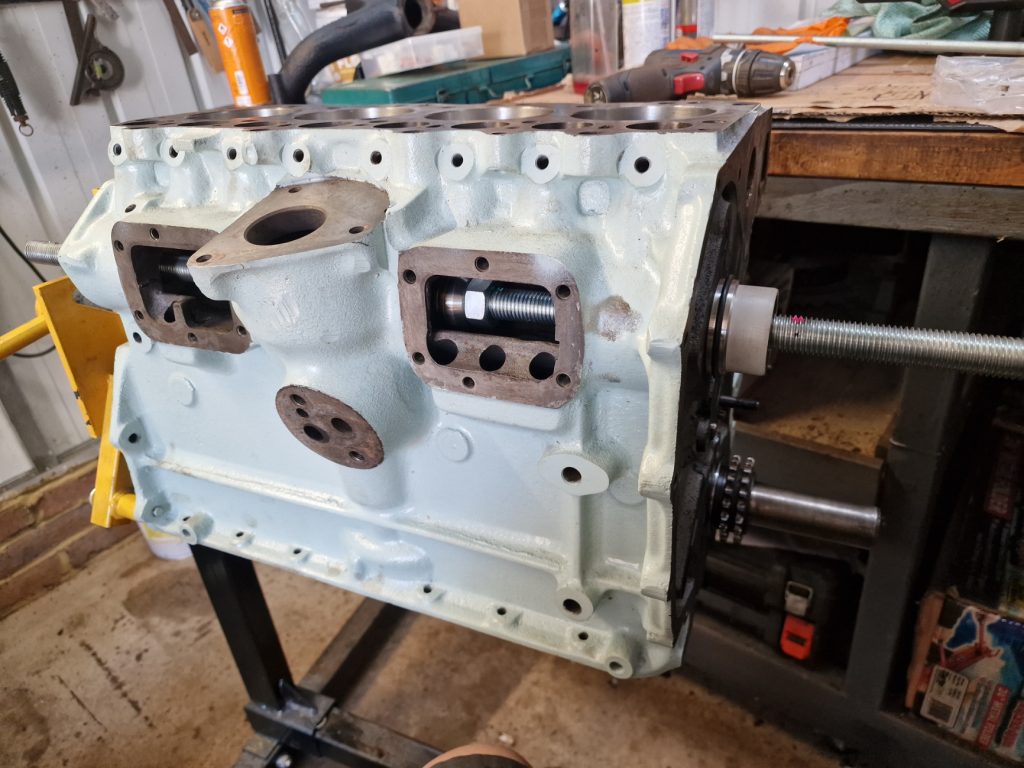
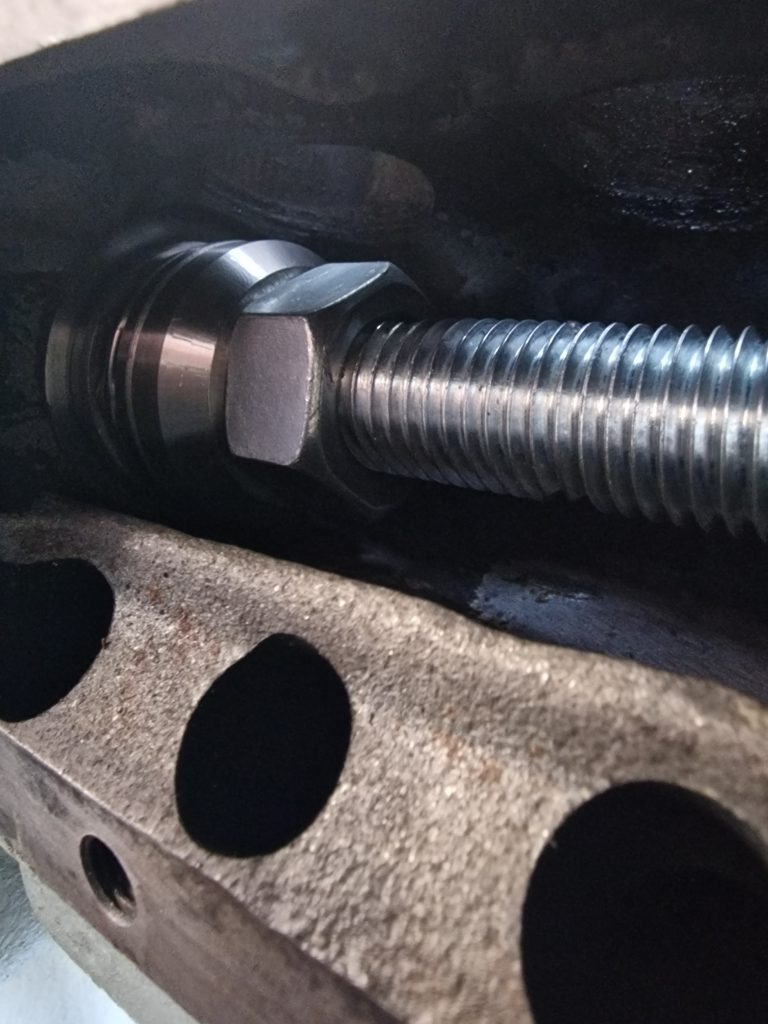
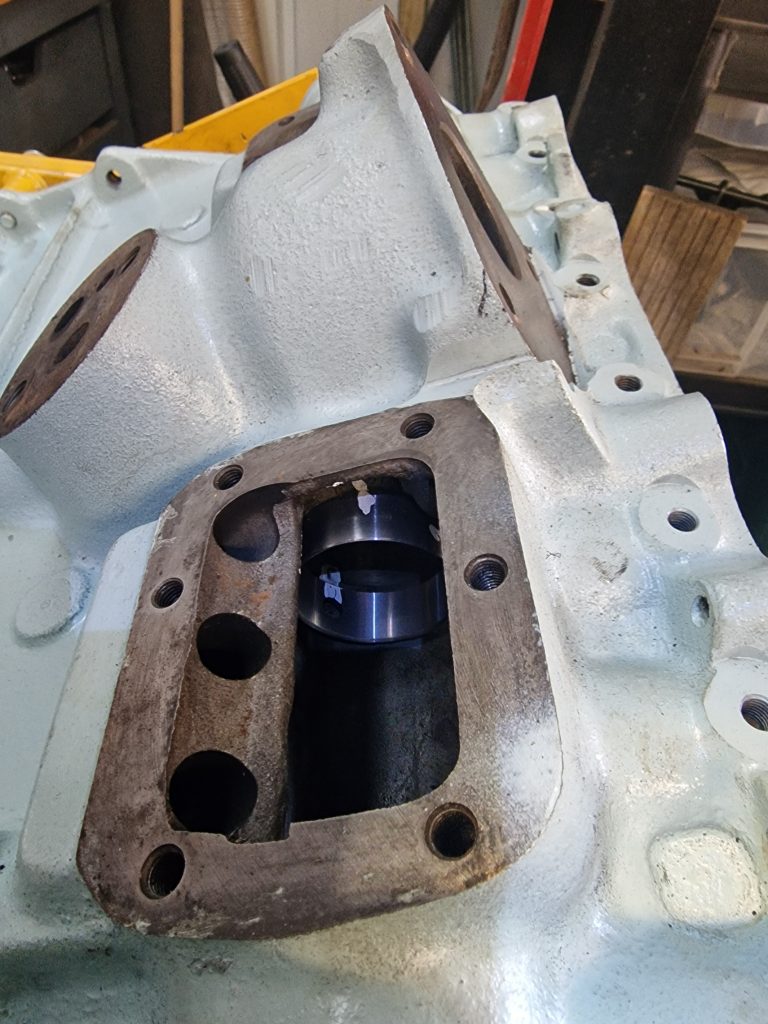
So what was the issue. Well, when It comes to the last one, you use one of the mandrels inside the engine to keep the bar completly aligned, but because I could’nt get the right mandrel into the right location, I had to compromise, and this was “partly” part of the issue, the last bearing got completly mangled being pulled in.
OK, so after throwing my toys out of the pram, I sat down and thouhgt about it, ok I will get some new bearings from Turner Engineering, and try again with them. This time I messed up before really getting started. The Turner Bearings are split, so they compress together as they are located. Now, when I started to pull the first one in, because they are split, it rode up and over the mandrel and as a concequence, got knackered. Ohhh, FFS, I know what I should have done, I should have put a tyewrap around the bearing to hold tight on the mandrel until it’s in, and then cut it off.
Keeping it short, ordered another new set from Turners, this is getting irritating and somewhat expensive, each set of bearings is close to £50.
Not wanting to waste any more time or waste more money, I rang Turners for some advice. They were, and have been so helpful, but the conclusion was that I would take the block to them, and they would put the bearings I bought from them in, and not only that ream the bearings which, I belive should ideally be done, but certainly not something that can be done at home.
This lead to me undoing all the work on the engine, Pistons out, crankshaft out, back to a basic block. Off to Turners I go, who thankfully are only about 1 hour away. Me, Caleb and Reuben, who came with me, did get a rather nice breakfast while wating for them to be done from a local garden centre.
Anyway, thats it, going to start all over again, armed with a little more knowledge past down from the guys at Turners, and more importantly a set of Camshaft bearings properly installed and reamed.
It was booked in during my second week off from work, with the first few days of my first week spent at a spa hotel in the New Forest, where I experienced my first ever Thai massage, will have one of those again for sure. It also allowed me to crack on with some other bits and pieces, like the final bodywork painting, the oil filter and oil pump and the fuel pump.
So, now have the block back with Camshaft bearings in and some advice to give the block a good wash out, so that will be the next job on the next warm / hot day, so it dries quickly and does not rust the new bores and new bearings.
